- Destinations
- Travel Tips
- Travel With Us
- Paid Travel Internship
- TTIFridays (Community Events)
- SG Travel Insider (Telegram Grp)


48 hours in Nanjing – Things To Do
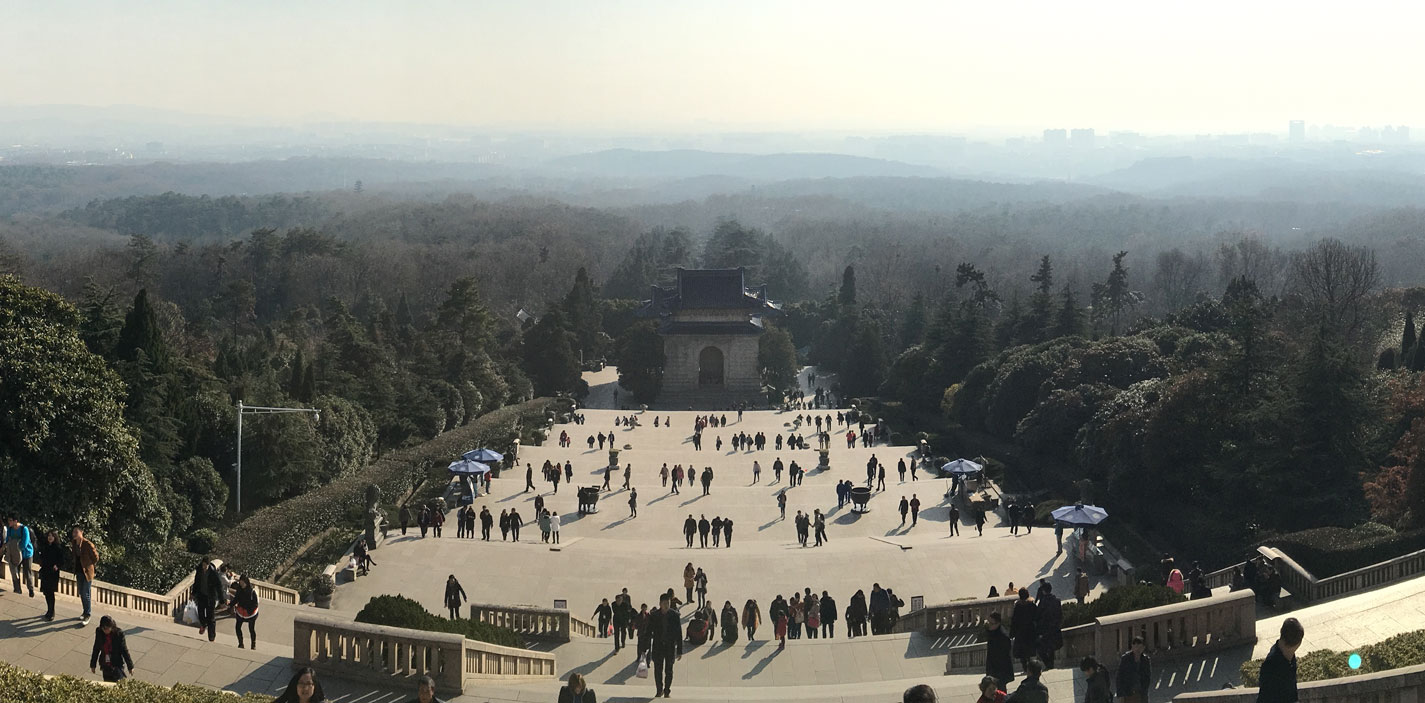
We are on the second leg of our China trip, with 48 hours in this legendary city. Nanjing was once a prosperous administrative centre during the Qin dynasty, and China’s capital at the start of the 20th century. But I know it for The Rape of Nanking , the massacre at the hands of Japanese soldiers during World War 2, the title of journalist Iris Chang’s book that has lain in my house for as long as I can remember.
Nanjing Massacre Memorial Hall
During the first six weeks that Japanese soldiers occupied China’s then-capital Nanjing, they committed extensive acts of violence, including rape, looting and mass executions. The eventual death toll stood at 300,000.
Today the victims are memorialised at the Nanjing Massacre Memorial Hall , which is located in Western Nanjing. We take the subway to Yunjinglu station, and the memorial hall is just next to the exit. There are old ladies selling handheld China flags and white chrysanthemum flowers, and Chinese visitors buying them to lay at the memorial in tribute.
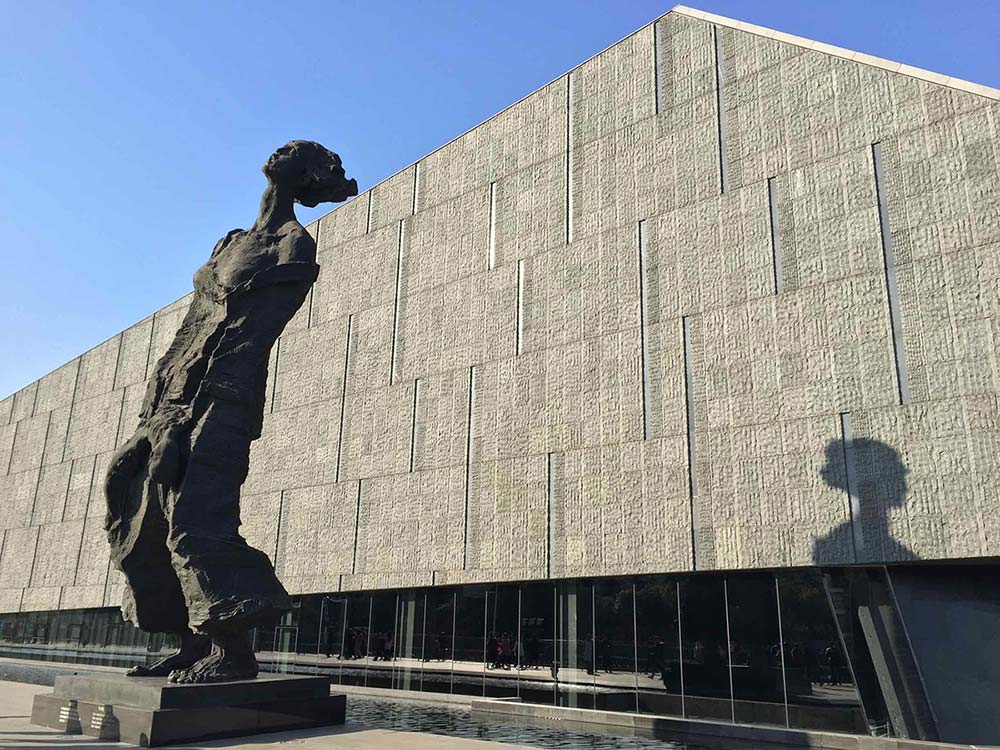
Inside the lowly-fenced compound, a statue towers over us. It is a grieving mother and her dead child, her expression forever twisted in anguish, and an inscription that reads:
家破人亡: 被杀害的儿子永远不再生 被活埋的丈夫永远不再生 悲伤留给了被恶魔强暴的妻 苍天啊。。。
Loosely translated, it bemoans the children slaughtered, husbands buried alive, and women raped at the hands of the “Japanese devils” – a phrase that would be often repeated throughout the extensive exhibits.
Some, like photographs of a man’s head chopped off and displayed at a checkpoint, are grisly, others, like an installation depicting how approximately one person was killed every 12 seconds, are sobering.
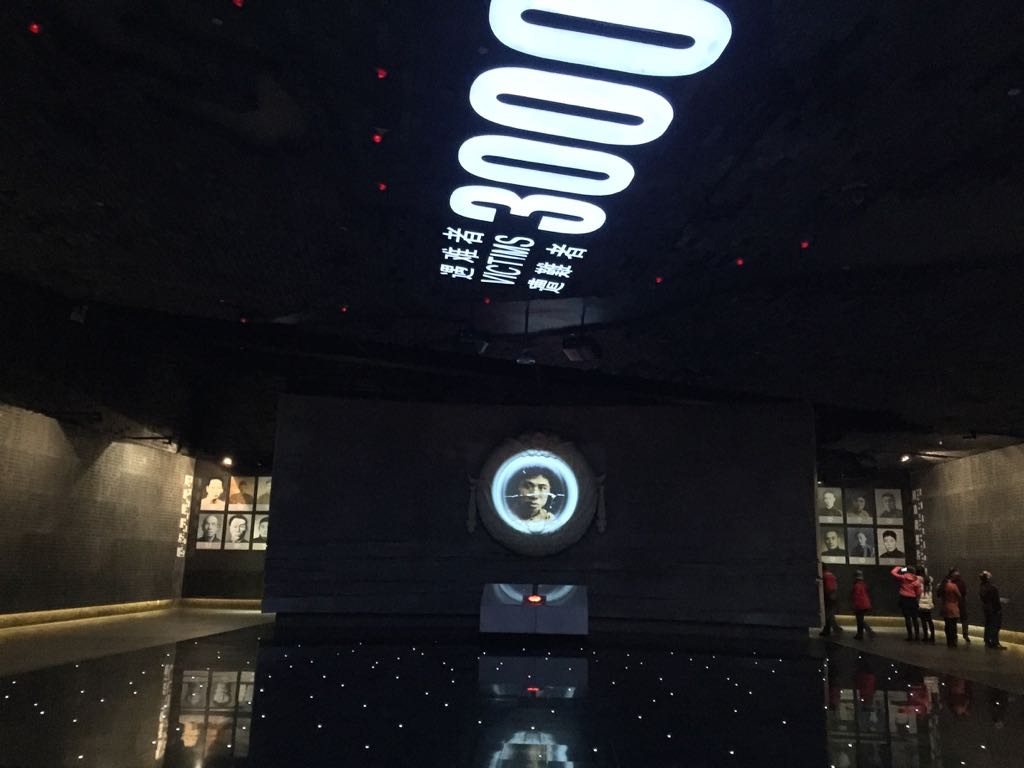
The memorial, which was built close to a site where thousands of bodies were buried, showcases some of the bones in a large, sunken pit. Photography of these bones and the rest of the indoor exhibits are prohibited, but many Chinese raise their iPhones for quick, furtive snaps. Just as I am composing my shot and about to follow suit, an old lady gently takes my arm. “Don’t photograph this,” she tells me, “Just look, and appreciate it.”
I lower my camera, chastened. These are their countrymen; this is their war dead.
Location: Nanjing Memorial Massacre Hall, No.418 Shuiximen Road, Jianye District. Yunjinlu metro station, exit 2
Librairie Avant Garde
CNN travel called it the most beautiful bookshop in China , and Lonely Planet said ‘the ambience and decor alone certainly deserve a visit’. So as dusk falls we make the 15-minute trek from Shanghai Lu metro station to this bookstore, located underground in a former government car park and before that, disused bomb shelter. A sign at the entrance says ‘Photos welcome.’ I brace myself for hipster paradise.
Few of the books are in English, but there is much to keep us entertained. The checkout counter looks like a fish tanks filled with old books, their worn spines and yellowed pages suggesting they have been loved before.
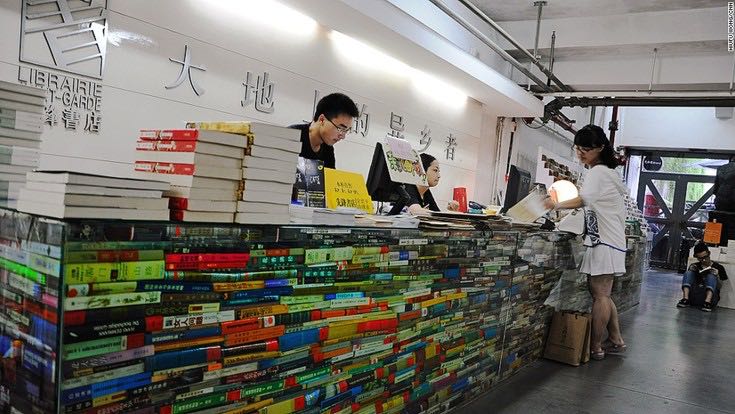
A gift shop, running parallel to the books on display, hawks postcards and souvenirs including wooden clocks, hand-stitched dolls and leather bags. There is a small stage set up for talks and readings, and a large table occupied by students.
“We chose this car park because it borders Nanjing University — it has become the second library for university students,” owner Qian Xiaohua told CNN. “There is an old saying in Chinese — turn something rotten into a miracle,” added the 52-year-old.
The bookstore spans 4000 square metres, some of it still marked by the yellow stripes and grooved slopes of car park floors. We follow the stripes, wandering into the bookstore’s cafe, where there is a selection of books, including English fiction, for browsing. There is a sizeable crowd on a Thursday afternoon, but the cafe is quiet, like the rest of the bookstore.
Quiet, but not silent. There are sounds of pages turning, the shuffle of footsteps, the ringing of the cash register, the clicking of fingers of laptop keys. I hear the faint scratching of pen on paper as I note these things in my journal. But there is no chatter. The only conversations are the ones on paper, in the imaginary world that books create.
Location: Librairie Avant-Garde, 173 Guangzhou lu (next to Wutaishan Stadium), Shanghai Lu metro station
(See also: How to travel Hangzhou and Nanjing like a local )
Sun Yat Sen’s Mausoleum
The next day is sunlit, and we decide that is reason enough to scale the 392 steps to Sun Yat Sen’s Mausoleum. His is not the only tomb in the area – Zhu Yuanzhang, the founding emperor of the Ming dynasty, was also buried in the Zhongshan Mountain National Park , a forested playground of cultural, historical and scenic spots that span 31 square kilometres (Tampines, by comparison, reaches just over 20).
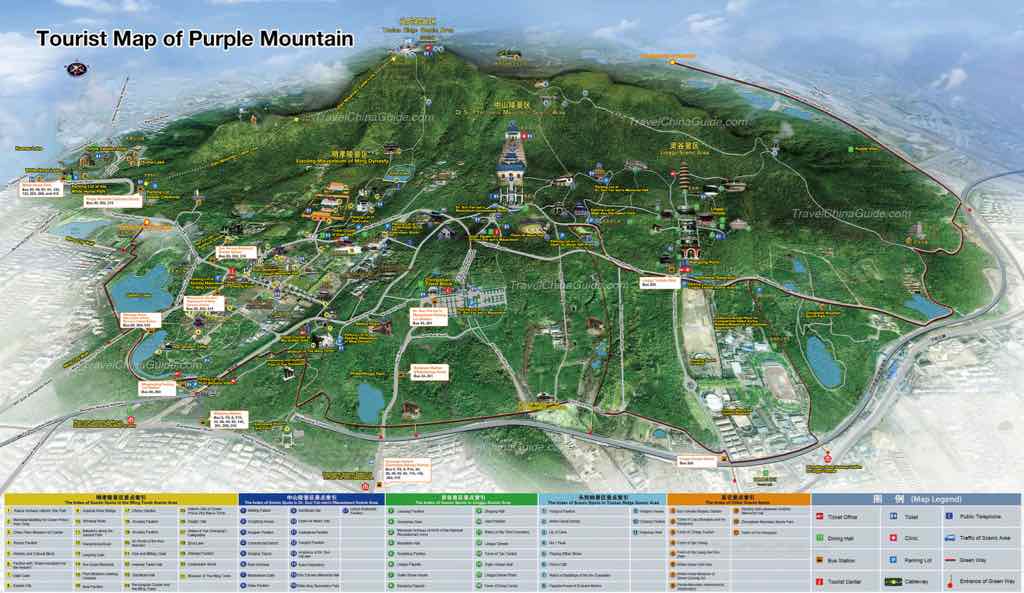
Outside Xiamafang metro station, open-sided golf carts and taxi drivers wait to ferry passengers into the park. W e haggle with one taxi driver, who agrees to take Kenneth and I, plus a mother and son pair, for 5 yuan (1SGD) each. We wind along empty roads flanked by tall, barren trees and though the route is scenic, secretly I am glad we decided not to walk. My quads will have enough activity later.
On the way up to the mausoleum we are joined by tour groups made up mostly of middle-aged Chinese, and together we huff and puff our way up the steps. Later, when I am back from China, a Google search will reveal the massive crowds that come to pay their respects during public holidays.
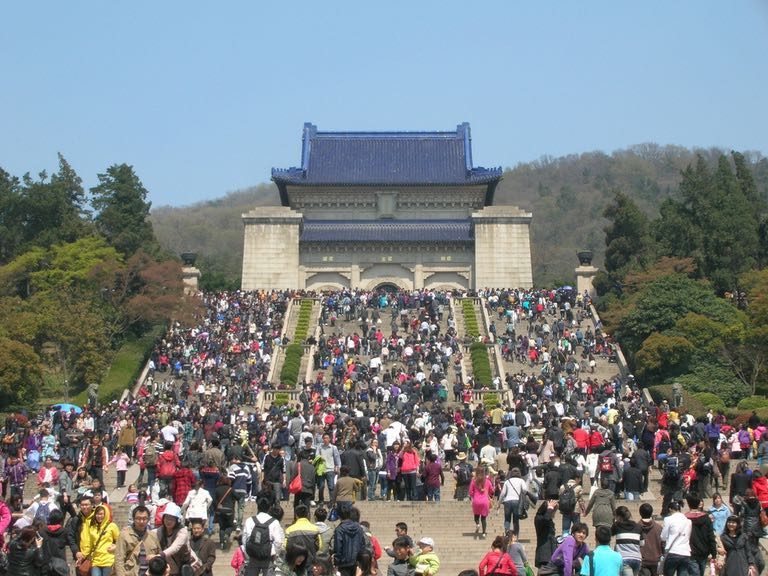
But now the climb is pleasant, and at the top, a large marble statue of Dr Sun sits beneath a blue-roofed white hall, the colours symbolising the white sun on the blue background of the Kuomintang flag.
Dr Sun, who is revered in both Taiwan and Mainland China as the “ Father of Mainland China ”, was a political leader and revolutionary. He played a key role in abolishing the Qing dynasty, which was the last imperial dynasty in China, and founded the Three Principles of the People – nationalis m, democracy and socialism.

Location: Sun Yat Sen’s mausoleum, Zhongshan Ling, Xiamafang metro station
Confucius Temple Square
“It does not matter how slowly I go as long as I do not stop.” – Confucius
The pedestrian streets outside Confucius Temple (Fuzimiao) are lined with tourist kitsch – souvenir shops stocked floor-to-ceiling with shiny keychains and embroidered coin purses, small stalls selling handphone cases and accessories, and the aroma of smelly tofu punching through the evening.
In front of Confucius Temple runs a length of the Qinhuai river, which branches out from the lower reaches of the famous Yangtze river. Rickshaw riders park in a row, awaiting passengers whom they will regale with stories of the sights and architecture.
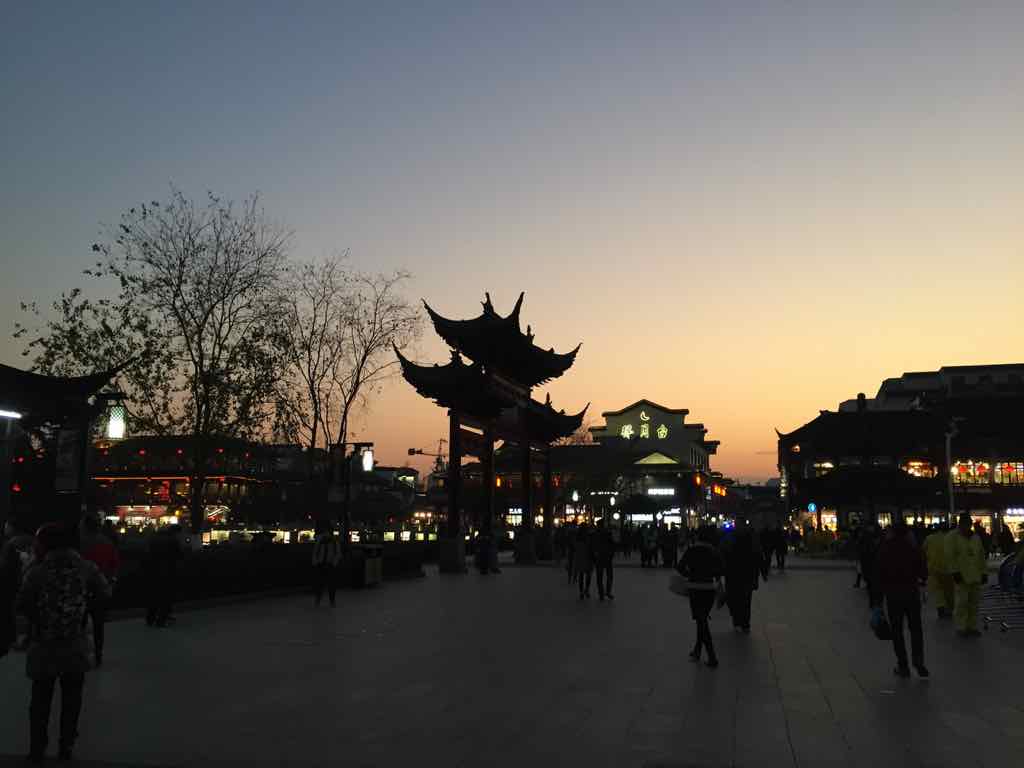
There are other, larger versions of the Confucius Temple in other parts of China such as Beijing and Shanghai, but we come here for the multiple alleys lined with food stalls, the well-dressed women in dusty pink trench coats and a place to go, the Starbucks outlet with signature green font, and the sunset over the city that rounds up a wonderful trip.
Location: Confucius temple square, Fuzimiao metro station
(See also: 48hrs in Hangzhou – Things to do )
We boarded our return flight at Nanjing airport, having traveled from Hangzhou to Nanjing on Scoot’s multi-city itinerary. It was almost Christmas, and we were looking forward to coming home. As we stepped on the 787 Dreamliner , a stewardess greeted us – in Mandarin, yes, but with a Singaporean accent that I recognised immediately. I caught her eye and smiled. “Thanks,” I said, knowing she will pick up on my accent too, because we always recognise our countrymen in a foreign land. It was a five-hour flight, but a little bit of Singapore had already arrived to welcome us home.
Scoot flies 6 times a week from Singapore to Nanjing from as low as SGD98. Do check out the latest fares on their Travel Deals page!
Like what you’re seeing? Share, like, subscribe and follow more of our adventures on Facebook or Instagram !
This post was brought to you by Scoot .
RELATED ARTICLES MORE FROM AUTHOR
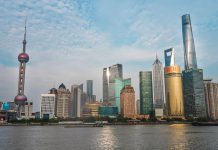
25 Exciting Things to Do in Shanghai — First Timer’s Guide From Must-Dos to Hidden Gems
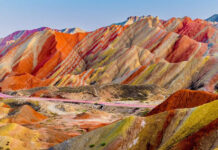
7 Places in China that Weren’t On Your Radar But Should Be
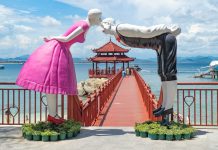
4-Day Hainan Itinerary Under S$650 — A Short Island Getaway to the Hawaii of China

Mobile Payment in China: Step-by-step Guide to Using Alipay and WeChat Pay without a Chinese Bank Account
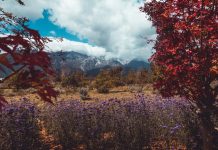
Yunnan Nature Bucket List For Outdoor Lovers — Best Spots in Kunming, Lijiang, Dali & Shangri-la
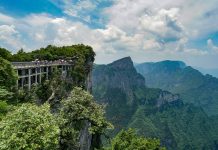
12D Central China Itinerary — Things to do in Wuhan, Changsha & Zhangjiajie
Leave a reply cancel reply.
Save my name, email, and website in this browser for the next time I comment.

11 Things to do in Clark, Philippines — A Quiet Adventure...

20 Things to Eat-See-Do in Sabah’s Capital Besides Climbing Mount Kinabalu

Experience Macao Singapore Roadshow: Get Exclusive Deals, Experience the Macau Grand...

Ultimate 6-Day Adelaide Itinerary — The Best of South Australia’s Underrated...

31 New Deals and Attractions in Singapore this April 2024

- Terms Of Use
- Privacy Policy
Nanjing Travel Guide
- Chinese : 南京 Nánjīng 'South Capital'
- Location : East China
- Population : 6.5 million (urban)
- Major highlights : historical sites
As one of the Four Great Ancient Capitals of China, Nanjing offers visitors a chance to delve into its complex and unique history. As you plan your trip to the 'Southern Capital', we provide you with helpful information in regards to Nanjing's top sights to see, as well as the best times to visit.
Nanjing: China's Historical Southern Capital
Nanjing in Chinese quite literally means 'Southern Capital'. It has alternated with Beijing as the capital of big empires and modern governments throughout history. Today, Nanjing stands as one of the Four Great Ancient Capitals of China , along with Beijing, Xi'an, and Luoyang.
During the Ming Empire, Nanjing was the largest city in China. The remains of the empires of the past can be toured all over the city and the nearby Purple Mountain (Zijinshan) area has many historical, cultural, and religious sites to visit.
As the city that once fell defenseless to the Nanjing Massacre in 1937, the government has since built museums and memorials to commemorate Sun Yat-Sen and his revolution and the Chinese who died during the Japanese occupation. There is also a memorial for the thousands of American airmen who died defending China.
Location: On the Yangtze River near the western border of Jiangsu Province, Nanjing is about 300 kilometers (200 miles) from the sea and Shanghai. It is on the southern side of the Yangtze that protected the city from enemies in the north.
Top Things to Do in Nanjing
Although its past is vast and complex, Nanjing offers far more to its visitors than its history. In Nanjing you will find the Zifeng Tower, which is currently the 7th tallest building in the world, as well as Xinjiekou, the shopping hub of Nanjing.
- Visit the Nanjing Massacre Memorial: Pay tribute to those who lost their lives during the Nanjing Massacre in 1937. The memorial commemorates the hundreds of thousands Chinese civilians who were murdered and today stands as a symbol of peace and hope against war.
- Walk around Xuanwu Lake : On TripAdvisor in 2019, the #3 thing to do in Nanjing is take a leisurely stroll around Xuanwu Lake.
- Shop at Xinjiekou: Known as the shopping hub of Nanjing, here you will find brand-name stores, countless shopping centers and restaurants, as well as a Foreign Languages Bookstore.
- Explore Purple Mountain: One simply cannot visit Nanjing without seeing the majestic Purple Mountain where many ancient historical sites including Ming Xiaoling Mausoleum, Sun Yat-Sen's Mausoleum and Linggu Temple, are preserved and developed for visitors.
- Zifeng Tower Observation Deck: The 89-story building is hard to miss, especially at night as it glows different hues of blue that can be seen from several blocks away. Currently standing as the 7th tallest building in the world, you will have the unique opportunity to view Nanjing from high up above.
- Confucius Temple: Also known as Fuzi Miao, is an all-in-one experience as it offers tourists unique gift shops, tasty Chinese Street Food, and the chance to walk along the famous Qinhuai River.
Nanjing Nightlife
With a rich heritage and exciting nightlife , Nanjing has earned itself a reputation for being more on the stimulating side of Jiangsu province.
- Nanjing 1912 is an area where most expats and Chinese youth go to for a night on the town. With bars, live music, nightclubs, and tea houses, this westernized area is home to the city's most fascinating nightlife.
- A recent renovation to a mediocre park in Nanjing has brought to life the swankier and more stylish , Catherine Park. Although not as buzzing as 1912, Catherine Park offers cocktails and themed nights at Revolucion and Cherry, as well as a dozen other restaurants and bars that feature cuisine from Italy, Vietnam, New Zealand and many different parts of the world.
- The beautifully decorated street, Hunan Lu, features hundreds of clothing shops, department stores and restaurants. It is a good place for both shopping and taking guests out for dinner.
The Best Times to Visit Nanjing
On balance, fall is best in Nanjing. March is also a good time to visit Nanjing if you want to experience the different shades of pink and purple plum blossoms coming to life at Purple Mountain. July is also a special time to visit since it is when the blossoming of lotus flowers take place at Xuanwu Lake.
Nanjing's weather is seasonally distinct with hot summers and cold winters.
- Spring is from March to May and although it is a time of humidity, the weather may fluctuate between warm and cold.
- Summer is from June to September, with extremely hot and humid weather, when Nanjing becomes one of the three " furnace cities " along the Yangtze River.
- Autumn is from October to November and is the best time to visit Nanjing since the weather is cool and dry.
- Winter is from December to February, the coldest month being January. Snow can fall.
Whether you want to stay in the Xinjiekou shopping district or near the adventurous Purple Mountain, Nanjing has a vast range of options to suit every budget from luxurious hotels to holiday apartments on Blossom Hill.
One of Nanjing's most loved dishes is the Jinling duck, also known as Nanjing Salted Duck. Although it is not as widely known as Beijing Duck, it is far from inferior. Crispy on the outside and juicy and tender on the inside, pair it with a side of white rice and you will be in duck heaven.
Nanjing style is famous for its fine cutting and preparation techniques. The dishes are not only fine-tasting, but also very good-looking. It features freshness, fragrance, crispness and tenderness. Like the rest of the Jiangsu cuisine styles, the dishes tend to be mildly sweet in taste. They excel at seasonal vegetables, freshwater fish and seafood.
Whether you're craving local Chinese food or international cuisine, Nanjing offers a vast array of dining options in every price range. It is easy to find Chinese restaurants, Western food, as well as International dishes from different parts of Asia and Europe.
Transportation
The subway, also known as the Nanjing Metro, is the cheapest and easiest way to get around the city. There are currently nine metro lines in Nanjing and depending on where you are going the ticket prices can range from ¥2 to ¥9. If you are planning on staying in Nanjing for more than a week, it would be cost efficient to purchase a Nanjing Metro Card, which can be found at most metro stations.
From Nanjing, it is easy to travel to by plane or direct bullet train to most major China destinations and other popular cities in the Jiangsu province, such as Shanghai, Suzhou and Wuxi.
See more on Nanjing Transportation .
Travel Nanjing Your Way
Nanjing is a compelling city with much to do, so much so that at times it can be overwhelming. Going with a tour guide and driver helps make your visit less stressful and more rewarding.
Our well-designed tour plans cover the highlights of Nanjing in ways that experience and customer feedback shows are best. They can all be customized to your interests and travel style.
Fill out a 4-minute Create-My-Trip form with your interests and requirements, and we will send you a quote and proposed itinerary within 24 hours.
- 8-Day Beijing–Xi'an–Shanghai Private Tour
- 11-Day China Classic Tour
- 14-Day China Natural Wonders Discovery
- 3-Week Must-See Places China Tour Including Holy Tibet
- How to Plan Your First Trip to China 2024/2025 — 7 Easy Steps
- 15 Best Places to Visit in China (2024)
- How to Plan a 10-Day Itinerary in China (Best 5 Options)
- 2-Week China Itineraries: Where to Go & Routes (2024)
- China Weather in January 2024: Enjoy Less-Crowded Traveling
- China Weather in February 2024: Places to Go, Costs, and Crowds
- China Weather in March 2024: Destinations, Crowds, and Costs
- China Weather in April 2024: Where to Go (Smart Pre-Season Pick)
- China Weather in May 2024: Where to Go, Crowds, and Costs
- China Weather in June 2024: How to Benefit from the Rainy Season
- China Weather in July 2024: How to Avoid Heat and Crowds
- China Weather in August 2024: Weather Tips & Where to Go
- China Weather in September 2024: Weather Tips & Where to Go
- China Weather in October 2024: Where to Go, Crowds, and Costs
- China Weather in November 2024: Places to Go & Crowds
- China Weather in December 2024: Places to Go and Crowds
Get Inspired with Some Popular Itineraries
More travel ideas and inspiration, sign up to our newsletter.
Be the first to receive exciting updates, exclusive promotions, and valuable travel tips from our team of experts.
Why China Highlights
Where can we take you today.
- Southeast Asia
- Japan, South Korea
- India, Nepal, Bhutan, and Sri lanka
- Central Asia
- Middle East
- African Safari

- Travel Agents
- Loyalty & Referral Program
- Privacy Policy

Address: Building 6, Chuangyi Business Park, 70 Qilidian Road, Guilin, Guangxi, 541004, China


Museum of Wander
Things to do in Nanjing, China & Itinerary
It’s a mystery why Nanjing doesn’t make it onto most China itineraries. It is one of the most underrated cities in China, and you should definitely go! Still not sure? Our guide shows you the best things to do in Nanjing.
Nanjing (南京), the capital of Jiangsu province, is one of China’s most underrated cities. Those looking for an alternative city to explore with a lot to see and do will love Nanjing for its historical tourist attractions, delicious food and beautiful sightseeing places. There are indeed many fascinating things to do in Nanjing to keep you busy for a few days.
You can see a breakdown of our 3-day itinerary for Nanjing at the end of the post.

Please note: This post may contain affiliate links. This means I may earn a commission if you make a purchase by clicking a link (at no extra cost to you).
Quick Guide to Nanjing
Visited: April (Over Qingming Festival) Suggested time: 2-3 days Where to stay: Holiday Inn Aqua City Famous for: Nanjing Duck, City Wall, Nanjing Massacre Memorial, Purple Mountain Transportation: Shanghai is under 2 hours away by high-speed rail. Book tickets online here. Nanjing Lukou International Airport has flights to the rest of China and abroad. Tip: Get a share bike and ride along the leafy avenues Unique experience : Go six floors underground to see the surreal Thousand Buddha Hall at the Usnisa Temple
Sun Yat-Sen Mausoleum 中山陵
Is nanjing worth visiting.

Let’s not beat around the bush here: Nanjing is an incredibly interesting and enjoyable city to visit. We think Nanjing is an excellent addition to a Shanghai trip or a worthwhile stop between Shanghai and Beijing. We also think that history enthusiasts and foodies will enjoy Nanjing a lot more than Jiangsu’s most popular destination, Suzhou .
It is definitely a destination in its own right, so don’t rush through on a day trip from Shanghai, either.
Nanjing (Southern Capital) was the imperial capital and most important city in China for more than a thousand years before the capital was moved to Beijing (Northern Capital). Between 1358 to 1425, Nanjing was the largest city in the world, and even today, the city is home to more than 8 million people.
Hotels and attractions in Nanjing are top quality, yet they will be much cheaper than in Shanghai. Visiting Nanjing offers exceptional value for money.
Nanjing food is another reason to put this city on your China bucket list . Everyone knows of Peking duck, but did you know that Nanjing is the duck capital of China? In fact, when the capital relocated to Beijing, people took their ducks with them.
The Rape of Nanking is the city’s most infamous event that shaped its modern history. In December 1937, the Empire of Japan invaded China and occupied the capital, Nanjing. Over the next six weeks, an estimated 300,000 people in Nanjing lost their lives. The harrowing Nanjing Massacre Memorial pays tribute to the victims of the Nanjing Holocaust.
The history/budget-friendly/yummy food combo makes Nanjing a fantastic city to explore
Where to Stay in Nanjing

As a tourist, you really want to be near Fuzimiao or Xinjiekou. These areas are packed with restaurants, street food vendors, and tourist attractions, which are great for exploring on foot.
We stayed at the wonderful (and affordable) Holiday Inn Aqua City and loved it. We recommend this hotel for its excellent location, friendly (English) service, comfort and 5-star amenities.
The Holiday Inn Aqua City is minutes away on foot from Fuzimiao or Xinjiekou. Metro lines 1 and 3 are also on your doorstep if you wish to get around Nanjing using public transportation.
What to do in Nanjing & Places to Visit
Fuzimiao 夫子庙.

Riverside Fuzimiao (Confucious Temple) is a beautiful area in central Nanjing crammed with pedestrian shopping streets, restored temples, and alleys filled with street food.
The Qin Huai River flows through Fuzimiao, and the best (and most relaxing way) to start your Nanjing sightseeing is to take a boat cruise along the river. From the water, you’ll get a different perspective of the city as you cruise past teahouses, parks and traditional Ming and Qing-style architecture.
After sunset, the entire Fuzimiao area lights up with lanterns and transforms into a magical old-world China. Walking around and trying all the street food in the area is the best thing to do in Nanjing at night.
Nanjing Massacre Memorial Hall 南京大屠杀纪念馆

Officially known as The Memorial Hall of the Victims of the Nanjing Massacre by Japanese Invaders, this memorial is a punch to the gut. But anyone with the slightest interest in the history of World War 11 or that of modern China (and its relationship with Japan) should pay a visit to learn more about Nanjing’s tragic past.
The Japanese army occupied Nanjing (then the capital city of China) on 13 December 1937. Over the next six weeks, the city witnessed some of the most gruesome events in modern history.
An estimated 300 000 civilians lost their lives, thousands were raped, and most of the city was destroyed in a span of only six weeks.
This large memorial complex educates visitors on what’s often referred to as The Rape of Nanjing .
It’s a harrowing place that shows the destruction of war. It’s not something to do when looking for a fun day out in Nanjing. However, just like when we visited the genocide memorials in Kigali or Yerevan , we left the Nanjing memorial feeling grateful (that we did not have to experience anything like that) and hopeful (that this won’t happen again).
Most of all, we left with respect for Nanjing: for surviving, for rebuilding and for not forgetting.

We visited the memorial over Qingming, a holiday when the Chinese honour their ancestors. The memorial was RAMMED with people from all over China coming to lay flowers and pay their respects. Seeing some of the survivors made this…very real…for lack of better words. Entrance: Entrance to the Nanjing Memorial is free of charge, but you must make a reservation online. Ask your hotel to help with this.
Nanjing Niushoushan Cultural Park 牛首山文化旅游区

Opened in 2015, Niushoushan Cultural Park is one of the newest Nanjing attractions, and it’s quite spectacular.
This modern temple complex was built on the site where a piece of the Buddha’s skull was allegedly found. The large park has stunning gardens, but the main attractions are the Usnisa Palace, Usnisa Temple and the Usnisa Pagoda.
The temple complex is an eclectic mix of spirituality and Disney Land on a grand and impressive scale. It might sound like a strange combination, but it works.
Visiting the Usnisa Palace is a visual overload and the park’s highlight. If Instagram wasn’t banned in China, one might think this palace was designed purely for that reason. The futuristic structure consists of nine floors, of which six are underground.
After seeing the enormous dome and reclining Buddha on the first floor, ride a series of escalators six floors underground to the Ten Thousand Buddha Corridor. This corridor, in turn, will take you to the Thousand Buddha Hall.
We didn’t count, but there are indeed thousands of Buddhas. And all of this SIX FLOORS underground
Put aside at least half a day to enjoy this amazing place.
Purple Mountain 钟山风景区

Purple mountain, also called the Zhongshan Scenic Area, is one of the four most significant mountains in southern China. It’s a large area with several of the best tourist attractions in Nanjing, so put aside the better part of a day to see it. There are over 200 scenic spots and cultural relics scattered on Purple Mountain
We visited the Ming Xiaoling Mausoleum (Ming Tombs), Spirit Way and Plum Blossom Hill in the morning and the Sun Yat-Sen Mausoleum in the afternoon.
Purple Mountain is particularly beautiful during the spring when the plum trees and wildflowers bloom.
Ming Xiaoling Mausoleum 明孝陵

This Ming tomb is the final resting place of Emperor Zhu Yuanzhang, the first Ming emperor. It was constructed in 1381 and is the oldest of all the Ming tombs in China. Today, it is a UNESCO World Heritage site. Look out for the family of deer as you walk around the area.
Spirit Way 神道

A Spirit Way, or Shen Dao (神道), is a road leading to a dignitary’s tomb. Lining this Spirit Way on both sides are statues of animals, mythical beasts and military officials.
A lovely walk along the Nanjing Shen Dao will take you past huge statues of elephants, camels, lions, sheep, mythical beasts and Chinese generals. These stone figures not only serve to protect the emperor but also have symbolic meaning. The lions, for example, represent power, while the sheep symbolise justice.
Plum Blossom Hill 南京梅花山

As it was April and spring in Nanjing, we thought to come and see the plum trees blossom. It is said that there are over 30,000 plum trees here, and one of the most beautiful plum gardens in China.
However, Qingming Festival (usually around 4 April) was too late to see the plum blossoms. Only a few trees still had some blossoms. The prime time to see the plum blossoms in Nanjing is between February to March.

Dr Sun Yat-sen is one of the most prominent figures in Chinese history and is often referred to as the Father of Modern China, both in mainland China and Taiwan. The Sun Yat-sen mausoleum is an AAAAA Tourist Attraction, so be prepared for the crowd factor.
Situated at the foot of a mountain, visitors walk up 392 steps before reaching the mausoleum. Before the steps, you’ll go through an arched marble gate with the inscription 天下为公. These are the words of Sun Yat-sen and mean, “What is under heaven is for all”
The marble mausoleum on top of the steps is a mix of Chinese and Western styles. Notice the Kuomintang emblem on the ceiling when you go inside the mausoleum. Enjoy the view and take a rest before taking the 392 steps down again.
Lao Men Dong 老门东

Lao Men Dong is one of Nanjing’s most recent urban restoration projects, and the area is just perfect if you feel like taking a step back in time.
The area, located between the old East Gate and the Nanjing city wall, consists of a few city blocks of old architecture that have been renovated and repurposed.
The pedestrian-only streets are packed with restaurants, cafes, street food snacks and independent galleries and shops. Just a short walk away from Fuzimiao, Loa Men Dong is still very touristy but has a little more local feel to it.
At night, the whole area lights up beautifully.
Librairie Avant-Garde 先锋书店

A strong contender for the most beautiful bookstore in the world, the Librairie Avant-Garde in Lao Men Dong is perhaps the Harry Potter bookstore of Asia.
With carved wooden beams, lattice windows, log columns and the heavy fragrance of wood surrounding the bookshelves, it’s easy to see why it’s called Nanjing’s First Woodcarving Building .
This 600-year-old building was actually named the most beautiful bookstore in China in 2017. It is also the first wooden building to be fully restored in Loa Men Dong.
Originally called the Junhui Bookstore, it was recently incorporated into the Librairie Avant-Garde portfolio. This group has several exceptional bookshops in Nanjing.
[ Google Maps Location ]
- Nanjing City Wall

Nanjing city wall is the longest city wall in the world, and it took 200,000 workers more than 20 years to complete. Initially 35 km in length, 25 km of the wall still remains intact today.
Interestingly, each and every brick on the wall is inscribed with the name of the brickmaker responsible for it. This was done for quality control; sub-par bricks could weaken the city’s defence, and the brickmaker probably lost his head for his recklessness.
Taking a walk on the wall gives you a fantastic view of the roofs of the old town. There are several places to go up the wall. We ascended the wall at the Zhonghua Gate (中华门) in Lao Men Dong. [ Location ]
The stretch of wall here gives you excellent views over the old roofs of Lao Men Dong on the one side and towards the Porcelain Tower on the other. Unlike the city wall in Xi’an , you can only walk on the wall and not cycle on it.
Eat Nanjing Cuisine

Nanjing cuisine is recognized as one of the Four Great Cuisines of China (alongside Cantonese, Sichuan and Shandong cuisines). Foodies and normal hungry people alike will love the exciting food scene in Nanjing.
If there is one thing that Nanjing knows how to do, it is DUCK. Nanjing duck is considered by many as the birthplace of Peking Duck. In Nanjing, you can eat salted duck, roasted duck, duck dumplings. duck fat cakes, duck blood soup, duck feet, duck neck and who knows what else.
But Nanjing food is so much more than just duck. Also, try the pan-fried beef dumplings, tangbao and stinky tofu that the city is famous for.
Nanjing Impressions is an excellent restaurant to dive into all the good stuff that the city has to offer. Breakfast at Li Ji Qingzhen Guan should also be a top priority when you’re in Nanjing.
Read our Food Lover’s Guide to Nanjing to learn about all the yummy food in Nanjing and where to go and eat them.
Nanjing 3 Days Itinerary

We visited Nanjing over the Qingming long weekend in April. Nanjing is a very popular city break or weekend getaway for the Chinese, and it was extremely busy and crowded. Come during the week or on a regular weekend, and I’m sure it will be much quieter.
Here is how we spent our three days in Nanjing:
- Arrive from Shanghai by bullet train
- Check into our hotel .
- Stroll around Fuzimiao
- Dinner at Nanjing Impressions (Fuzimiao branch)
- Breakfast at our hotel
- Nanjing Massacre Memorial Hall
- Usnisa Temple & picnic lunch
- Dinner at Din Tai Fung in Xinjiekou
- Breakfast at Li Ji Qingzhen Guan
- Purple Mountain
- Lao Men Dong
- Dinner at Mild Spicy in Lao Men Dong
- Foot massage
Departure day:
- One more breakfast at Li Ji Qingzhen Guan – it’s so good you have to come twice 🙂
- Departure by train back to Shanghai
And That’s What to do in Nanjing!
We are sure that you will like Nanjing as much as we did. It really is one of the most pleasant and interesting cities to visit in China. Ask away if you have any questions, and we’ll try our best to help. ✌️
Hi! How did you guys travel within Nanjing? The itinerary looks great .
Hi Sheryl, We walked between Fuzimiao and Laomendong, as they are not that far apart.
We used taxis and Didi (Chinese Uber) for all the other places we visited. We preferred Didi over taxis as they don’t speed or drive recklessly like most taxis do.
Nanjing does have a metro, but we didn’t try it.
Thank you so much !!
Leave a Reply Cancel reply
Your email address will not be published. Required fields are marked *
Save my name, email, and website in this browser for the next time I comment.
Your Best Guide to China
Visiting China soon? Start here

- Best China VPN
- Chinese culture
- Banned apps
- Apps in China
- Love in China
- Teach in China
- Provinces and regions
- Special offers
- 6 steps to get started
- Best places to visit in China
- What to bring to China
- What not to bring to China
- China packing list
- Tips for your first trip
- Tips for solo travel

Top 16 do’s and don’ts of texting Chinese girls
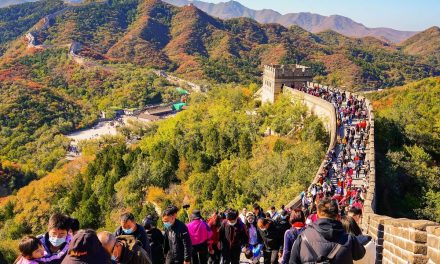
Best time to visit the Great Wall of China (2024)
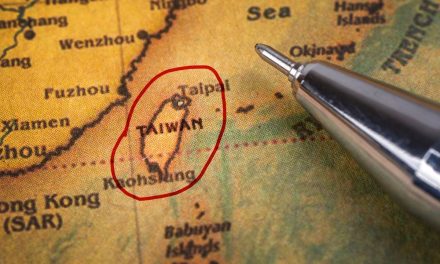
What are the main differences between China and Taiwan?
- Travel agencies
- Learn Chinese in China
- Learn Chinese online
- Study programs
- Internships
- Recruitment agencies
- Teacher recruitment agencies
- TEFL courses
- Volunteer programs
- Dating sites
- Travel insurance
Select Page
Nanjing Travel Guide
Nanjing Mandarin
Welcome to Nanjing!
Nanjing is located on the banks of the Yangtze River, about 200 miles (320 km) inland of Shanghai. The city is home to over nine million people.
- Things to do
- Where to eat
- Where to stay
- Around Nanjing
The name Nanjing actually means southern capital and this city was the capital of China for several dynasties. It’s now one of the Four Great Ancient Capitals of China, standing beside Luoyang, Beijing, and Xi’an.
You’ll see and experience this history everywhere you go in Nanjing, overlaid by the busyness of modern life. It also has a sometimes-dark modern history, and this has had a profound effect on Nanjing and its residents.
But it isn’t all history and old buildings. Like most places in China, Nanjing has a vibrant food culture, great shopping areas, and lots of attractions for people who want a break from old temples.

There’s a lot of history in Nanjing. Image by 亮 何 on Pixabay.

Nanjing University is one of China’s leading tertiary institutions. Image by Zhongwenpan on Pixabay.
Nanjing in World War II
Everyone in China knows about the events in Nanjing during WWII.
In 1937, the Japanese army moved from Shanghai to Nanjing and the city was the location of a famous battle. The death toll during the Nanjing Massacre was enormous, and it wasn’t just soldiers who were killed.
Accounts from locals and foreign residents in Nanjing describe scenes of great brutality in the six weeks after the capture of Nanjing.
The number of Chinese civilians and troops killed during this period is unknown because the invading troops burned the bodies or threw them into the river. However, the number is thought to be around 300,000.
The events during this six-week period are an important part of the city’s history and of the consciousness of every person in China.
It has also fundamentally affected the rebuilding and development of Nanjing.
The best things do in Nanjing
Nanjing doesn’t see as many tourists as other parts of China. This means you’ll stand out a little more when you visit this city.
However, the locals are still welcoming and accepting of tourists.
The lower number of tourists also explains why things tend to be less expensive in Nanjing. This makes it a great place to visit if you’re on a budget!
There isn’t a lot of English in Nanjing, and the level tends to vary among people who can speak it.
So, make sure that you have a maps app on your phone and always keep the name of your hotel written down in Chinese characters in case you get lost.
There are numerous historical attractions in Nanjing, so be prepared to learn about the history of this ancient city and to see how it influences the present.
1. Nanjing City Wall
The Nanjing City Wall is really special. It’s the longest city wall in the world.
Constructed in the mid-to-late fourteenth century, the wall surrounded Nanjing when the city was the capital of China’s early Ming Dynasty.
One section, the Palace City Wall, was used as a prototype for the famous Forbidden City in Beijing .

The mighty Nanjing City Wall with the Zifeng Tower in the background. Image by Gwen24 on Pixabay.
The wall is so long, and there are so many parts, that the admission cost depends on which bit you want to check out. Visit the official website for ticketing.
It’s open daily from 8.30 am to 5.30 pm.
2. Nanjing Holocaust Museum
This is a somewhat grim but essential Nanjing attraction.
The museum remembers the people who were killed in the Nanjing massacre. It was built by the Nanjing Municipal Government in 1985 and expanded in 1995.
You can’t truly understand the locals without understanding this dark part of the city’s history but be prepared for a somber experience.
This museum isn’t suitable for small children or anyone who’s particularly sensitive. But if you can handle it, then it’s one of the most important places to see in Nanjing.
3. Visit Bao’en Temple
This temple mingles the old and the new.
It dates back to the Ming dynasty and was known as one of the most famous temples in Nanjing. People visited to worship Buddha and to release souls into purgatory.

The Bao’en Temple in winter. Image by Kenneth Yang on Unsplash.
The temple has been through a lot over the years and was even destroyed at one point. Today it’s used as a modern art exhibit, and you’ll get some wonderful photographs inside its walls.
4. Eat Jinling Roast Duck
Nanjing is famous for its duck dishes, even more famous than Beijing!
You’ll find a huge range of duck dishes in this city, from appetizers to pastries, but you must try Jinling Roast Duck.
This delicious dish is also known as Nanjing salted duck and it boasts tender meat and a crispy, delicious outside.
5. Learn about the past in the Nanjing Museum
It’s said that you can’t understand the present without understanding the past, and the Nanjing Museum is the best way to overcome this problem.
This was one of the first museums in China and one of the largest, containing more than 400,000 relics.

Pottery at the Nanjing Museum. Image by Lazy Dragon on Shutterstock.
It also contains one of the largest collections of Ming and Qing dynasty porcelain as well as artifacts ranging from China’s ancient past to the twentieth century.
6. Explore Confucius Temple Qinhuai Scenic Area
Located on the Qinhuai River, the Confucius Temple Qinhuai Scenic Area remembers the life and teachings of this great man.
A temple has stood on this spot since 1034 AD, though it was destroyed during WWII and then rebuilt.
Today, the entire area is filled with gardens, historic sites, and restaurants. This includes China’s largest statue of Confucius and a collection of panels depicting his life.
Take a sightseeing cruise along the water while you’re in the area or just wander and enjoy the relaxed, soothing vibes.
7. Wander around Xuanwu Lake
This is one of the most popular Nanjing attractions.
Xuanwu Lake is a quiet, peaceful escape from the busyness of the city. It’s particularly beautiful in summer when the lotus flowers in the lake are in bloom, but the beautiful gardens have their appeal at almost any time of year.

The picturesque Xuanwu Lake. Image by AlexelA on Shutterstock.
You can rent a paddle boat to explore the lake itself or just take a picnic and enjoy the views.
8. Take in the views from Zifeng Tower Observation Deck
If you’re in Nanjing on a clear day, then make sure you take in the views from Zifeng Tower Observation Deck. This is the tallest building in the city at 89 stories high.
You can take the elevator to the top floor and look out over the city, the lake, and all the way to the Purple Mountain on clear days.
Want more inspo on what to do? See additional things to do in Nanjing right here .
The best places to eat in Nanjing
Nanjing’s local food is an offshoot of Huaiyang cuisine , one of China’s Four Great Cuisines.
It focuses on regionally grown produce and seafood, and the city’s location makes this understandable. Nanjing is located in the fertile Yangtze River Delta, which is why food has become like art in this city.
While you’re in Nanjing, expect artistic dishes with a depth and complexity of flavor that has to be tasted to be believed. The locals also believe strongly in eating seasonal food, so your food options will change depending on the time of year.
You’ll find a huge range of places to eat in China and it might be hard for you to choose between them. The best way to choose good places is to look at the customers. If there are a lot of locals, then get in there quick!
Meiyuan Restaurant 梅苑餐厅
This is one of the best places in the city to eat Jinling roast duck. It also offers Nanjing-style dishes and is fairly budget-friendly, so make sure you try a few of the local delicacies.
Address: Address: Floor 2, Jinling Hotel, 2 Hanzhong Road, Gulou District (鼓楼区汉中路2号金陵饭店2楼)
Xuan Palace 璇宫
Want five-star surroundings and delicious food at a reasonable price? This revolving restaurant offers delicious Jiangsu-style dishes with views over the whole city. Try the roast suckling pig or the abalone for a real taste treat.
Address: Floor 36, Jinling Restaurant, 2 Hanzhong Road, Gulou District (鼓楼区汉中路2号金陵饭店36楼)

Duck blood soup is a local delicacy. Image by Natural_p on Shutterstock.
Yue Hong He 粤鸿和
For something a little different, why not try some Cantonese dishes at Yue Hong He? The prices in this restaurant are extremely reasonable and it offers aesthetically beautiful dishes that taste amazing.
Address: Jinying Tiandi, 1 Xuehai Road, Xianlin University Town, Qixia District (栖霞区仙林大学城学海路1号金鹰天地)
Hai Di Lao Hot Pot 海底捞火锅
If you’re traveling in the cooler months, then you’ll want hot pot. This branch restaurant is famous among locals and visitors for its hot pot dishes, and you can choose your own ingredients. Just make sure that you’re careful with the spice if you’re sensitive!
Address: Floor 4, Communication Services Mansion, 501 Zhongshan South Road, Qinhuai District (秦淮区中山南路501号通信服务大厦4楼)
Himalaya Nepalese & Indian Restaurant 喜马拉雅尼泊尔印度餐厅
If you’re looking for a bit of a change from local food, then why not try Indian? This restaurant is decorated with amazing photos and offers popular dishes from both Indian and Nepal. Just remember that it might taste quite different to the Indian food you get back home!
Address: Shi Gu Wan Food and Leisure Block, 193 Shigu Road, Baixia Distict (白下区石鼓路193号石鼓湾美食休闲街区)
The best food markets in Nanjing
Food markets in China are the best place to find bargains and cheap, tasty treats in a noisy, fascinating environment.
So, make sure you visit as many of them as possible while you’re in the city.
Confucius Temple Market Fuzimiao Market
This food market is located inside the buildings surrounding the Confucius Temple.
You’ll find everything in this market from local snacks to Chinese souvenirs . And, of course, the local Nanjing salted duck.

Nanjing salted duck at Confucius Temple Market. Image by NG-Spacetime on Shutterstock.
The market is buzzing at night and is a great reason to hang around after seeing the temple during the day.
Shiziqiao Food Street
Also known as Lion Bridge Food Street, this is one of the most popular food markets in Nanjing.
You’ll find everything from stinky tofu to intestines on a stick at this market. In fact, half the fun is wandering around watching everyone and everything!
Read more about some of the weird food in China you can try.
Hanfu Street
This is a walking street crowded with small eateries. It’s opposite the Nanjing Presidential Hall and offers food from all over China.
It’s the kind of place where you’ll find snacks from Shanghai, spicy Sichuan food, and folk dishes all within a few steps of each other.
And the prices are remarkably budget-friendly too!
Where to stay in Nanjing
Nanjing’s accommodation tends to be a little cheaper than in other popular cities in China.
So, you may be able to afford a nicer hotel than you would expect during your stay.
Laomendong International Hostel is beside the Qinhuai River and within walking distance of local attractions like the Zhan Garden.
It’s located in an area with a lot of traditional old houses and is in a traditional Chinese house, making for a great local atmosphere. It’s also very close to the bus and metro stations.
This hostel has its own café, bar, and restaurant as well as private or shared dorm rooms.
The Tingoo Inn is a boutique hotel located just five minutes’ walk from the local metro station.
It offers pastel-decorated rooms with lots of arty touches as well as private bathrooms, seating areas, and a garden where you can have a drink at the end of long days.
The inn also has its own bar and restaurant for those nights when you’re too tired to go out.
The Jinling Hotel is right in the center of Nanjing’s business district, offering convenient access to the metro and other transport options.
It’s also surrounded by shops and restaurants, so you definitely won’t get bored when you stay in this 5-star hotel.
The hotel offers a fitness center, spa, and a business center just in case you need to work during your trip. It also has its own bar and a restaurant that offers great food and stunning city views.
Transport in Nanjing
Nanjing has a comprehensive and modern transport system that should make it easier for you to explore the city.
Air transport
Nanjing Lukou International Airport is the main airport in Nanjing and offers flights to and from more than 54 cities within China. It also offers flights to some international cities.
There is a second international airport in the city, Nanjing Ma’an International Airport, but it mostly serves as a military airport.
You can catch a shuttle bus to the airport, which takes about an hour, or a taxi which is sometimes quicker.
High speed rail
Nanjing’s high-speed rail is fast, on time, and relatively inexpensive. There are two main stations that serve the city, and you can catch trains that will take you to most of the major cities in China.
Long distance buses
Long-distance bus travel is a cheap and fairly easy way to travel from Nanjing to other parts of China.
There are eight main bus stations in Nanjing with buses traveling to cities like Beijing, Shanghai and Guangzhou .
Nanjing’s Metro system is currently being upgraded to meet the needs of the rapidly growing city.
At the moment, the metro can take you to numerous areas around the city, but it does get extremely crowded during peak hours.

The Nanjing Metro is a fast way of getting around the city. Image by NGCHIYUI on Shutterstock.
To take the metro, you need to buy a ticket at the station. Reloadable cards are available, but if you’re only in the city for a few days, it probably isn’t worth the trouble.
The Nanjing city bus network is extensive and cost-effective, but the buses can be very crowded during peak hours.
Fares around the city are usually around 2 RMB, though this can vary depending on your route and what kind of bus you take.
Nanjing also has tourist bus routes. These buses go to the most popular tourist spots and are marked by the Chinese symbol for travel (旅行).
Taxis are cheap and plentiful in the city, but your driver probably won’t speak English, so have your hotel and destination name written down in Chinese characters.
Make sure your driver turns on the meter as soon as you get in the taxi or they may quote a very high price once you arrive at your destination.
Alternatively, use an app like Didi which is China’s version of Uber. You can find out more about the top apps used in China .
Traveling outside Nanjing
When it’s time to get out of the city, there are a couple of nearby places that are a must-go for Nanjing day trips.
Purple Mountain
Located 15 minutes from Nanjing in the east, Purple Mountain is often covered in purple and golden clouds at sunrise and sunset, which is where it got its name from.
The mountain is beautiful on its own, but it also contains some of the most important historical sites in the city.

The Sun Yat-sen Mausoleum at Purple Mountain. Image by ThewayIsee on Shutterstock.
There are more than 200 heritage and scenic tourist sites on or near the mountain. It’s the final resting place for emperors and heroes from more than 10 Chinese dynasties and offers stunning natural scenic spots.
Some of the most important sites at Purple Mountain are:
- Dr Sun Yat-sen’s Mausoleum, where the father of communism was laid to rest
- The Xiaoling Mausoleum of Ming Dynasty, which is one of the largest imperial tomb complexes in China
- The temples, ponds and pagodas of the Linggu Scenic Area.
Plum Blossom Hill, with its beautiful natural scenery, is also worth checking out.
Nanjing Niushoushan Cultural Park
This park is built around Niushou Mountain, a beautiful Buddhist site filled with historic and culturally significant attractions. It’s about 35 minutes out of the city, so would make for a great day trip from Nanjing.
While you’re at Nanjing Niushoushan Cultural Park, you can wander through the ornate, underground Buddhist palace, or explore the famous pagoda, an incredible Tang-style building.
The architecture in this area is truly stunning, especially set against the lush natural greenery of the mountain.
Videos about Nanjing
Get a visual taste of Nanjing before you visit!
Here’s a tour of some of the city’s attractions such as Xuanwu Park and Confucius Temple.
https://www.youtube.com/watch?v=ia5ER87Ko70 Video can’t be loaded because JavaScript is disabled: NANJING, CHINA – What to See, Vegan Food, Getting Around (https://www.youtube.com/watch?v=ia5ER87Ko70)
And for the history buffs, here’s a video about the Nanjing Massacre.
https://www.youtube.com/watch?v=_CAYFxXBohA Video can’t be loaded because JavaScript is disabled: THE NANJING MASSACRE – DOCUMENTARY OF THE RAPE OF NANKING (https://www.youtube.com/watch?v=_CAYFxXBohA)
Need help with your travel bookings?
Going on a tour in China is a great idea, especially if you can’t speak Mandarin.
You can refer to this list of China travel agencies who can help put a plan together for you.
Or, to book your own flights, tours and hotels, we recommend Trip for amazing choice and value. Trip is one of the leading travel companies in China.
Don’t forget…
It’s easy to forget a thing or two before you head to China.
So, here are a few reminders for you:
- The right visa – if you’re only staying for a quick trip, you may be eligible for visa-free travel .
- Cash or Alipay – your credit card may not be accepted, so bring yuan or use Alipay (see China travel apps ).
- VPN app – if you want access to all your favorite websites and apps in China, you’ll need to download a VPN before you leave your country. Get a VPN that works in China .
Have a wonderful time in Nanjing. And remember to get your VPN!
Want more helpful information about China?
Then hop on the newsletter!
One more step: You must click the link in the email we just sent you to confirm your email address.
Questions and comments.
Let’s chat about Nanjing!
We welcome relevant and respectful dialogue. See our terms for our comment policy.
HELPFUL ARTICLES
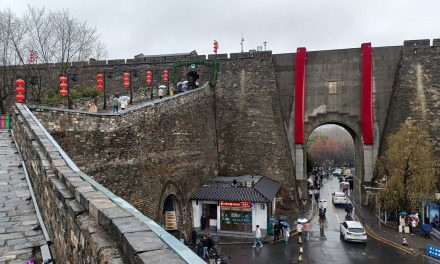
Best things to do in Nanjing (on a quick trip)

What are the best places to visit in China?
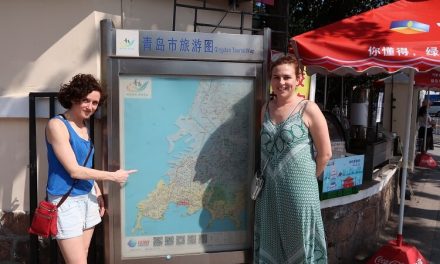
Tips for traveling in China without speaking Chinese
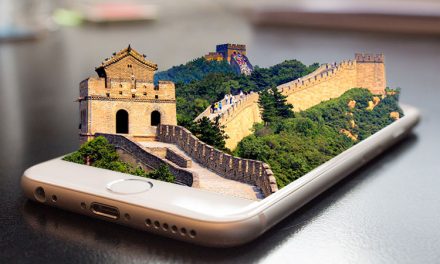
Top 10 China travel apps to make your trip easier
Page last updated 2 November 2021. Main image credit: Colin_Guan on Pixabay. Commercial relationship disclosure: The Helpful Panda has commercial arrangements with organizations that may appear on this page, such as affiliate links. See our terms for more info.

Explore China
Do you want to build your career in China?
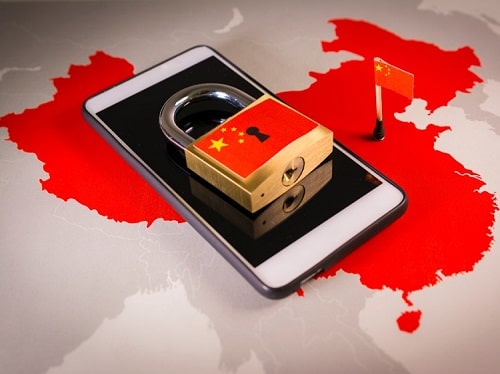
Our writers have all experienced China in person. Support them by subscribing to the free monthly newsletter about visiting China.
- Car Rentals
- Airport Transfers
- Attractions & Tours
- Bundle & Save
- Destinations
- Trip.com Rewards
NANJING, China Travel Guide - Best Things to Do & Travel Tips
1. First-time in Nanjing, China
2. nanjing transportation, how to go to nanjing | cheap flights to nanjing, 3. nanjing transportation: trains, bus, subway, taxi, 4. nanjing weather: best time to visit nanjing, 5. 3 best things to do in nanjing, jiangsu, 6. best nanjing foods you should try, 7. nanjing shopping, top places to shop in nanjing, 8. local customs in nanjing, 9. unique travel experiences in nanjing.
Show More
Nanjing , the capital of Jiangsu Province, is a popular tourist destination with a rich history in both ancient and modern times. The name Nanjing stands for "southern capital," a renowned historical and cultural city that was the capital city for six dynasties. With numerous spectacular historical monuments, including Ming tombs on the UNESCO World Heritage List, the remains of the past are hidden in the contemporary cityscapes making this city charming and unforgettable. 💝
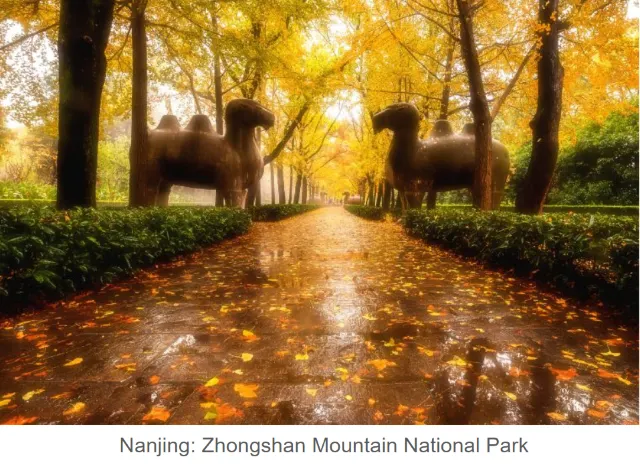
Located in East China's Yangtze River Delta, Nanjing is a major commercial and trade city with an estimated urban population of 8 million people. There’s an abundance of water with the Yangtze River flowing through the city and close proximity to the water network of Taihu Lake in the south. Nanjing has 11 districts in total, of which Gulou District is the traditional heart of the city that also houses the cultural and administrative centers of the Province. Xuanwu District is the home to most of Nanjing’s tourist attractions including Xuanwu Lake and Dr. Sun Yat-Sen Mausoleum. The future in this metropolis can be found in Jianye and Yuhuatai Districts with their skyscrapers, electric trams, and industrial centers for well-known enterprises.
The most common ways to reach Nanjing are by air (Nanjing Lukou International Airport) and by train (e.g. Nanjing Railway Station, Nanjing South Railway Station, and Nanjing West Railway Station), linking the city to all major domestic cities. Getting around town is also simple and convenient. Visitors can easily reach top attractions by using the Metro or one of the five authorized special sightseeing bus routes.
Nanjing has a prominent place in Chinese history and culture, hence there’s a long list of historical relics and sites to explore, such as the Presidential Palace of the Republic of China, and the Ming dynasty City Wall and Palace ruin. The city is also famed in China for its amazing natural landscapes like the Purple Mountain Scenic Area, Pearl Spring, and Laoshan National Forest Park. What about art and culture? Nanjing has some fantastic museums and galleries, for example, the Nanjing Museum, Jiangsu Art Museum, and Sifang Art Museum.
Nanjing is a modern city steeped in history with magnificent architecture, beautiful scenery, and mouthwatering cuisines. What’s the best time to visit? The most pleasant seasons in Nanjing are Spring (April to May) and Fall (September to November). The cool breezes and mild temperatures are most suitable for sightseeing. Tourist areas can get extremely busy, so avoid visiting on weekends or during national holiday periods like Labor Day or Chinese New Year.
Deciding where to stay for a first-time visitor to an unfamiliar city can be quite unnerving. Here are some helpful tips to point you in the right direction. The most highly sort after accommodating areas in Nanjing include Nanjing Downtown Area - around Xinjiekou Square where you’ll find a concentration of hotels (for all budgets), restaurants and shopping malls; Confucius Temple and Qinhuai River Area – great for nightlife as it is one of the liveliest places in town with numerous entertainment venues, the night view along the river is also stunning; Xuanwu Lake Area – immerse yourself in natural scenery and serene environment, many hotels are located around the lakes and offer lake-view rooms.
Nanjing is a compelling city with much to do, but if you only have limited time, the famous must-see destinations are Dr. Sun Yat-Sen Mausoleum, the Confucius Temple, Xuanwu Lake, and City Wall of Nanjing.
Foodie-travelers are in for a treat in Nanjing, with local snacks and Jiangsu cuisine favorites that emphasize a mildly sweet taste, delicate appearance, and fresh ingredients. Pan-fried beef dumplings, salted duck, and hairy crabs are all unmissable local delicacies. Not sure what to bring home as a souvenir? For specialty Nanjing products, visitors can consider rain flower stone, Yuhua tea, bamboo carving, and Gaochun ceramics.
With its vital location on the Yangtze River and proximity to major cities like Shanghai and Wuhan, Nanjing is at the crossroads of commerce and travel. It is served by two airports and two main train stations (Nanjing Railway Station and South Railway Station) with high-speed train services from Beijing and Shanghai among others.
Nanjing's Lukou International Airport (NKG) is the largest airport in the city with international and domestic flights covering around 45 Chinese cities and 12 international destinations. NKG offers a wide range of facilities, such as duty-free shops, restaurants and teahouses, entertainment centers, medical services, Bank and China Mobile services, and luggage storage.
Located about 35km (22 miles) from the city center, there are multiple transfer options between the airport and downtown. In addition, for passengers’ convenience, there are also buses between the airport and nearby cities like Huai’an and Yangzhong. For airport shuttle or express buses, there are two routes to downtown Nanjing. The services operate at 15-minute intervals with a one-way ticket costing 20 RMB (can be purchased at the kiosk outside the arrivals hall). There are limited stops along the routes, so most visitors will need to connect with the Metro, local bus, or taxi to reach their final destinations.
Other airport transfer options are Metro and Taxi. Metro Line S1(Airport line) costs around 6 RMB and takes 30 minutes to reach Nanking South Station where visitors can transfer to other lines, e.g. Line 1, 3, and S3. Although not the cheapest option, getting a taxi is hassle-free in comparison to the bus or metro. The 30-minute taxi ride to the city center costs around 100 USD.
For a cosmopolitan city and tourist hotspot like Nanjing, getting around is simple and fast. Because the city attracts millions of visitors each year, the local government authorized five special sightseeing bus routes (Y1, Y2, Y3, Y4, and Y5) which provide a convenient way for people to explore many scenic spots throughout the city. For example, Route Y1 departs from Nanjing Railway Station in downtown to Dr. Sun Yat-Sen Mausoleum in the Purple Mountain area; and Route Y2 travels from Yuhua Tai to Nanking Underwater world via Confucius Temple, presidential Hall, and Ruins of Ming Palaces. The fare for the sightseeing buses is 30 RMB for one ticket which lasts 24 hours. Meanwhile, regular city bus lines are numbered 1 to 159 and with fares starting at 1-2 RMB. It is useful to note that all downtown city buses are self-service with no refund given.
Nanjing has a comprehensive Metro system with 10 lines covering most of the central city and several suburbs. Lines 1, 2, 3, and 10 are useful to tourists as they stop at a number of top attractions. For example, Line 2 terminates nearby the Purple Mountain scenic area and Line 3 has stops at Confucius Temple and Xuanwu Lake. The ticket fare starts at 2 RMB and most lines max out at 6-7 RMB.
If traveling by taxi is more your style, you’ll be happy to hear that finding a taxi in Nanjing is generally very easy, though it is still good to avoid rush hours. All taxis are metered and the starting fare is at 9 RMB, with most trips in the city costing less than 25 RMB. One safety to note, like many large cities, getting a taxi can be frustrating at times, but in Nanjing visitors may risk getting an illegal cab where the drivers are not monitored. Remember, the legal taxis are brightly colored cabs, with working meters and have brightly lit signs on the top of the taxis.
With four distinct seasons, Nanjing has a humid subtropical climate with hot summers and cold winters. If you plan for a great vacation in Nanjing, the best times to visit the city are during Spring and Fall, predominantly from April to May and September to November. While Spring can be warm and humid, but it has less rainfall and is not as scorching hot as Summer with an average temperature of 26 °C (78 °F). It is an excellent season for outdoor activities and viewing blossoming flowers. Fall is another good season to visit as the weather is pleasantly cool and dry. The worst period is arguably the summer as the temperature easily top 34 °C (93 °F). The highest temperature is in July, hitting above 40 °C (104 °F).
Beside Spring and Fall, other peak times for Nanjing are national holiday periods when millions of domestic tourists tend to descend on the city. To avoid extreme crowds, pick your dates carefully. Also, prices for hotels and flights will be most expensive during these times. Major Chinese holidays are the Chinese Spring Festival (late-January or early-February), Labor Day (beginning of May), National Holiday (first week of October), and Student Summer Holiday (July to August).
As one of the Four Great Ancient Capitals of China, Nanjing has a long list of unmissable historic buildings, amazing natural landscapes, and tranquil waterways. For visitors with only a few days in the city, here are three top attractions that should be on everyone’s bucket list.
The stunning Purple Mountain dominates the northeastern skyline of the city and sits in the middle of this lush surrounding is the Dr. Sun Yat-Sen Mausoleum. Considered as the "Father of modern China," Dr. Sun Yat-Sen played a key role in bringing down the Qing Dynasty and took China into a new age. Constructed in 1929, the magnificent design of the mausoleum is both understated and grand. There are numerous buildings on the complex including memorial archways, Sacrificial Hall, Open-air Music Hall, and the Sun Yat-Sen Museum. It is advisable to wear comfortable shoes, as visitors must ascend a total of 392 stone steps up the 400-meter path leading to the Mausoleum.
Confucius is perhaps China's most famous teacher and philosopher, and he has a special place in the heart of Chinese people. The Confucius Temple in Nanjing was first built in the year 1034 during the Song Dynasty. Situated on the bank of the Qinhuai River, there are three parts to the complex: The Temple, Jiangnan Gongyuan, and Xuegong. The temple is a joyous place during Chinese New Year when visitors can catch a glimpse of traditional Chinese culture and a festive atmosphere.
To recharge your batteries and spend a day in the great outdoors, why not head to Xuanwu Lake Park? One of the largest Imperial lake gardens in China, the lake is located at the foot of Purple Mountain on the outskirt of the city. Amidst the serene landscape, visitors can leisurely stroll around scenic spots, teahouses, pavilions, and historic sites.
Nanjing-style food is considered a part of Jiangsu cuisine. Its dishes have the characteristics of having a lightly sweet taste, delicate appearance, and high-quality ingredients. 👏
For foodies, pan-fried beef dumplings are an unmissable local delicacy. The dumplings are stuffed with ground beef and aromatics, then fried until golden and crispy. You can taste this at Jiang You Ji Restaurant and Liji Hala Restaurant, two of the most popular places for locals to enjoy these delicious morsels.
If you enjoy duck, then you’re in luck as duck dishes are much loved in Nanjing. You can have it marinated or roasted, with just duck meat or duck blood. One popular dish is the salted duck, marinated in brine to keep the meat tender with a mildly salty flavor, it is typically served as a cold appetizer dish. Jinling Hotel Plum Garden is a renowned restaurant for this culinary creation.
Though not a dish that originated in Nanjing, marinated bean curd can be found in nearly every local restaurant. Deep-fried firm tofu is cooked in broth with bean sauce, shrimp, and spices. Go get your plate from Longmen Feizhua on Shiziqiao Food Street.
With Nanjing’s long history and rich natural resources, there’s a wide range of local specialty products that visitors can bring home. Rain Flower Stone (Yuhua Stone) is a natural agate that is one of the symbols of Nanjing. They can be purchased as fine jewelry, vase, or pebbles at Nanjing Yuhua Stone Museum. Calling all tea lovers, Yuhua Tea is one of the top ten famous teas in China and it is produced locally in Nanjing. Other notable Nanjing products include Yunjin brocade (a type of Chinese silk fabric), bamboo carving, velvet flower (handmade artwork), and Gaochun ceramics.
In terms of shopping districts, there are three popular areas for tourists and locals. Many large and exclusive fashion boutiques and department stores can be found in Xinjiekou, while around Hunan Road visitors can shop leisurely along a pedestrian street lined with endless food options. For people who prefer to shop local and like to haggle, head to the section of Qinhuai River near the Confucius Temple. It is a great place to bag those souvenirs and local produce. But if you would rather shop in an upscale mall with international brands, the Aqua City Shopping Center is located across from the Confucius Temple.
While Nanjing is considered a safe and orderly city, visitors should stay vigilant as petty crimes like theft are common, especially on public transportations, in shopping areas, and at tourist sites like the Confucius Temple area. For emergencies, dial 110 for police (or look for patrolling police in tourist destinations) and 120 for ambulance services.
The official currency used in China is Renminbi (RMB) which is also known as Yuan. While tipping is not customary in China, it is acceptable to leave a gratuity for guides, drivers, and hotel porters.
(1) Pigeons in Nanjings Purple Mountain
Towering in the eastern suburb of Nanjing, Purple Mountain (Zhongshan Mountain National Park) has been known as one of the most famous mountains in Southern China. It got its name because purple clouds can often be seen at the top of the mountain. The mountain is not only beautiful, but also rich in historical and cultural relics.
One of the various attractions is the "open air music stage", a stone shaped amphitheater style theater. Especially in autumn, many pigeons are there, you can feed them or just watch them. The music stage is between the Linggu Temple area and Dr. Sun Yat-sen's Mausoleum Scenic Area.
The pigeons are already used to people and will sit on your hand or shoulder... 🐦
⌚ Opening hours:
Mar. - Nov.: 6:30- 18:30
Dec. - Feb.: 7:00- 17:30
🎫 10元 entrance fee
(2) 🍁AUTUMN IN NANJING🍁
There are my 2021 - 2020 - 2019 photos in the same spectacular place. This place is called "Maple Color City". I always visit this place every autumn, and always captivated to its stunning beauty😍. It has a pretty lake inside, and sea of roses🌹. The air's so fresh, the place is so quiet and I always enjoy there English love songs playing through out the whole area, their fav singer is Whitney Houston😋. You will surely add this to your bucket list when you visit Nanjing!
🍁Location : 枫彩漫城, you can take S8 Line Xiongzhou Station, it will take almost 3 hours by bus, or 45 minutes by car. Didis usually charge almost 90rmb.
🍁Entrance Fee : 90 rmb
🍁Visiting Time : The whole month of November if you wanna enjoy the maple leaves.
(3) Golden Autumn at the Linggu Pagoda
It's autumn again and the leaves are yellow, red and brown. Beautiful nature. Nanjing is a green city and you can choose from various places to watch the wonderful leaves.
I recomment Linggu Pagoda, which is inside the Linggu Temple scenic area.
🎟️ Entrance ticket is 30元, you can also consider to buy the Nanjing year card.
🛕For the best view, climb until the top of the pagoda!
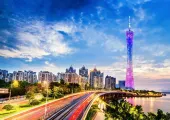
Trending Travelogues
Popular trip moments, popular travel types, popular attractions, popular destinations, recommended attractions at popular destinations.
- Customer Support
- Service Guarantee
- More Service Info
- Website Feedback

- About Trip.com
- Terms & Conditions
- Privacy Statement
- About Trip.com Group
Other Services
- Investor Relations
- Affiliate Program
- List My Property
- Become a Supplier

The Ultimate Nanjing Travel Guide: Discover The Best Things To Do

Nanjing, often referred to as the “Southern Capital” of China, is a city that seamlessly weaves the threads of ancient history with the vibrant tapestry of modern life. As you set foot in this city, you’ll be greeted with the echoes of a thousand years, resonating through its majestic palaces, ancient walls, and serene temples. But Nanjing is not just about the past; it’s a dynamic metropolis that pulses with life, offering a unique blend of the old and the new. In this guide, we aim to provide a friendly and informative overview, ensuring that your first visit to Nanjing is nothing short of memorable. So, buckle up, dear traveler, as we embark on this exciting journey together!
Why Nanjing?
You might wonder, with so many iconic cities in China, what makes Nanjing stand out? Well, Nanjing isn’t just a city; it’s an experience. It’s where the stories of emperors and revolutionaries come alive, where modern skyscrapers stand tall beside ancient relics, and where every street and alley has a tale to tell.
Imagine walking along the city walls at sunset, witnessing the golden hues reflecting off the Yangtze River, or strolling through bustling markets that offer a delightful sensory overload. From its rich cultural heritage to its modern-day allure, Nanjing promises a unique blend that few cities can match. For the history buffs, it’s a treasure trove of stories. For the urban explorers, it’s a playground of endless possibilities. And for the first-time foreign visitor? It’s an adventure waiting to unfold. So, if you’re looking for a travel experience that’s both enriching and exhilarating, Nanjing should undoubtedly be on your list!
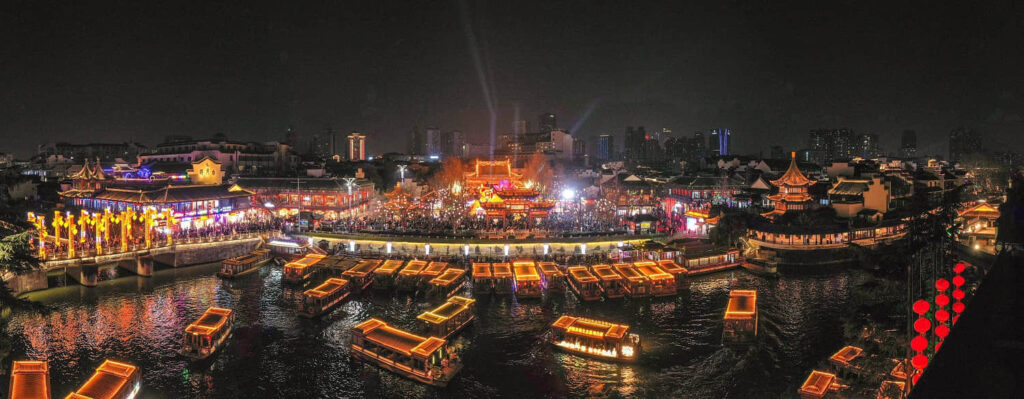
Top Historical Sites to Visit
Nanjing, a city steeped in history, offers a plethora of historical sites that transport you back in time, allowing you to witness the grandeur of ancient China. As you navigate through these landmarks, you’ll uncover tales of dynasties that once ruled, battles fought, and legends that have shaped the city’s identity. Here are some must-visit historical sites that encapsulate the essence of Nanjing:
The Ming Xiaoling Mausoleum
Nestled at the southern foot of the Purple Mountain, the Ming Xiaoling Mausoleum is the final resting place of the Hongwu Emperor, the founder of the Ming Dynasty. As you walk through the Spirit Way, a path lined with stone animals and officials, you’ll be captivated by the intricate craftsmanship and the serene ambiance. This UNESCO World Heritage site, with its sprawling gardens and majestic structures, stands as a testament to the architectural brilliance of ancient China.
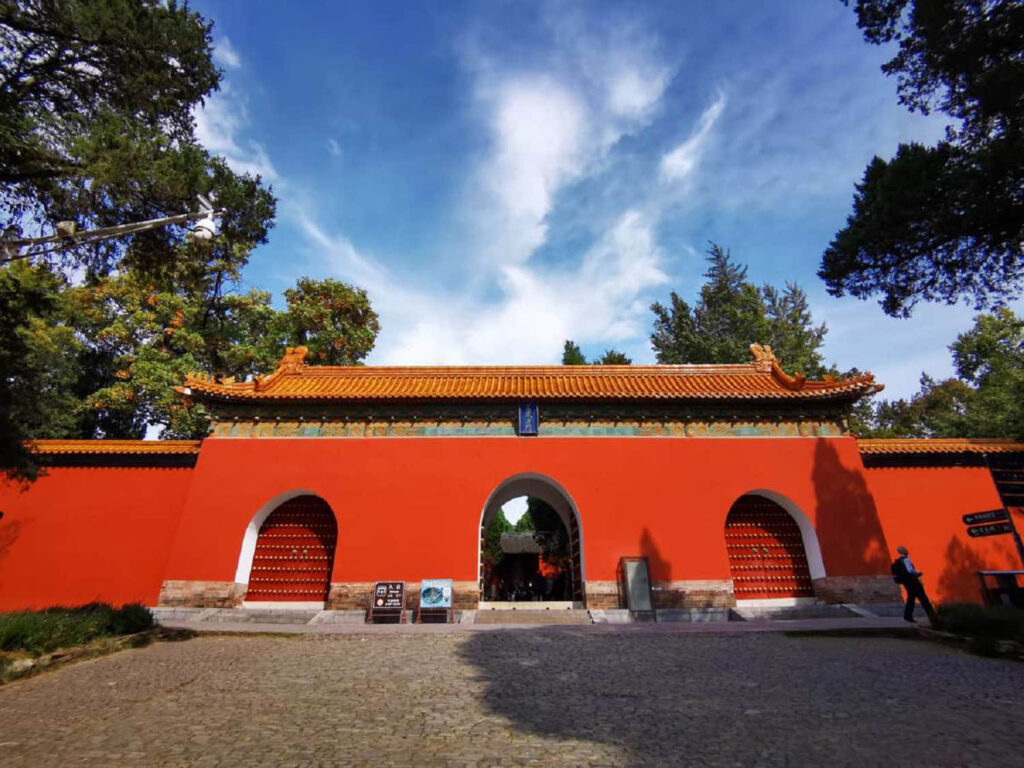
The Sun Yat-sen Mausoleum
A beacon of modern Chinese history, the Sun Yat-sen Mausoleum is dedicated to Dr. Sun Yat-sen, the father of modern China. Climbing the 392 steps leading to the mausoleum, you’ll be rewarded with panoramic views of the city and a deeper appreciation for the man who played a pivotal role in ending imperial rule in China. The blue-tiled roof and the grand memorial hall resonate with symbolism, making this site a poignant reminder of China’s journey towards republicanism.
Nanjing City Wall
Built during the Ming Dynasty, the Nanjing City Wall stands as one of the most well-preserved ancient city walls in China. Stretching over 33 kilometers, this colossal structure offers a unique perspective of the city’s defensive prowess. Whether you choose to walk along its ramparts or simply admire its gates and watchtowers, the city wall provides a tangible link to Nanjing’s illustrious past.
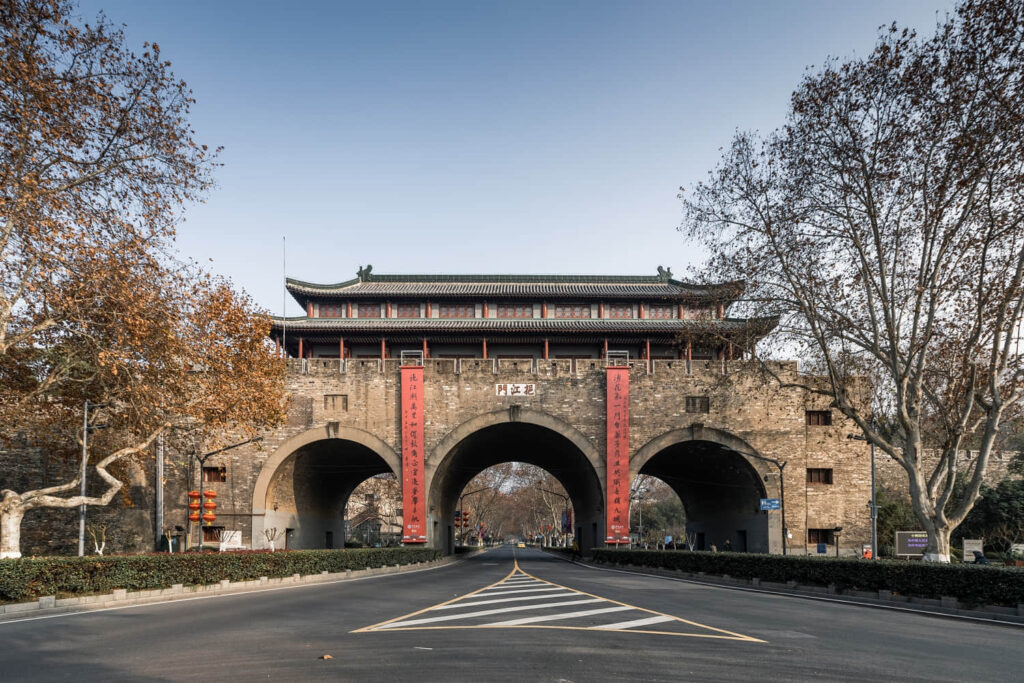
The Presidential Palace
A fusion of traditional Chinese architecture and Western influences, the Presidential Palace has been a witness to significant events that have shaped modern China. From being the office of the Taiping Heavenly Kingdom to serving as the Presidential residence in the Republic of China era, this site offers a deep dive into the political and cultural shifts of the nation. The exhibits, courtyards, and gardens paint a vivid picture of the tumultuous yet transformative periods in Chinese history.
Exploring these historical sites in Nanjing is akin to flipping through the pages of a living history book. Each monument, with its stories and significance, offers a deeper understanding of the city’s evolution and its pivotal role in shaping the course of Chinese history. So, as you embark on this historical journey, prepare to be enthralled, enlightened, and enriched by the tales of Nanjing.
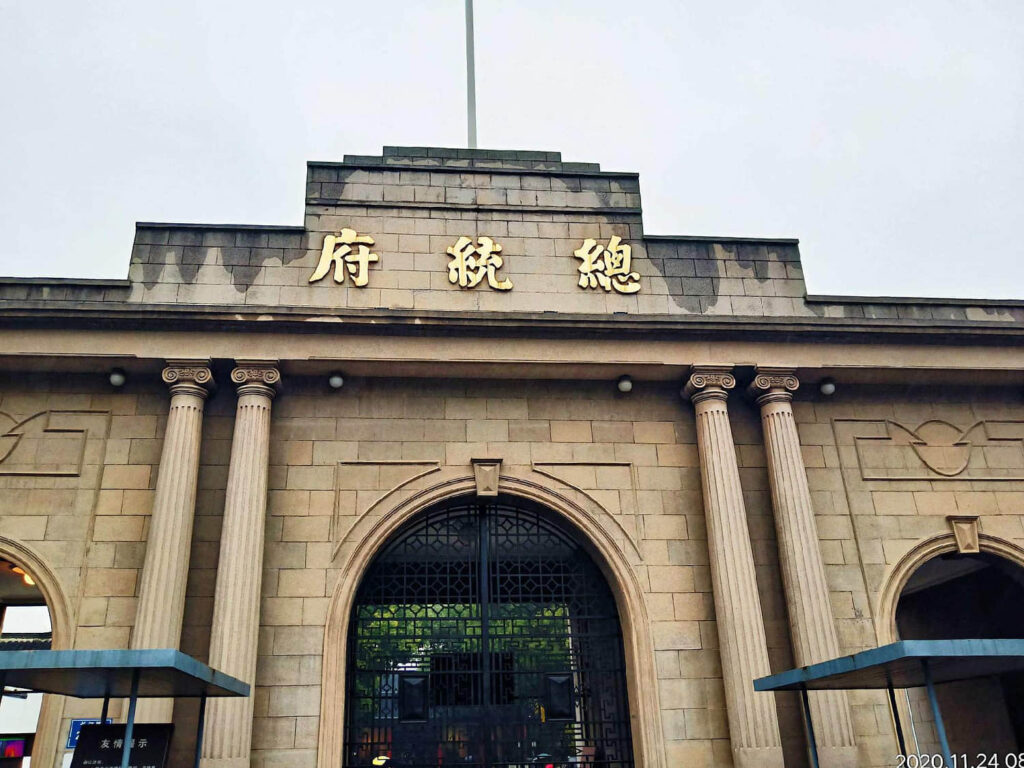
Modern Attractions and Activities
While Nanjing’s historical sites offer a deep dive into its storied past, the city’s modern attractions showcase its transformation into a bustling metropolis. From gleaming skyscrapers to vibrant shopping districts, Nanjing’s contemporary side is just as captivating as its ancient one. Here’s a glimpse into the modern wonders and activities that the city has in store for its visitors:
Nightlife and Entertainment Hubs
Laomendong: Once a traditional marketplace, Laomendong has reinvented itself as a bohemian enclave. With its art galleries, craft beer pubs, and live music venues, it’s the perfect place to unwind and soak in the city’s artistic vibe.
Shiziqiao Food Street: For the nocturnal foodies, Shiziqiao, also known as “Lion Bridge,” is a gastronomic haven. As the sun sets, the street comes alive with stalls serving local delicacies, international cuisines, and tantalizing street food. It’s not just a treat for the palate but also a feast for the eyes!
1912 District: A blend of the old and new, the 1912 District is named after the year it was established. Today, it’s a hotspot for trendy cafes, bars, and boutiques. The colonial-style buildings, juxtaposed with modern establishments, create a unique ambiance, making it a must-visit for those looking to experience Nanjing’s contemporary culture.
Nanjing’s modern attractions provide a window into its evolution as a global city. Whether you’re indulging in retail therapy, dancing the night away, or immersing yourself in art, the city’s contemporary offerings promise a plethora of experiences that are both exhilarating and enriching. So, step into the present and let Nanjing’s modern charm sweep you off your feet!
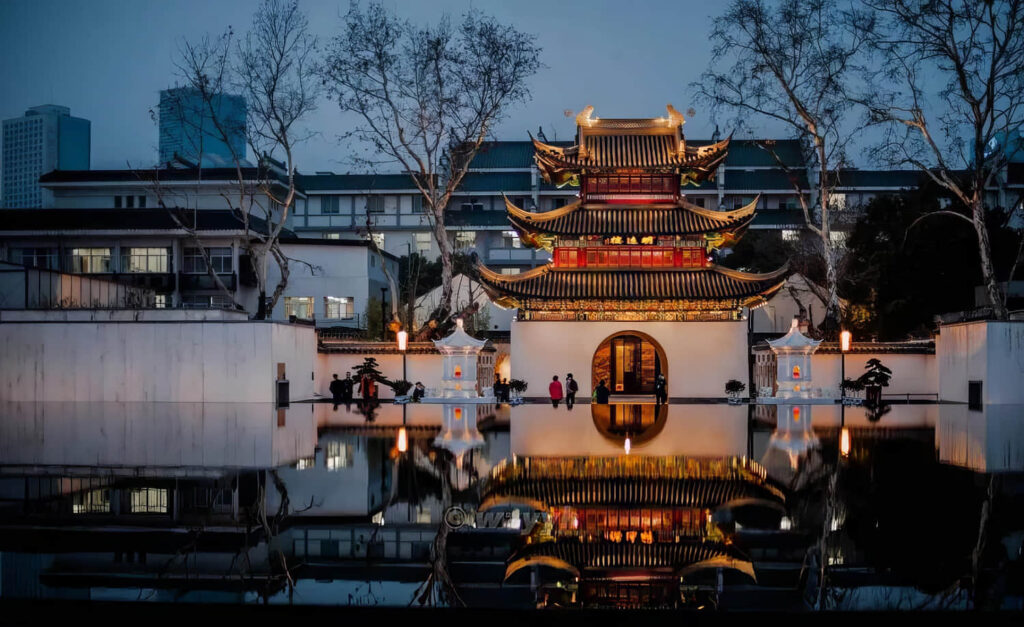
Cultural Experiences Tailored for Foreigners
Nanjing, with its rich tapestry of traditions and customs, offers a plethora of cultural experiences that are both immersive and enlightening. For foreign visitors, diving into these traditions can be a transformative journey, providing insights into the heart and soul of the city. Here’s a curated list of cultural experiences in Nanjing that are tailored to offer a deeper understanding and appreciation of its heritage:
Traditional Tea Ceremonies
Nanjing Yuhuatai Tea House: Tucked away in the scenic Yuhuatai district, this tea house offers an authentic experience of Chinese tea culture. Participate in a traditional tea ceremony, where skilled tea masters demonstrate the art of brewing the perfect cup. As the aroma of freshly brewed tea fills the air, you’ll learn about the significance of each step, from selecting the right leaves to appreciating the nuanced flavors. It’s not just about sipping tea; it’s a meditative experience that calms the mind and soothes the soul.
Nanjing Cuisine Tasting Sessions
Gaochun Old Street: A culinary journey awaits you at Gaochun Old Street, renowned for its traditional Nanjing dishes. Join a guided food tour, where local chefs introduce you to delicacies like Salted Duck, Lion’s Head Meatballs, and Tangbao (soup dumplings). As you savor each bite, you’ll discover the stories behind these dishes, understanding the intricate balance of flavors that define Nanjing cuisine.
Local Festivals and Events to Look Out For
Qinhuai Lantern Festival: Held during the Lunar New Year, the Qinhuai Lantern Festival is a visual spectacle. The banks of the Qinhuai River come alive with thousands of illuminated lanterns, each telling a unique story. Participate in lantern-making workshops, enjoy traditional performances, and immerse yourself in the festive spirit that encapsulates the city’s cultural ethos.
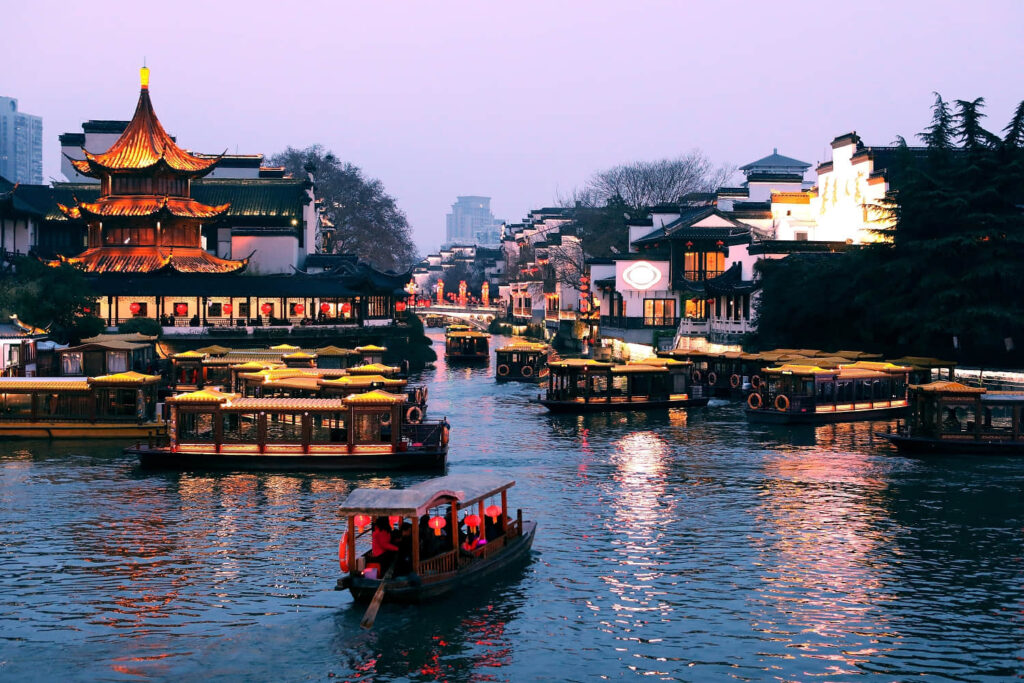
Plum Blossom Festival: Celebrating the blooming of plum blossoms, this festival at the Purple Mountain offers a sensory delight. Walk through orchards adorned with pink and white blossoms, attend poetry sessions, and indulge in plum-inspired delicacies. It’s a celebration of nature, art, and culture, all rolled into one.
Engaging in these cultural experiences provides foreign visitors with a unique lens to view Nanjing. It’s an opportunity to move beyond the tourist trails and connect with the city’s essence. From savoring traditional dishes to partaking in age-old customs, these experiences promise a deeper understanding of Nanjing’s cultural fabric. So, dive in, embrace the traditions, and let Nanjing’s cultural richness envelop you in its warm embrace!
Popular Food
One of the greatest pleasures of traveling is indulging in local cuisine, and Nanjing will not disappoint. The city’s diverse food scene offers a myriad of tantalizing flavors and unique dishes that will leave your taste buds begging for more.
Salted Duck: A signature dish of Nanjing, the salted duck is known for its tender meat and aromatic flavor. The duck is marinated in a mixture of salt and various spices, then steamed to perfection. The result is a delicacy with a slightly salty taste and a melt-in-the-mouth texture.
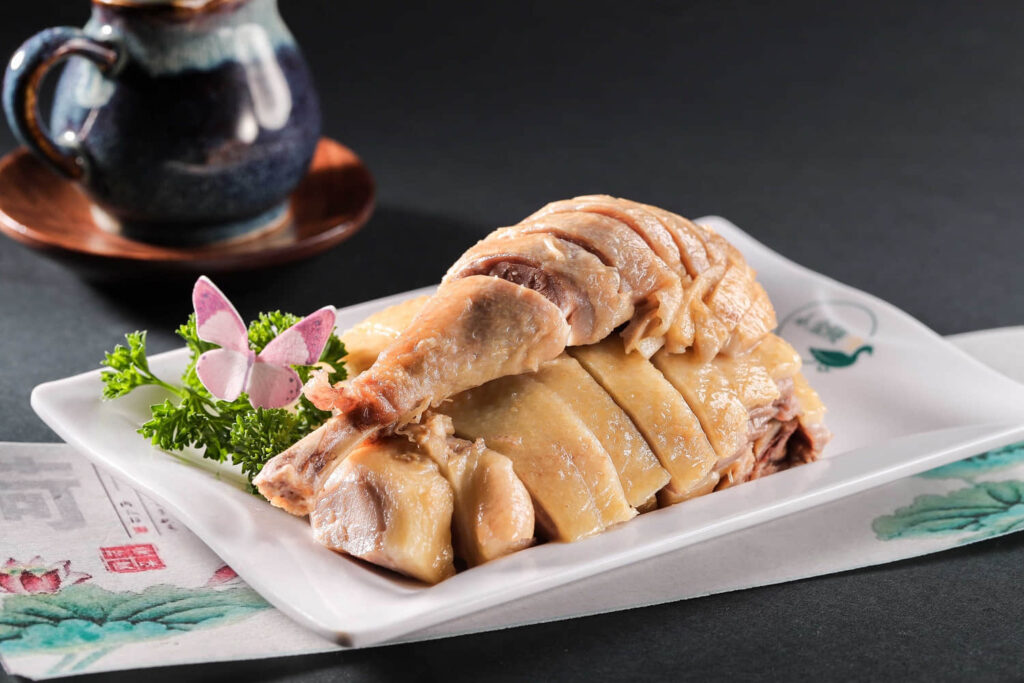
Duck Blood and Vermicelli Soup: This might sound unusual to some, but this soup is a local favorite. Made with duck blood jelly and soft vermicelli noodles, the soup is both rich and refreshing, offering a unique taste experience.
Nanjing Roast Duck: While Beijing has its famous Peking duck, Nanjing boasts its own version of roast duck. Crispy on the outside and juicy on the inside, the Nanjing roast duck is seasoned with a special blend of spices and roasted to golden perfection.
Tang Bao: These are soup-filled dumplings that burst with flavor upon the first bite. The thin skin of the dumpling encases a rich broth and a filling, usually made of pork or crab meat.
Pan-fried Beef Dumplings: A crispy delight, these dumplings are filled with juicy beef and pan-fried until they achieve a golden-brown crust. They are best enjoyed with a side of tangy dipping sauce.
Steamed Lotus Root Stuffed with Sweet Sticky Rice: A perfect blend of sweet and savory, this dish features lotus roots filled with glutinous rice and red bean paste. It’s then steamed and often drizzled with osmanthus syrup, offering a delightful contrast of flavors.
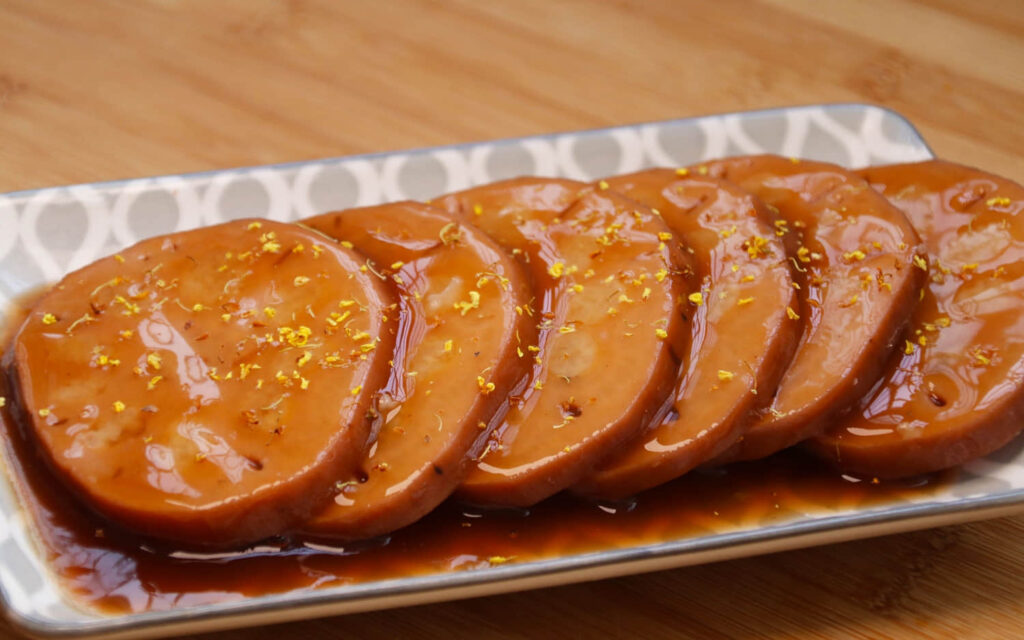
In Nanjing, food is more than just nourishment; it’s an exploration of culture and history. Each dish tells a story, making your culinary journey just as rich and fulfilling as your sightseeing adventures. So, grab your chopsticks and dive into the delicious world of Nanjing cuisine.
The Best Time to Visit Nanjing
Nanjing, with its distinct seasonal variations, offers a unique charm throughout the year. However, if you’re looking to experience the city in its prime, certain periods stand out.
Spring (March to May): As the city awakens from its winter slumber, spring in Nanjing is a sight to behold. The blossoming plum trees at Purple Mountain paint the landscape in hues of pink and white, making it an ideal time for nature enthusiasts and photographers.
Autumn (September to November): With pleasant temperatures and golden gingko-lined streets, autumn offers a comfortable and picturesque setting for exploration. The city’s parks and lakes, adorned in autumnal colors, provide a serene backdrop for leisurely strolls.
Important Events:
- Qinhuai Lantern Festival (Lunar New Year): A radiant spectacle, the banks of the Qinhuai River come alive with illuminated lanterns, traditional performances, and festive fervor.
- Plum Blossom Festival (Late February to March): Celebrating the city’s iconic plum blossoms, this festival at Purple Mountain is a blend of nature, art, and culture.
While summer can be hot and humid and winter a tad chilly, the cultural events and scenic beauty during these seasons still make Nanjing worth a visit. Ultimately, the best time depends on your preferences, but rest assured, Nanjing’s allure is evergreen!
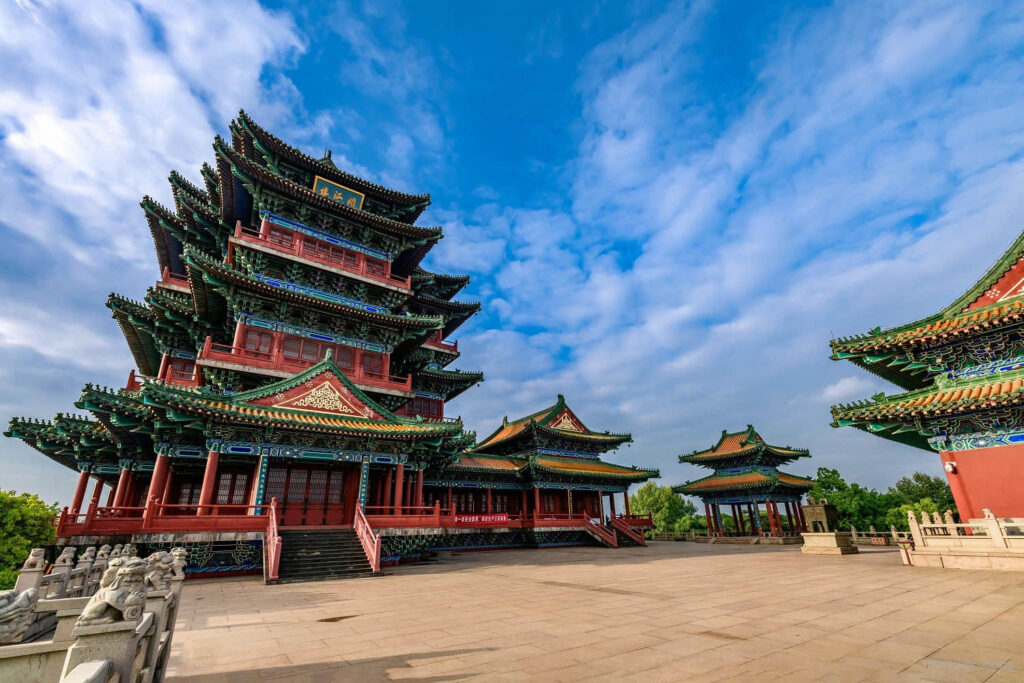
As our journey through Nanjing comes to a close, it’s evident that this city is more than just a destination; it’s an experience. From its ancient relics echoing tales of bygone eras to its modern-day vibrancy, Nanjing is a harmonious blend of the past and the present. For the first-time foreign visitor, the city offers a treasure trove of discoveries, be it in its historical landmarks, culinary delights, or natural wonders.
But beyond its attractions, it’s the spirit of Nanjing that leaves a lasting impression. The warmth of its people, the richness of its culture, and the rhythm of its daily life make every moment in the city memorable.
So, whether you’re a history buff, a nature lover, or a culinary enthusiast, Nanjing has something for everyone. And as you embark on your adventures, remember that the city’s essence lies not just in its sights but in its stories, waiting to be heard and shared.
With this, we extend a warm invitation to explore Nanjing, to immerse yourself in its tapestry of experiences, and to create memories that will last a lifetime.
Suzhou Travel Guide: Dive Deep into the Culture of the Venice of the East
15 best places to visit in china: from natural wonders to historic sites.
- 86-19138970032 (GMT+8 18:00~09:00)

- Beijing Xian Tours
- Shanghai Beijing Tours
- Hong Kong Guilin Tours
- Hangzhou Suzhou Tours
- Kunming Lijiang Tours
- Shanghai Yangtze Cruise Tours
- Chengdu Tibet Tours
- More Short Stay Tours
- China Tours in January
- China Tours in February
- China Tours in March
- China Tours in April
- China Tours in May
- China Tours in June
- China Tours in July
- China Tours in August
- China Tours in September
- China Tours in October
- China Tours in November
- China Tours in December

- High Speed Trains
- China Yangtze Cruise Tour
- Photography
- Desert Adventure
- Ethnic Villages
- Biking Tours
- Kung Fu Tours
- Heritage Sites Exploration
- China Spring Tours
- China Summer Tours
- China Autumn Tours
- China Winter Tours

- Best-value Yangtze Cruises
- Top Family-friendly Cruise Ships
- Top 3 Luxury Yangtze River Cruises
- Yangtze River Highlights
- Yangtze River Cruise Routes
- Upstream or Downstream?
- Dining & Drinking
- Accommodations
- On-board Activities
- Yangtze Cruise Booking Steps

- Inner Mongolia

- Fanjingshan
- How to Plan Your First China Tour
- How to Plan Beijing Tour
- How to Plan Xian Tour
- How to Plan Shanghai Tour
- How to Plan Guilin Tour
- How to Plan Sichuan Tour
- How to Plan Family Tour
- 2024 China Travel Ideas
- Best Time to Visit China
- What to Pack for Your China Journey
- Updated China Travel News
- Ultimate Chinese Visa Guide
- Chinese Visa Types
- Chinese Visa Requirements
- Do I Need a Visa for China
- Chinese Visa Application
- Chinese Visa Exemptions
- 144-hour Visa Free
- Shenzhen Visa on Arrival
- Hainan 30-day Visa Free
- Embassies & Consulates
- Invitation Letter
- Useful Visa FAQs & Tips
- Entry Regulations
- Baggage Allowance
- Customs Declaration
- Exit Regulation
- How to Book Train Tickets
- How to Collect Train Tickets
- How to Cancel & Alter Train Tickets
- How to Read Train Tickets
- China High Speed Train Types
- Seats Class & How to Choose
- Friendly Facilities on the Train
- The Train Station Departure Process
- Available Food and Drinks on the Train
- Western Toilets on the Train
- Luggage Racks & Baggage Allowance
- Beijing Train Stations
- Shanghai Train Stations
- Guilin Train Stations
- Xian Train Stations
- Chengdu Train Stations
- Hong Kong West Kowloon Railway Station
- Beijing - Xian
- Beijing - Shanghai
- Guangzhou - Shanghai
- Shenzhen - Shanghai
- Chengdu - Xian
- Shanghai - Hangzhou
- Shanghai - Xian
- Chengdu - Chongqing
- Kunming - Lijiang
- Beijing Capital International
- Beijing Daxing International
- Shanghai Pudong International
- Shanghai Hongqiao International
- Guangzhou Baiyun International
- Hangzhou Xiaoshan International
- Chengdu Tianfu International
- Chengdu Shuangliu International
- Xian Xianyang International
- Shanghai - Beijing
- Hong Kong - Shanghai
- Guangzhou - Beijing
- Chengdu - Lhasa
- Shanghai - Guilin
- Shanghai - Sanya
- Travel in Spring Season
- Travel in Summer Season
- Travel in Autumn Season
- Travel in Winter Season
- Weather in January
- Weather in February
- Weather in March
- Weather in April
- Weather in May
- Weather in June
- Weather in July
- Weather in August
- Weather in September
- Weather in October
- Weather in November
- Weather in December
- Top 10 China Destinations
- Top 15 Things to Do
- China World Heritage Sites
- Top 10 Best Natural Beauties
- Top 10 Museums in China
- Top 10 Old Towns & Villages
- Five Great Mountains in China
- Top 10 Monasteries & Temples
- Top 10 Ski Resorts
- Top 10 Beautiful Lakes in China
- 7 Best Beaches in Sanya
- Top 6 Beautiful Waterfalls
- Panda Volunteering
- Having fun on Ice and Snow Festival
- About Us Who We Are Our Team Why Travel with Us Feedback & Reviews Travel Stories Travelers' Gallery Payment Guide Customer Support Contact Us
- Tour Experiences
Destinations
- Travel Guide

Nanjing Travel Guide 2024
Nanjing (南京), known as Jinling (金陵) in ancient times, is a historical city in southern China and current capital city of Jiangsu Province, one of the most developed provinces in China. It used to be an important capital of ancient China. There were six traditional Han Chinese regimes including the Eastern Wu, Eastern Jin, Song, Qi, Liang, and Chen once established their capitals in Nanjing, which is the reason why historians also call Nanjing as "the ancient capital of the Six Dynasties." The Republic of China also set Nanjing as its capital.
Nanjing has glorious pride of being powerful capital, also has sad and unbearable war memory especially of the callous Nanjing Massacre. Famous Chinese novelist Zhu Ziqing (朱自清) wrote in his prose "Nanjing" that, "Walking in Nanjing is like visiting an antique shop. There are traces of erosion from the era everywhere. You can touch and grieve the past time, or let you mind be free, or think of the rise and fall of the Six Dynasties, the romance of Wang Xie families, the shaowy geisha on Qinhuai River." Nowadays, Nanjing can still be regarded as China’s "antique shop", filled with unique charms of ancient capital and beautiful stories hidden in the foothills of the Purple Mountain, the Qinhuai River, at the foot of the Ancient City Wall, in the old streets and deep alleys.
Taking off the quaint coat of "Ancient Capital", Nanjing is also a fashionable city of literature and art. The artistic atmosphere of Nanjing has been cultivated since the beginning of the 20th century, and can be felt when you walking into those century-old campuses and admiring the retro and beautiful school buildings and the youthful faces. Nanjing is modern and vibrant. You can feel the strong heartbeats of the city when you stepping on the prosperous and clean streets, looking up its high-rising skyscrapers, or getting close to the fashionable urban life of local teenagers.
The intersection of classicism and fashion, the blend of nature and culture will definitely bring you a different memory.
Why Visit Nanjing, China
- Dig deeper into Chinese history of recent 600 years – Nanjing preserves an important part of China’s history especially of Ming & Qing Dynasties and Republic of China which relates about 14th~20th century. To find out ups-and-downs in this legendary time, Nanjing is one of the two best places (another being Beijing);
- Authentic Chinese culture - as an ancient capital as well as one of the most prosperous cities in China, Nanjing offers many authentic cultural experience, including imperial culture, Buddhism, Confucianism, port & trading, Yangtze River, etc.
- Diverse things to do - on your Nanjing trip, you can visit Nanjing Museum (one of four greatest in China), pay your respect to great revolutionist – Dr Sun Ye-tse who was one of the greatest leaders of democratic movement in Asia, go for a leisure walking on the ancient City Wall, enjoy a relaxing cruise on Qinhuai River, etc.
- Convenient access - the area where Nanjing is located in has the most developed transportation network. You can easily get to Nanjing by flight, train even cruise. Travelers usually travel to Nanjing from nearby Shanghai, Hangzhou, Suzhou, etc.

Top Nanjing Attractions
You can never get bored in Nanjing as there are so many places you can go, no matter you prefer historical sites, temples, or local parks, mountains, etc. Fortunately, most of Nanjing's popular attractions are coveniently located in downtown area, which make it possible for travelers explore all in 2~3 days. Below are top 8 Nanjing attractions to visit. Check all Nanjing attractions >
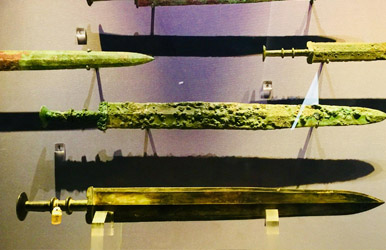
Nanjing Museum
Nanjing Museum collects 371,032 pieces (sets) of precious cultural relics from from the Paleolithic age to the present, ranking second in Chinaone of the three major museums in China...
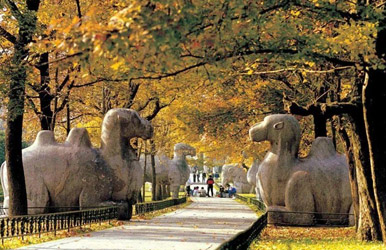
Xiaoling Tomb
Xiao Ling is the tomb of Zhu Yuanzhang who founded Ming Dynasty. Its best experience is to walk at leisure to the mausoleum along the Sacred Road which is guarded by giant stone sculptures of various animals and generals from ancient time.
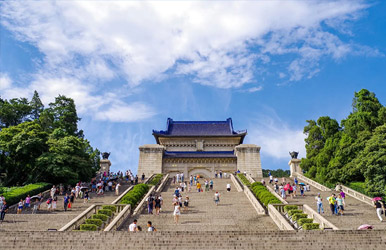
Zhongshan Ling
Zhongshan Ling is the mausoleum park of Sun Yat-sen who was the leader of the Chinese revolution in 20th century. It is seen as China's version of the Lincoln Memorial.
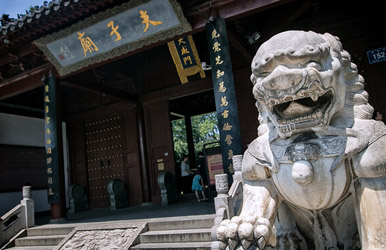
Confucius Temple
Confucius Temple is also known as Fuzi Miao. It was built in about 1000 years ago, and now one of the most important temples to worship the siege Confucius. You can visit the temple with nearby Qinhuai River.
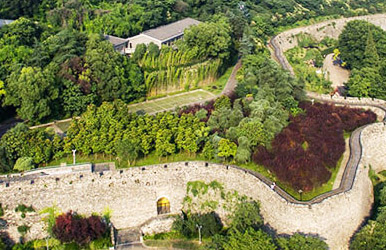
Ancient City Wall
The Ancient City Wall of Nanjing is the longest, largest, and best-preserved ancient city wall in the world. It was built about 650 years ago, with about 25 km remaining well.
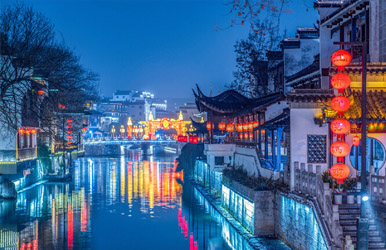
Qinhuai River
Qinhuai River area is the popular place to explore the local lifestyle, wander around and enjoy night views. You can also take a colorfully decorated boat to ride on this ancient river, which will be a memorable experience.
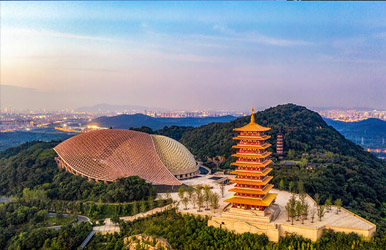
Niushoushan
Niushoushan Forest Park collectively exhibits and preserves the treasure of the Buddhist world - the world's only parietal relic of Buddha. It has amazing Buddhist palaces, temples, pagodas and pleasant landscapes.
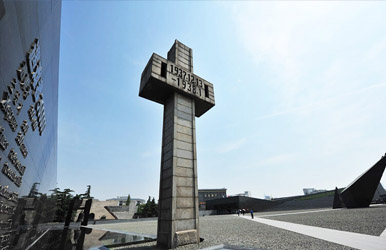
Nanjing Massacre Memorial Hall
It records the most painful memory of Nanjing people. The site now is also an influential museum to educate people not to forget the pain of war, and call for the forever peace for mankind.
Featured Activities in Nanjing
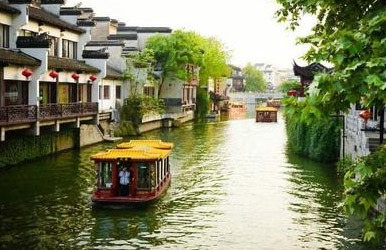
Boating & Cruise
Qinhuai River flows through historical blocks of Nanjing especially the Confucius Temple area, which offers you a very enjoyable scenic cruise with a specially atmosphere of traditional Chinese culture. You can also find an interesting boating program in Xuanwu Lake near the city wall.
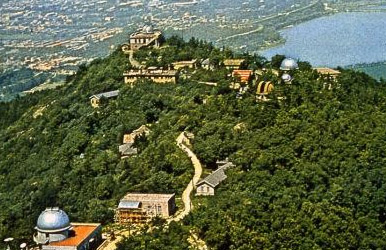
Purple Mountain Hiking
The Purple Mountain is only about 450 meters high, but stretches vastly. It is full of greenery. There are many parks and historical sites on the mountain, which provides you a different kind of hiking – scenic walking with historical experiences and city panoramic views.
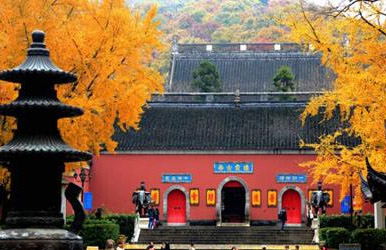
Buddhist Events & Festivals
Nanjing has many influential Buddhist temples, such as Niushoushan Temple, Bao’en Temple, Jiming Temple, Linggu Temple. The most influential one is Niushoushan Temple which worships the holiest Buddha’s Parietal Relic, the only one of its kind in the world. There are many events and festival held in above temples throughout the year.
Nanjing Weather & Best Time to Visit
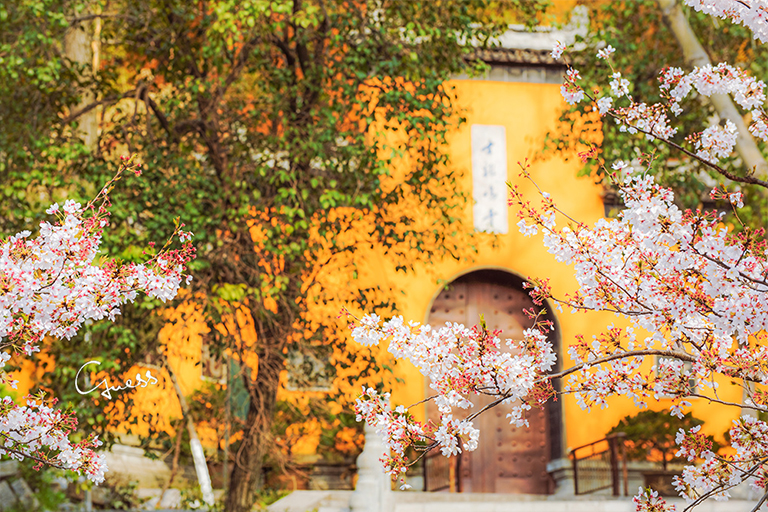
Nanjing has a humid subtropical climate with four distinct seasons. Its yearly average temperature is about 15 °C. July is the hottest month. The temperatures can reach about 35 °C~40 °C. January is the coldest month with an average temperature about 4 °C. Rain is plentiful. Spring season (March, April, and May) is usually windy, chilly and getting warm gradually with temperatures ranging 5 °C ~ 26 °C. You can you can feast your eyes on numerous flowers, such as peach blossoms, plum flowers, orchids, sakuras, begonias, etc. Summer (June, July and August) is often hot and rainy. You can escape heat in the Purple Mountain or Xuanwu Lake. Autumn (Sept, Oct, Nov) is usually cool and confortable, as the best time to visit Nanjing. It is the best time to wander on the City Wall, hike Qixia Mountain, cruise on Qinhuai River and appreciate red leaves. Winter (Dec, Jan, Feb) is cold (-1°C ~ 17°C) and dry, but still a good time to visit Nanjing when the tours cost less and the city receives less tourists. Leather jacket, down coats, thick sweaters are necessary to keep you warm.
Learn more about Nanjing Weather >>
Nanjing Transportation – How to Get to & around Nanjing
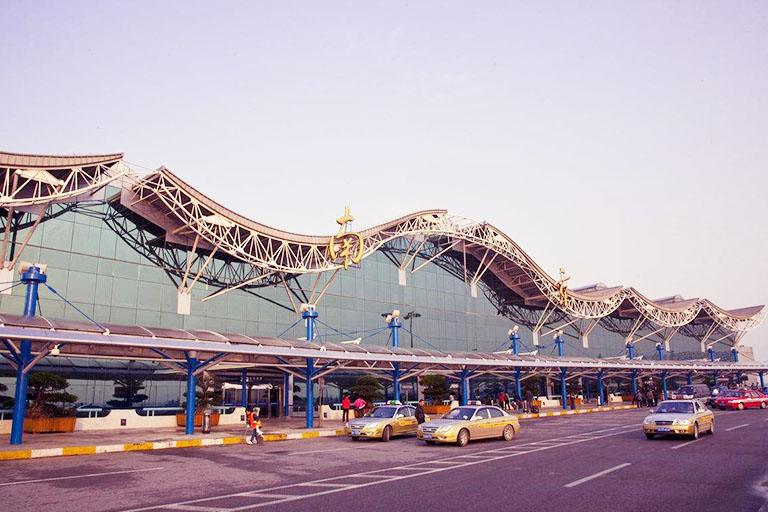
How to Get to Nanjing
Nanjing is located in Jiangsu Province of eastern China, only about 300 km from Shanghai, 230 km from Suzhou and 280 km from Hangzhou but 1000km far away from Beijing. It is fully connected with outside world by flight, train and cruises. Most of visitors take Nanjing as their side trips from Shanghai.
Nanjing Airport & Flights
Nanjing Lukou International Airport (南京禄口国际机场) is the only airport in Nanjing City. It operates more than 135 domestic and 23 international flights. Popular domestic flights to/off Nanjing are Beijing-Nanjing (2h), Guangzhou-Nanjing (2h15min), Chengdu-Nanjing (2.5h), Xian-Nanjing (2h), Guilin-Nanjing (2h), Kunming-Nanjing (2h40min), Chongqing-Nanjing (2h), etc. The airport also operates flights from Hong Kong, Kuala Lumpur, Osaka, etc. Nanjing Lukou International Airport is about 42km from Nanjing downtown. After arriving at the airport, you can transfer to Nanjing city by taxi or subway, which usually takes about 2 hours.
There are two train stations in Nanjing serving for passenger transport – Nanjing South Railway Station and Nanjing Railway Station. Generally speaking, both two train stations operate high speed trains to/off but Nanjing South has more schedules, but Nanjing Railway Station is closer to downtown than Nanjing South. You can book your train accordingly.
Getting Around Nanjing
You can get around by train, subway, taxi, tourist bus and cruise according to your schedule and the places you want to go. Most of the highlighting attractions are located in old town area near the City Wall which can be arrived by subway and taxi conveniently. As a popular tourist destination, there usually are many tourists in Nanjing. It is strongly recommended to travel in and around Nanjing with our Nanjing tour package which covers private car transfer, tour guide, hotel, etc. to escape the crowds.
Know more details about Nanjing Transportation >>
Nanjing Accommodation & Where to Stay in Nanjing
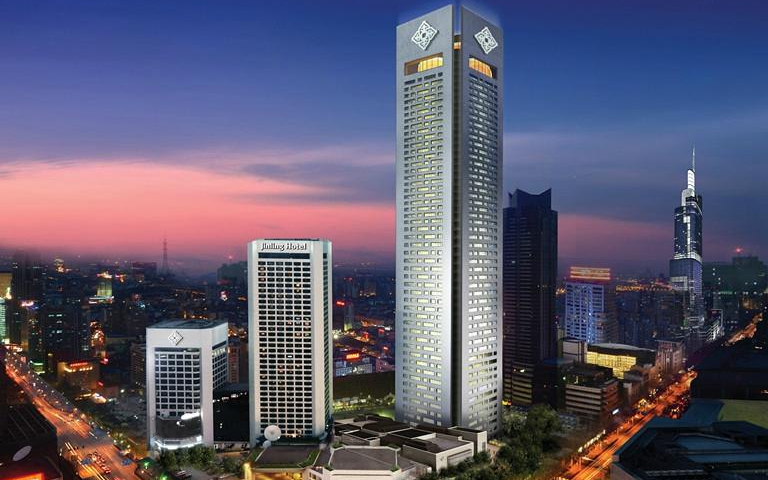
To get the best experiences in Nanjing, you are suggested to spend 2 or more nights in Nanjing. As one of the most developed cities in China, Nanjing always welcomes its visitors with flexible accommodating choices from a variety of hotels, ranging from local inns and hotels of economy class to high-end luxury hotels. But since Nanjing is a big city, you’d better stay in a well-located hotel which has convenient access to food streets, shopping mall, attractions and transportation centers. Currently the three most popular accommodating areas are Nanjing Downtown Area, Confucius Temple & Qinhuai River Area and Xuanwu Lake Area.
Recommended hotels in Nanjing Downtown Area: Jinling Hotel Nanjing ★★★★★ / The Ritz-Carlton, Nanjing ★★★★★ / Novotel Nanjing Central Suning ★★★★★
Recommended hotels in Confucius Temple & Qinhuai River Area: Holiday Inn Nanjing Aqua City ★★★★★ / Jizi Hotel (Confucius Temple) ★★★
Recommended hotels in Xuanwu Lake Area: InterContinental Nanjing ★★★★★ / Shangri-La Hotel Nanjing ★★★★★/ Holiday Inn Nanjing Xuanwuhu Lake ★★★
Know more details about Nanjing Accommodation & Where to Stay >>
Useful Nanjing Maps
To help you learn more about Nanjing’s location, attraction, transportation and other useful travel information, we have designed many useful for you. Find more useful Nanjing Maps >> .
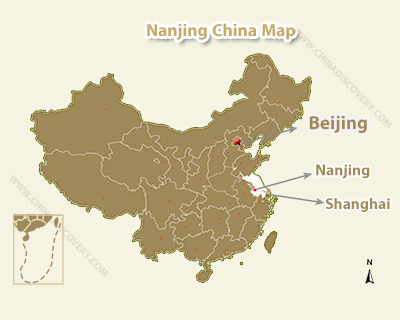
Nanjing China Map
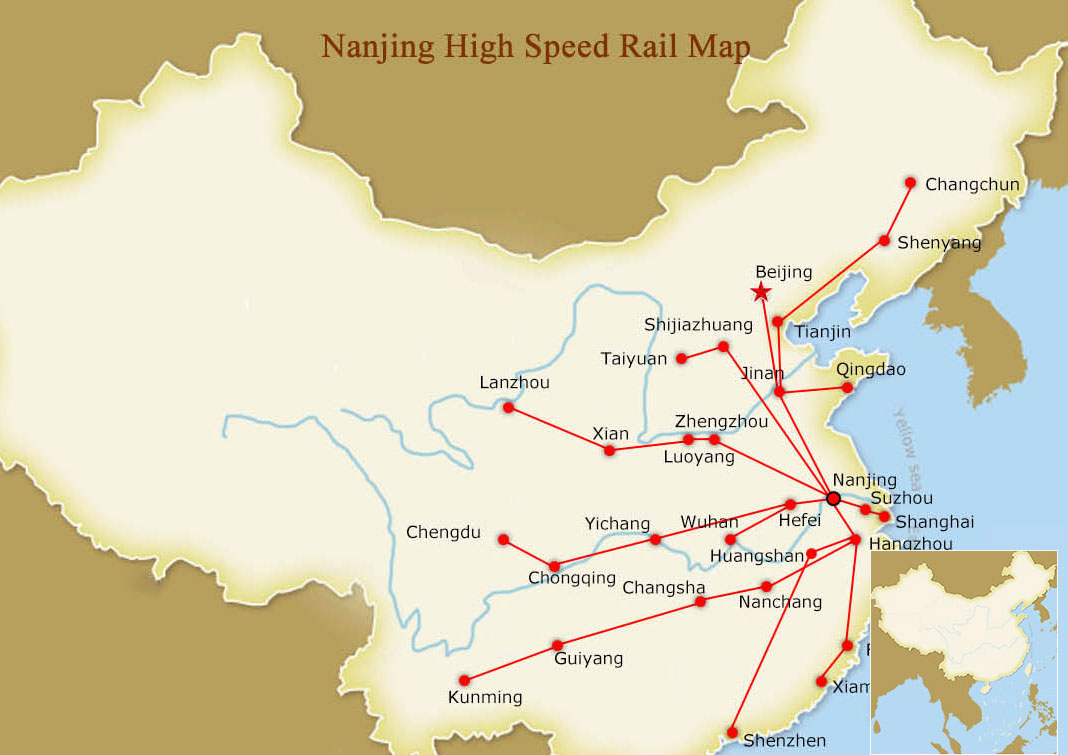
Nanjing Railways Map
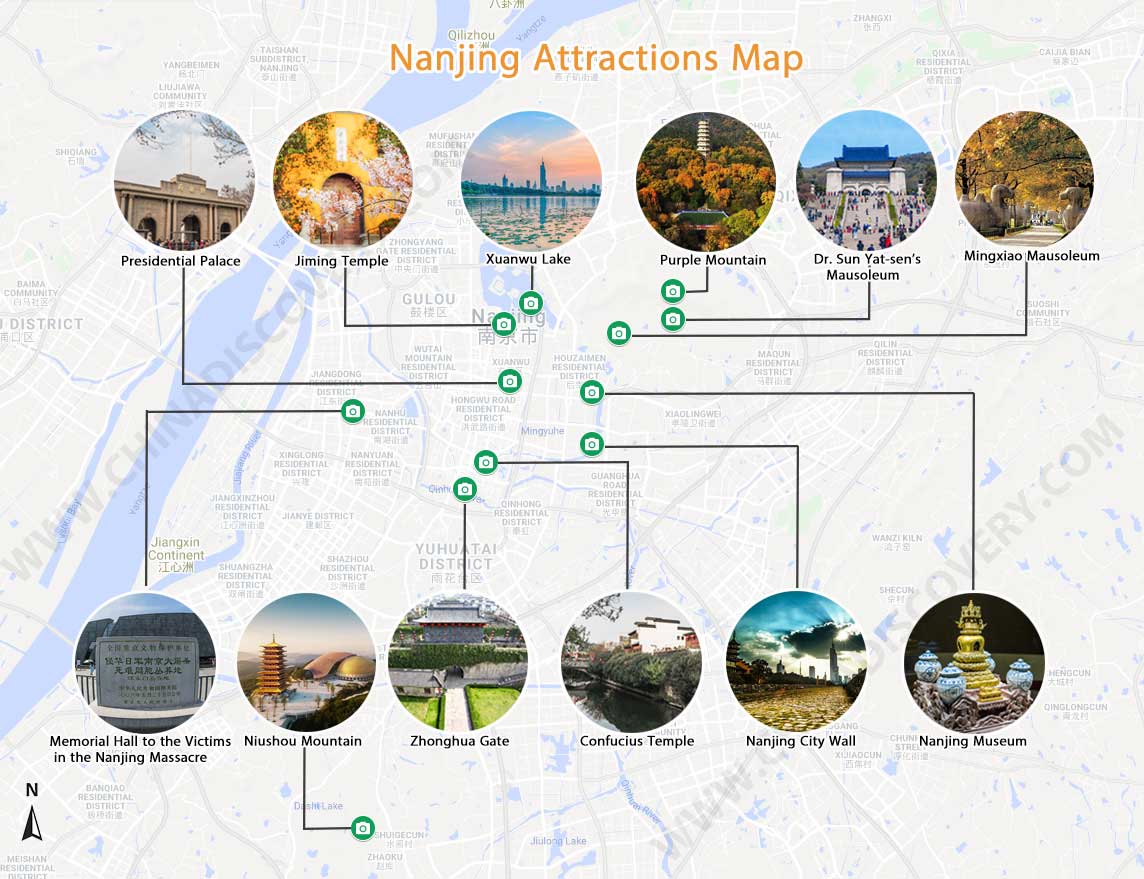
Nanjing Attractions Map
Other Destinations near Nanjing
Nanjing can be visited separately or be explored together with nearby Shanghai, Hangzhou, Suzhou, Huangshan, etc. A classic trip to above all places usually needs about 7~8 days. If you are planning a long vacation in China, you can travel Nanjing with other popular destinations, such as Beijing, Xian, Guilin, Zhangjiajie, etc. Check all destinations in China.
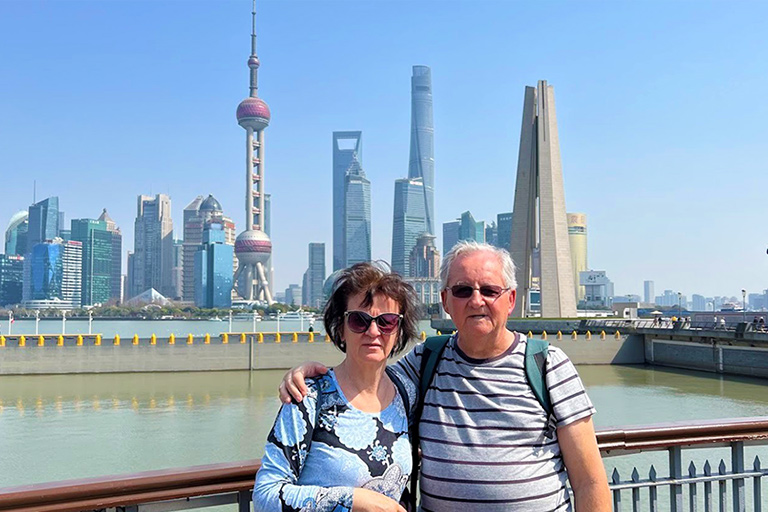
Chinese Name: 南京
Chinese Pinyin: nán jīng
English IPA: /'næn'dʒiŋ/
Population: 8.5 million
Language: Mandarin & Nanjing Dialect
Tel Code: 025
Zip Code: 320100
Time Zone: (UTC+8)
Plan Your Nanjing Tour
Generally, to explore the cultural and natural highlights of Nanjing , 2 ~ 3 days are needed. You can pay a visit to Sun Yat-sen Mausoleum (the tomb of Dr. Sun Yat-sen, the Father of Modern China), take a walk in Confucius Temple Area along the Qinhuai River, climb up the ancient City Wall, and know a part of heavy history and cherish peace in the Memorial Hall of the Victims in Nanjing Massacre .
If you want to explore more about Jiangsu Province, you can travel to Suzhou - the city of classical gardens and silk, Wuxi - a beautiful lakeshore city, Yangzhou - old culture center of southern China, etc. Check more about Jiangsu Tours>
If you have more days, you can expand your Nanjing trip to Shanghai - modernest metropolis in China, Hangzhou - home to picturesque West Lake, and Huangshan - magnificent Yellow Mountain and Hui-style ancient villages. Or you can contact us to customize a trip according to your own itinerary and interests. Just tell us your needs and we will take care of everything, you just need to focus on sightseeing!
Recommended Tours
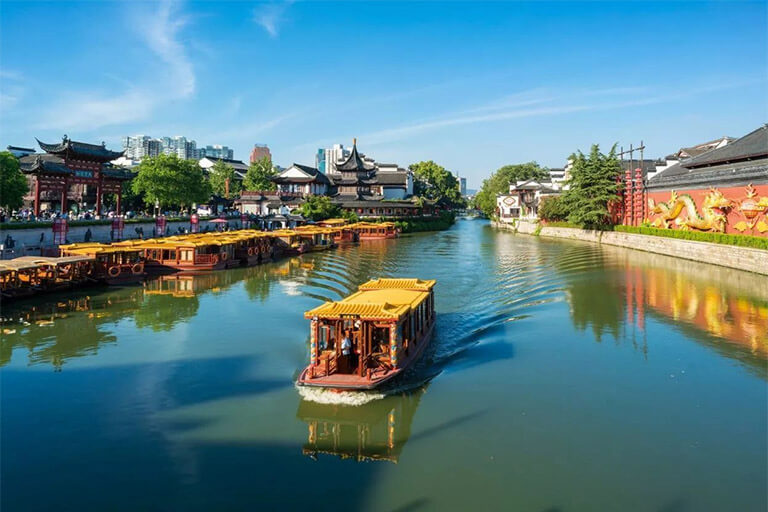
Suzhou / Wuxi / Nanjing
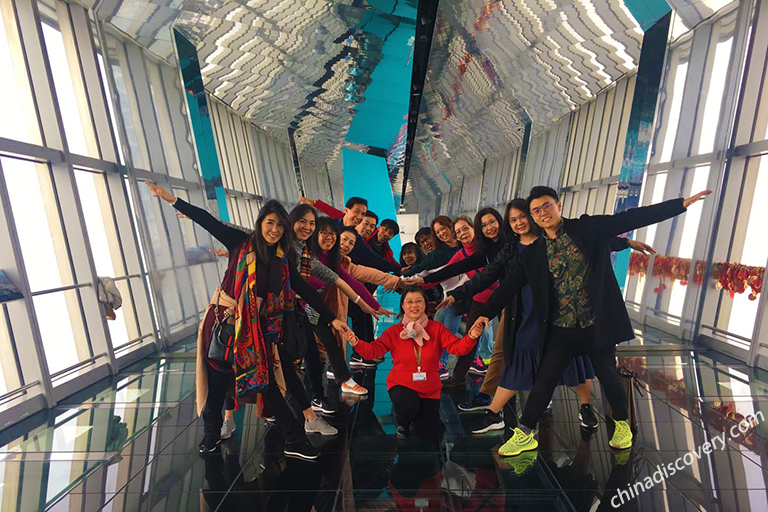
Shanghai / Nanjing
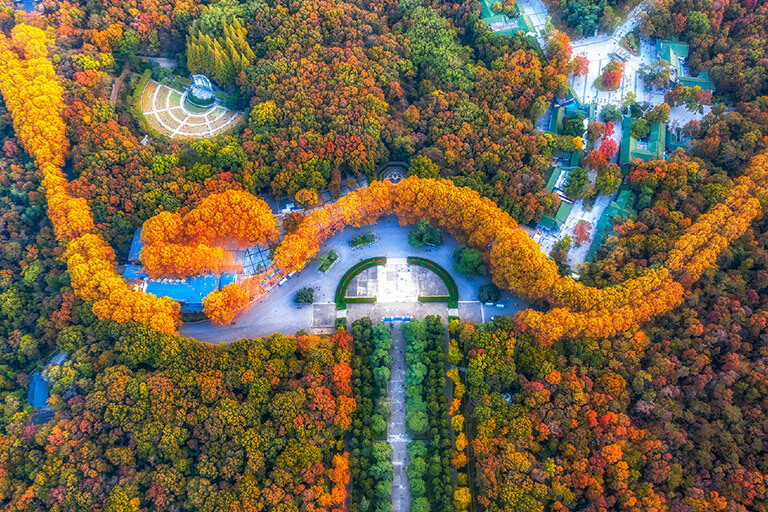
Nanjing / Suzhou / Hangzhou / Shanghai
Start planning your tailor-made holiday to China by contacting one of our specialists. Once inquired, you’ll get a response within 0.5~23.5 hours.

- Affordable and valuable price
- 100% tailor-made packages
- Highly rated customers reviews
- Efficient customer support
China Tours
- Top 10 China Tours
- Classic China Tours
- China Tours from Beijing
- China Tours from Shanghai
- China Tours from Hong Kong
- China Tours from Chengdu
- Short China Trips
- Customize China Tour
- China Panda Tours
- Family Tour with Kids
- High-Speed Train Tour
- Silk Road Travel
- Yangtze River Cruise
- Hiking & Trekking Tours
- Photography Tours
- China Minority Travel
- Beijing Shanghai Tours
- Shanghai Yangtze Tours
- Chengdu Jiuzhaigou Tours
- Chengdu Lhasa Tours
- Suzhou Hangzhou Tours
- Guilin & Yangshuo
- Zhangjiajie
“Very good experience”
“WONDERFUL 25 DAYS IN CHINA - PRIVATE TOUR”
“Awesome China tour from northeast to southwest”
Any questions, please email us at: [email protected] or call us at: 86-19138970032 (Monday-Friday 9 a.m. to 6 p.m. GMT+8)
- Terms & Condition
- Privacy Policy
- Customer Support
Copyright © 2011-2024. All rights reserved.
Cookie policy
We use cookies to give you the best experience on our website. Continue using our website means you agree with our cookie policy. For more info, please read here .
- Find a Tour
- China Tours
- Student Tours
- MICE Travel
- Destinations
- Virtual Tours

- Travel Guide
- Sights & Activities
Its name literally translating to “Southern Capital”, the city of Nanjing lies on the lower reaches of the Yangtze River and is the capital of Jiangsu province. Nanjing was the capital of the Ming dynasty and later the Republic of China, before Beijing (Northern Capital) took that crown away.
Things to Do and Travel Advice
While the Great Wall is an instantly recognizable icon, not many people have heard about Nanjing Ming City Wall , which is the longest circular city wall in the entire world. Built between 1366 and 1386 by Ming dynasty emperor Zhu Yuanzhang to protect the founding capital of the Ming Dynasty, the original city wall was 35 kilometers long. About 25 kilometers of the original structure remain today. The wall is an average of 12 meters tall and 7 meters wide.
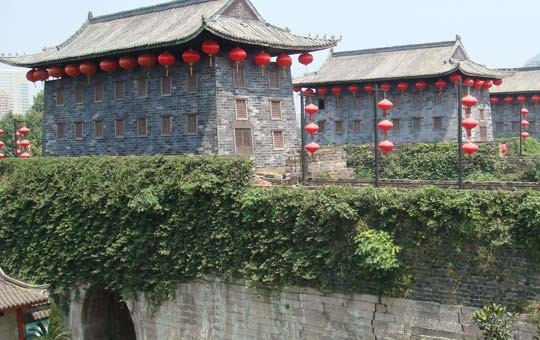
Nanjing was also the birthplace of the Republic of China, whose founder Sun Yat-sen is buried there in an 80,000-square-meter mausoleum. In order to reach Sun Yat-sen’s mausoleum, visitors must first climb 392 steps.
Another of Nanjing’s landmarks is the Confucius Temple, also known as Fuzimiao, first built in 1034 to venerate and study the famous Chinese philosopher’s works. During the Ming dynasty, the temple was used as the imperial examination hall. Over the course of its history, the Confucius Temple has been destroyed and rebuilt several times, and it was last renovated in 1984. The modern temple holds a 4.18-meter-high, 2.5 ton bronze statue of Confucius.
Nanjing was also the scenario of one of China’s most tragic and darkest episodes: the Nanjing Massacre. The Memorial Hall of the Victims of the Nanjing Massacre was built to commemorate those who lost their lives in some of the most horrific crimes ever committed in China. There are photos, documents, weaponry, testimonies from survivors, and a mass grave in the Museum.
For those looking to get back to nature, Nanjing also offers several options. Xuanwu Lake Park, a 472-hectare natural reserve surrounded by water, is located in the middle of the city. The park used to be China’s largest imperial lake garden.
One of Nanjing's biggest highlights are its hot springs, which are not well known outside of China. Just an hour drive east of downtown lies Tangshan, home to some of the best hot springs in China. Tangshan has several spas and resorts for travelers who would like to spend some time relaxing away from the rapid rhythm of city life.
Best Times to Visit
Nanjing is a fabulous destination to visit at any time of the year; spring sees beautiful plum blossoms erupt across the city, while autumn offers some of the most attractive foliage in eastern China; summer is all about lotus leaves, while winter is the best time to relax in Tangshan soothing hot springs.
Customize a tour that includes a visit to this destination
Inquiry form.
- South Africa
- Afghanistan
- North Korea
- Adventure + Outdoors
- Amusement Parks
- Backpacking Trips
- Boating + Cruises
- Budget Travel
- Bus + Train Travel
- Coasts + Islands
- Country Trips
- Fall Vacations
- Family Vacations
- Green Travel
- Heritage + History
- Honeymoons + Romance
- Inspiration + Guide
- Landmarks + Attractions
- LGBT Travel
- Markets + Bazaars
- National Parks + Reserves
- Nature + Wildlife
- Parks + Gardens
- Pets + Animals
- Photography
- Airlines + Airports
- Budgeting + Currency
- Business Travel
- Celebrity Travel
- Customs + Immigration
- Deals + Rewards
- Family Travel
- Hotels + Resorts
- Luggage + Packing Tips
- Offbeat News
- Photography Tips
- Responsible Travel
- Solo Travel
- Tech + Gear
- Travel Etiquette
- Travel Warnings
- Bars + Clubs
- Celebrity Chefs
- Restaurants + Cafés
- Wine + Vineyards
- Beach Hotels
- Boutique Hotels
- Hotel Openings
- Hotel Reviews
- Luxury Hotels
- Mountain + Ski Resorts
- Spa Resorts
- Vacation Rentals
- Asia Cruises
- European Cruises
- Festivals + Events
- Museums + Galleries
- Style + Design
- Travel’s Best
- Hotel with Agoda.com
- Hotel with Booking.com

Arashiyama travel blog — The fullest Arashiyama travel guide with top…
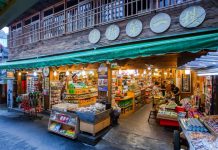
Explore Fenqihu old street — What to do in Fenqihu in…
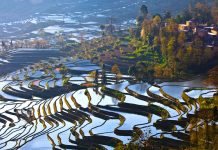
Where to go in Kunming? — 15+ top Kunming attractions &…

Must eat in Georgetown — 10+ famous, must-eat & best street…

Must eat in Melaka — 10+ famous Malacca street food &…

All about tips in Nepal — How much to tip in…

Cambodia travel tips — 15+ what to know & things to…

When is the best time to visit Kyoto? — The best,…
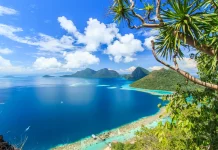
When is the best time to visit Malaysia? — The best,…

Hong Kong Soya sauce Chicken Rice and Noodles — The first…
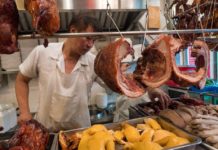
Hong Kong food culture — Hong Kong cuisine tells the historical…

Top hotels in Siem Reap — 8+ best places to stay…

Top hotels in shanghai — 15+ best hotels in Shanghai

Top hotels in Malacca — 10+ good & best hotels in…

Top places to stay in Bali — Top 10 best areas…

10 must-know things for your best first time European river cruise

Top 3 best luxury cruises in Halong Bay, Vietnam

Cherry blossom festival Korea 2024 — Top 5 cherry blossom festivals…

Ghibli museum blog — The fullest Ghibli museum guide for first-timers

Kyoto festival — Top 10 best events & most famous festivals…

National Palace Museum Taipei blog — What to see in National…

Japanese waterfall — Top 10 most beautiful waterfalls in Japan in…

19+ most beautiful towns in Europe every tourist need to visit…

Georgia travel photos — 20+ captivating photos show Georgia is heaven…

Explore Damnoen Floating Market — The oldest floating market of Thailand

Visiting Fenghuang Ancient Town — One of the most charming ancient…

Mekong Delta travel blog — Beyond rivers of Southwestern Vietnam

14 reasons why you should travel when you are young

Shigaraki Tanuki – An animal symbol of good luck in Japan

Living in the charms of cave houses in Andalucia, Southern Spain

20+ jaw-dropping tiny homes around the world
Nanjing travel blog — the fullest nanjing travel guide for first-timers.
This building stands out because it is made of stone arches and now there are mannequins depicting Chinese history inside the hall. Linggu Temple was built in 1930 and is about 10 stories high and inside the Buddhist temple there is a shrine that is said to contain the skull of a Chinese monk who came to India to collect Buddhist scriptures long ago.
- Nanjing itinerary 2 days — What to do & how to spend 2 days in Nanjing perfectly?
- Where & what to buy in Nanjing? — 7+ must buy gifts & best Nanjing souvenirs you should have
- What to do in Nanjing? — 10 top, must-see places & best things to do in Nanjing
Where to go in Kunming? — 15+ top Kunming attractions & best places to visit in Kunming
- Guide to Suzhou nightlife — 5+ what & best things to do in Suzhou at night
Confucius Temple (Fuzimiao) (# nanjing city guide)
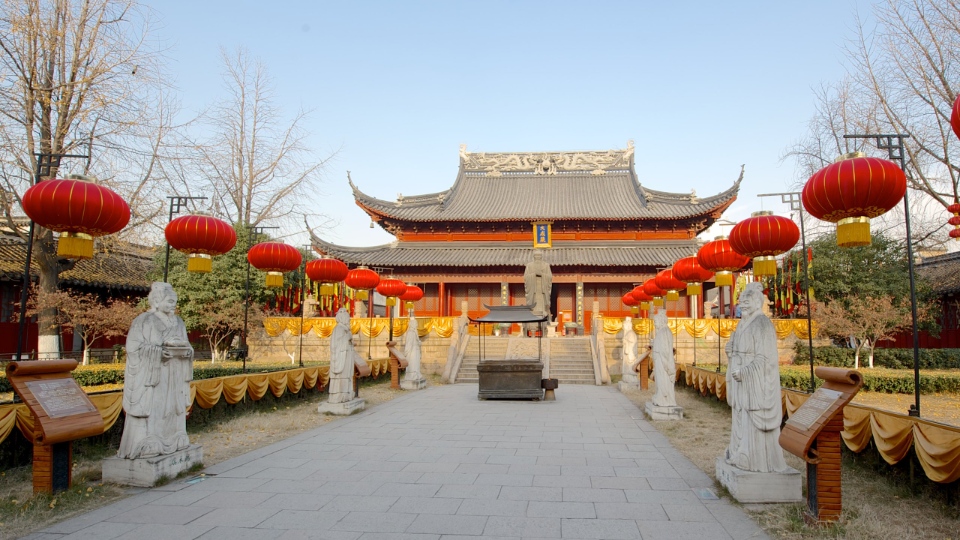
Located on Confucius Street on the north bank of the Qinhuai River in Nanjing City, the Fuzimiao is also known as the Temple of Confucius. This is a sacred place to worship the great thinker and cultural celebrity Confucius – the founder of Confucianism.
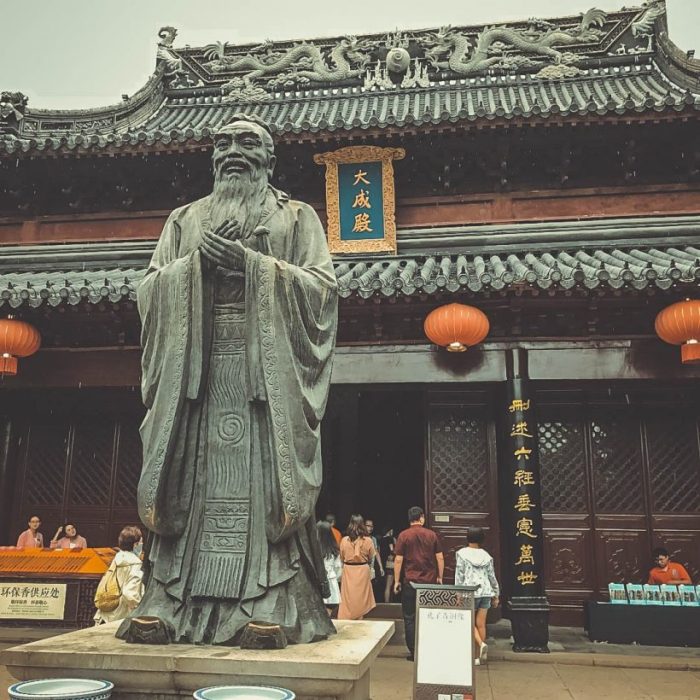
Confucius Temple is an ancient architectural complex, consisting of 3 architectural complexes: Confucius Temple, Gongyuan (Jiangnan Examination Hall) and Xue Gong (Imperial Academy). That is why the Temple of Confucius is one of the four largest literary temples in China.

Built to serve the worship of the great Chinese thinker and study the philosophy of Confucius, it is also called Fuzi Miao. Currently, this temple contains a large bronze statue of Confucius, 4.18 meters high and weighing two and a half tons.
Dr. Sun Yat-sen’s Mausoleum
Address: China, Jiangsu, Nanjing, Xuanwu, 石祥路7号 邮政编码: 210014 Hours: 8:30 AM–5 PM/Monday: Closed
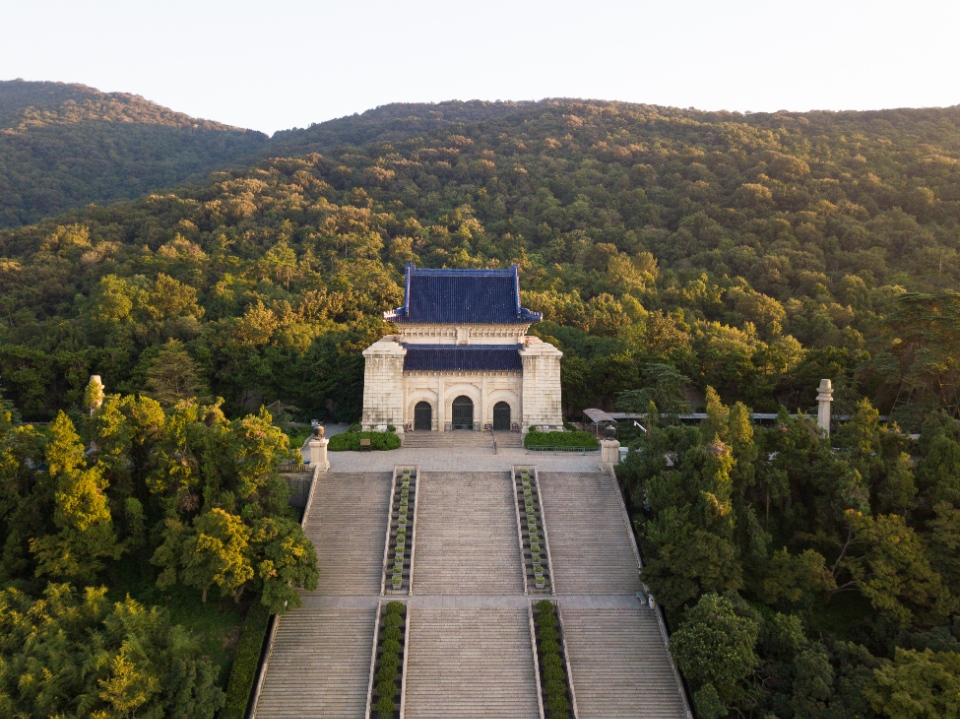
Not only famous for its ancient features, around Dr. Sun Yat-sen’s Mausoleum there is also a beautiful natural scenery that makes everyone captivated. From the vegetation, the perennial coniferous forest, the system of towering stairs,… Dr. Sun Yat-sen’s Mausoleum looks much more majestic, spectacular and larger.

Xuanwu Lake Park
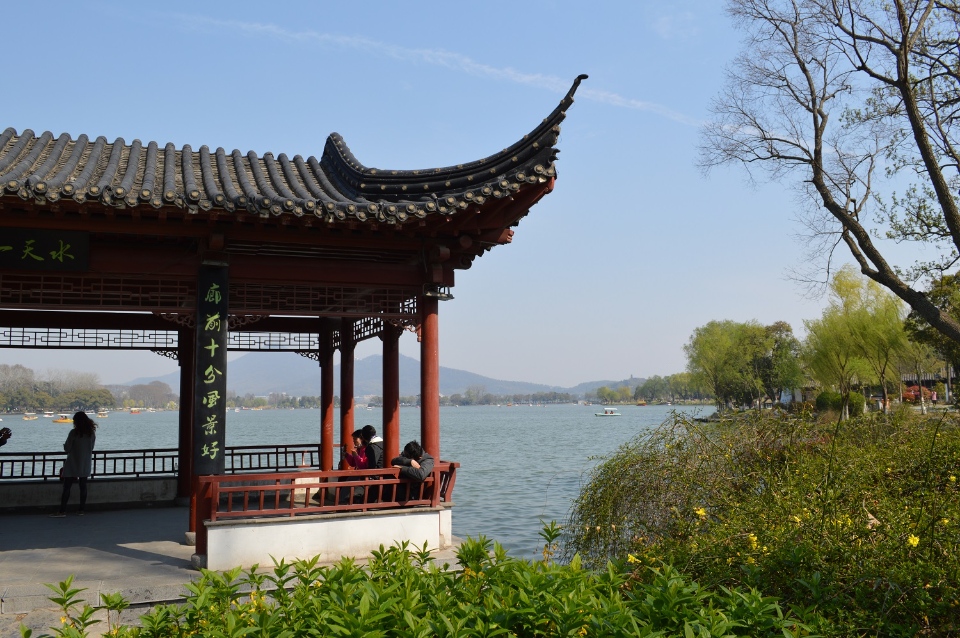
Located in Xuanwu District, located near Nanjing Railway Station is Xuanwa Lake Park. The park was built at the end of the Qing Dynasty with a charming landscape of mountains and water. Especially the green willow trees flowing gracefully into the lake like the skirt of a lady’s dress. When stopping at the park, visitors definitely cannot miss Xuanwu Lake. The lake has an area of about 444 hectares where it is one of the most peaceful tourist place.
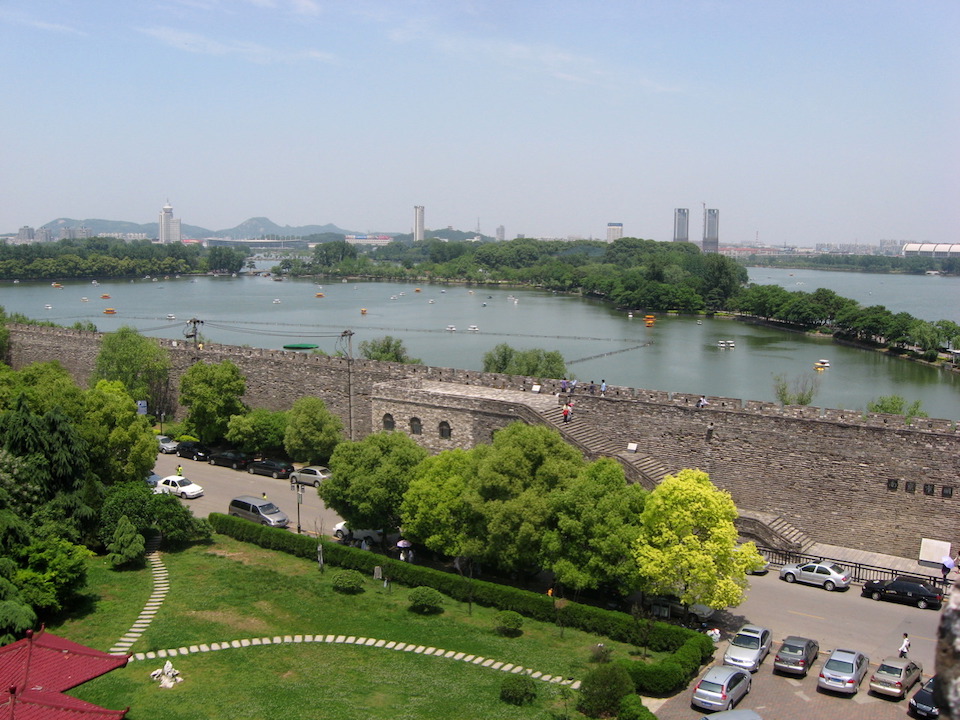
Xuanwu Lake has up to 5 small islands, each with statues, temples, pavilions and rows of weeping pine and willow trees. In the middle of the lake is the statue of Avalokiteshvara, surrounded by statues of happy children.
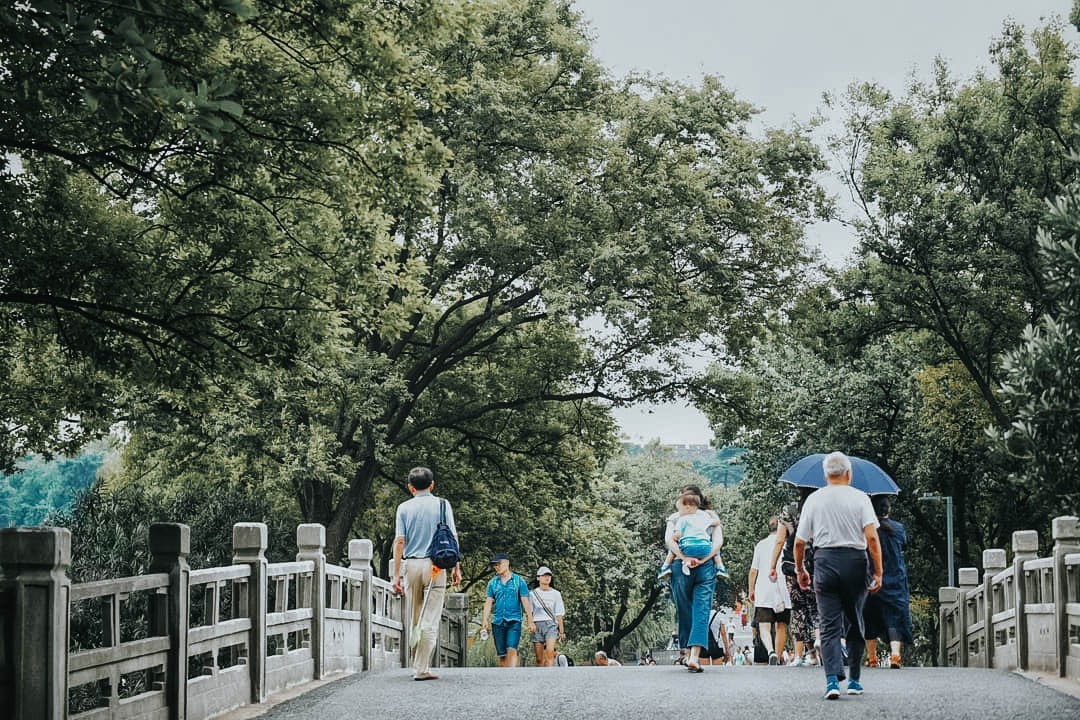
If you want to relax and learn about local culture, you can visit the Xuanwu Museum, located within the park’s grounds. This is a place to display unique historical and cultural artifacts about Nanjing.
Nanjing Museum
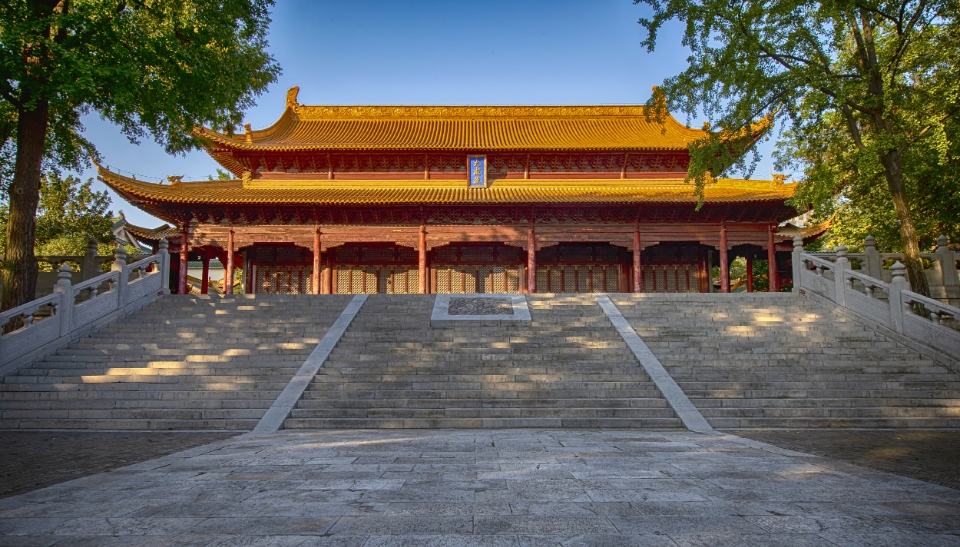
Nanjing Museum is one of the largest museums in China. The Nanjing Museum is storing and displaying more than 400,000 antiques dating back to the feudal period. The golden and heroic pages of history of the Chinese nation are meticulously recreated on past artifacts. The museum is a must-see destination for history enthusiasts.
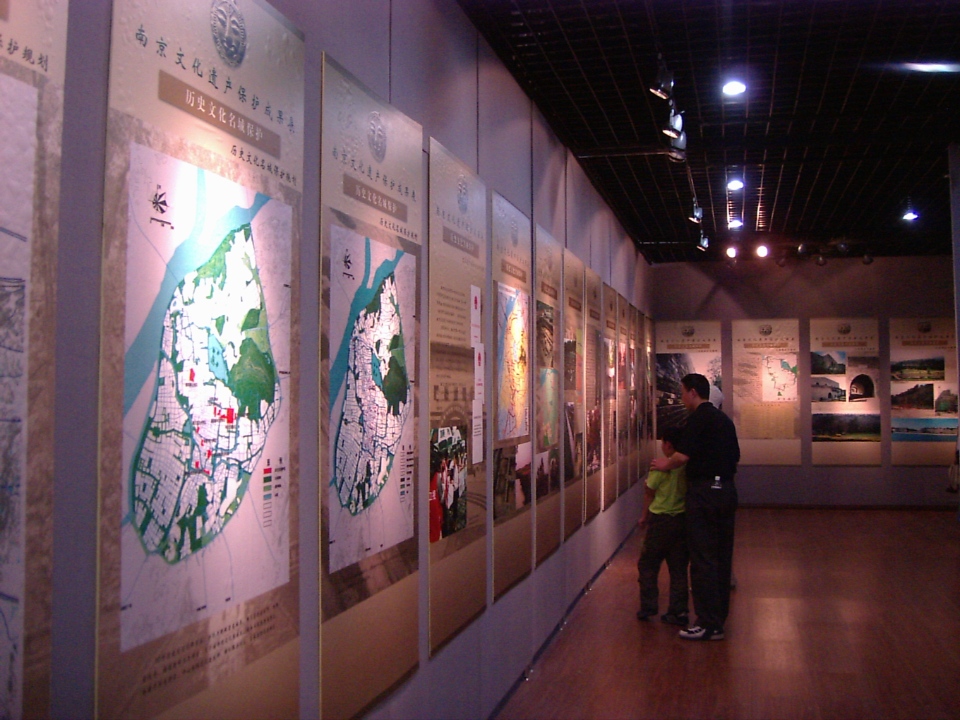
The Nanjing Municipal Museum covers an area of about 70,000 square meters and is one of the largest museums in China. The museum preserves more than 400,000 antiques dating back to the feudal period of the Ming and Qing dynasties.
Jiangnan Examination Hall
Jiangnan Examination Hall is located near the Confucius temple in the south of the city. This examination hall was built during the Song Dynasty and was the largest examination hall for royal competition in the ancient Chinese world.
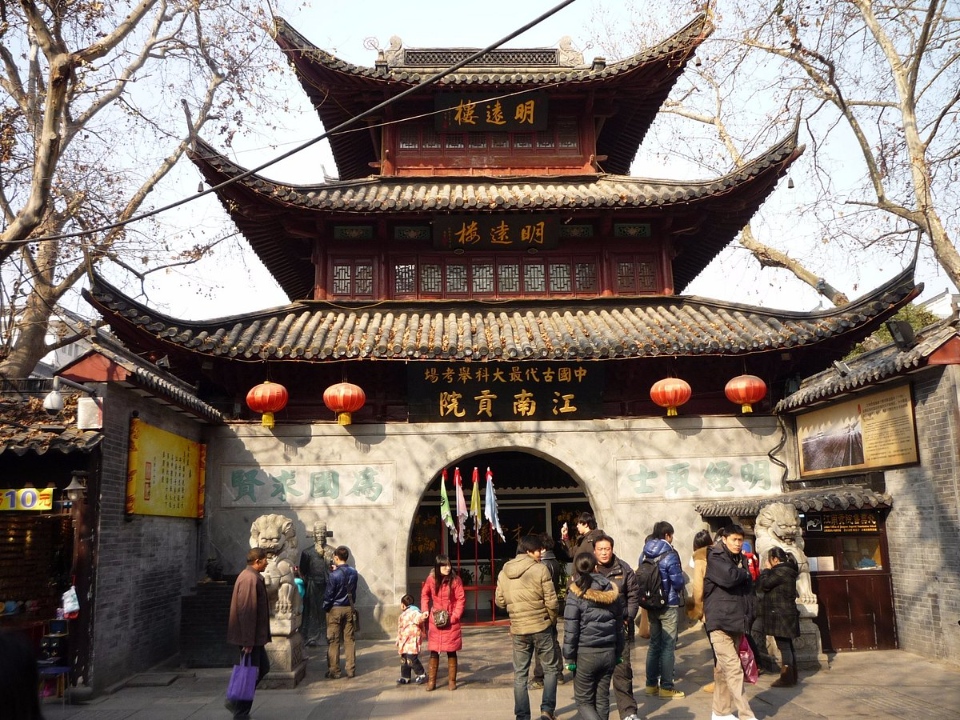
This Nanjing tourist place is the only, most professional place that reflects the content of the ancient Chinese examination system. This is also a place for research on the exam and an agency that collects cultural relics and historical data about the royal exam.
Nanjing Underwater World
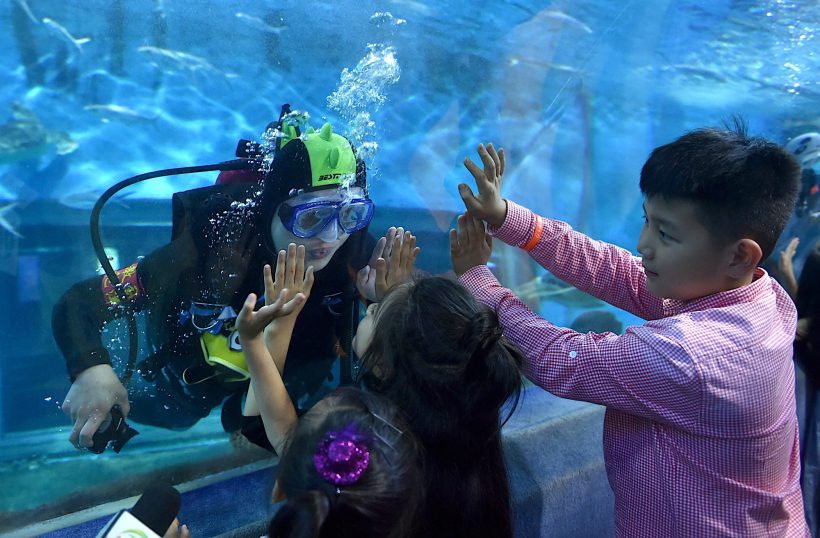
Coming to Nanjing, another exciting experience is the exploration of Nanjing Underwater World – the largest and largest aquarium in Nanjing. Coming here, you will admire countless rare marine life, along with the special structure of the aquarium, like a maze with no exit.
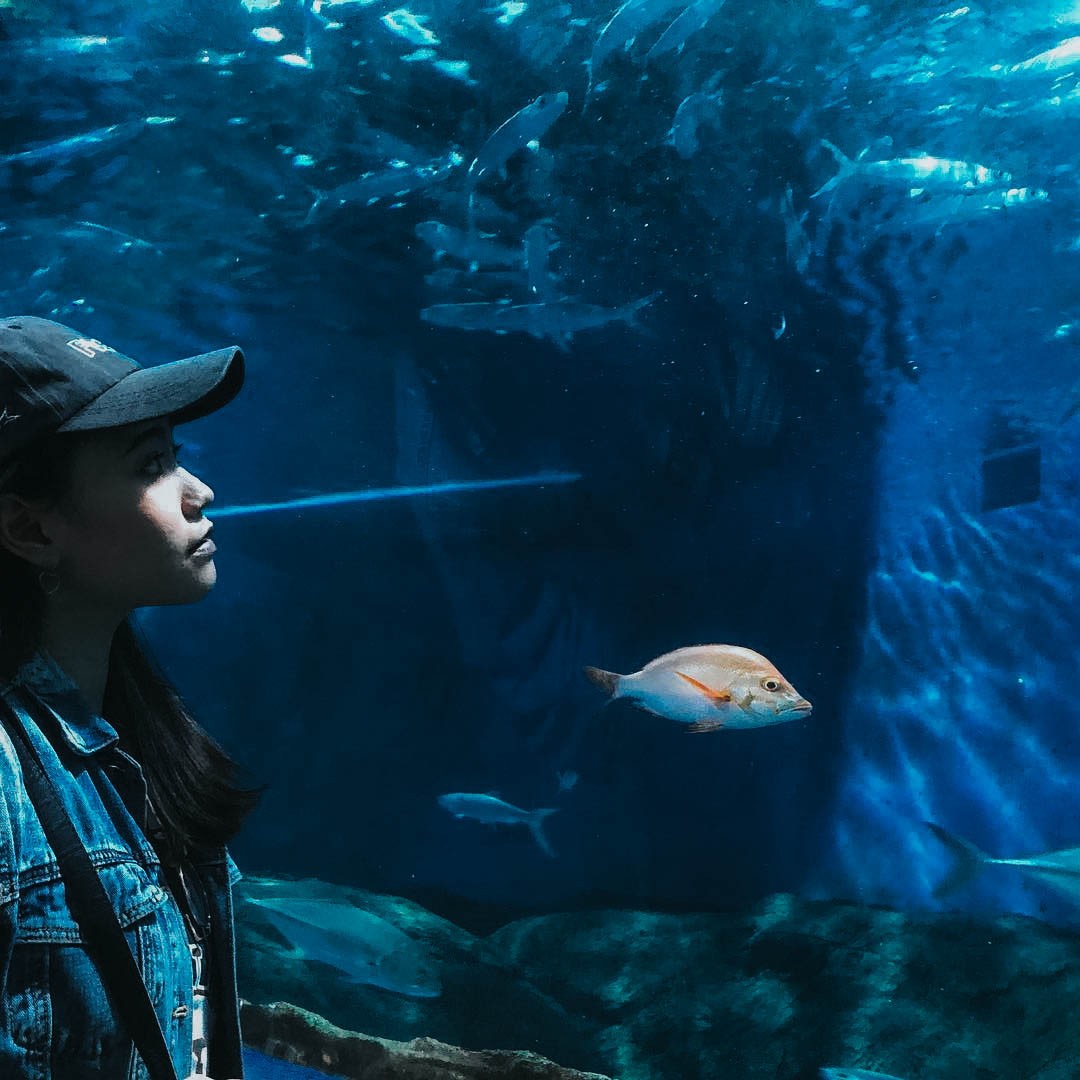
Presidential Palace
Address: 292 Chang Jiang Lu, Xuanwu, Nanjing, Jiangsu, China, 210018 Hours: 8:30 AM–5 PM/Monday: Closed
Once the capital of the Republic of China, the Presidential Palace is also a tourist spot not to be missed. Coming here, visitors will see the flags of the Republic proudly flying as evidence of a golden era of history.
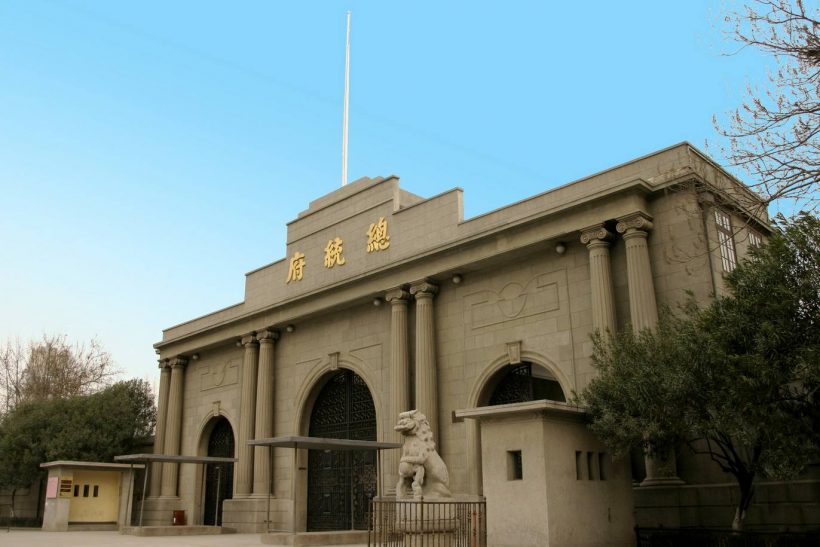
In the Presidential Palace, there are many galleries displaying works of art, jewelry and historical artifacts, creating a special cultural and historical space. Visitors can tour the rooms and discover precious relics of the past.
The Presidential Palace is an attractive destination for tourists who want to explore the history and culture of Nanjing. This place not only has cultural and architectural value, but is also a symbol of China’s past and political power.
Nanjing City Wall
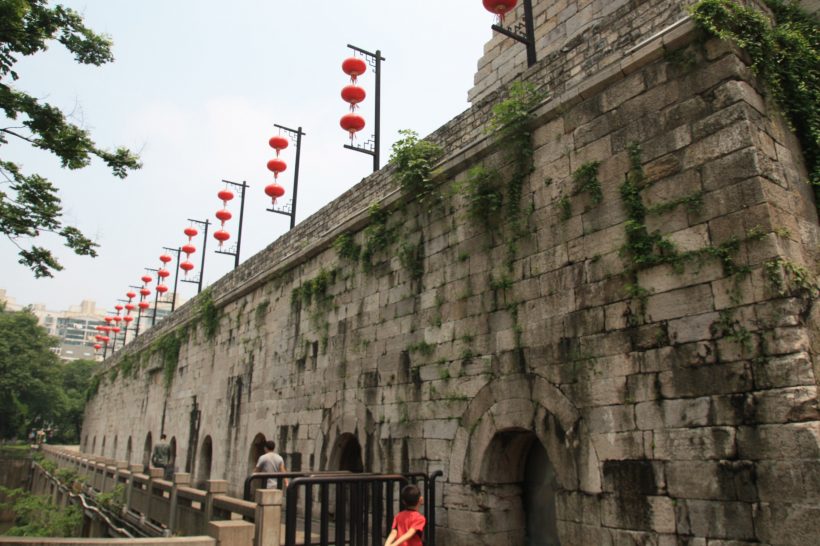
This work is highly appreciated for its ancient architecture, large scale, and rare length. Total length is up to 35km. The wall was built by Zhu Yuanzhang Emperor. From the city wall, you can see the ancient and poetic city of Nanjing.
Nanjing Yangtze River Bridge
Address: Pukou District, Nanjing, China, 210015
The Nanjing Yangtze River Bridge is a double-decker railway bridge spanning the Yangtze River between Pukou District and Xiaguan District. Its lower level, with a double railway line, is 6,772 m long and belongs to the Beijing-Shanghai railway system.
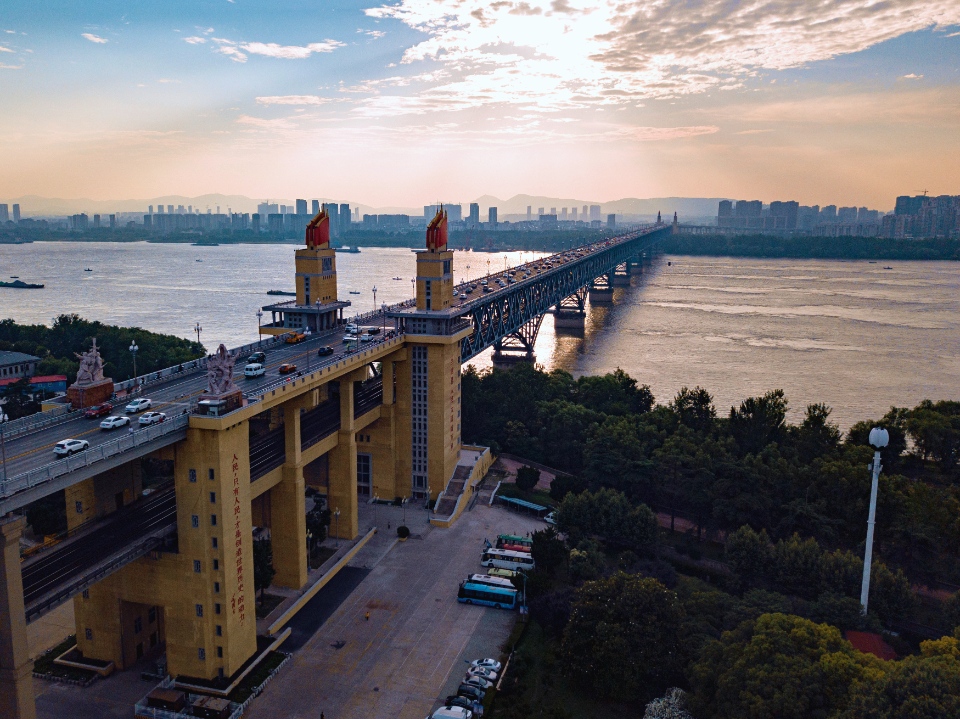
The upper level of the bridge is part of China’s National Highway 104. The bridge is an important transportation route of Nanjing city and is also a famous Nanjing tourist spot loved by many tourists.
Nanjing Olympic Sports Centre
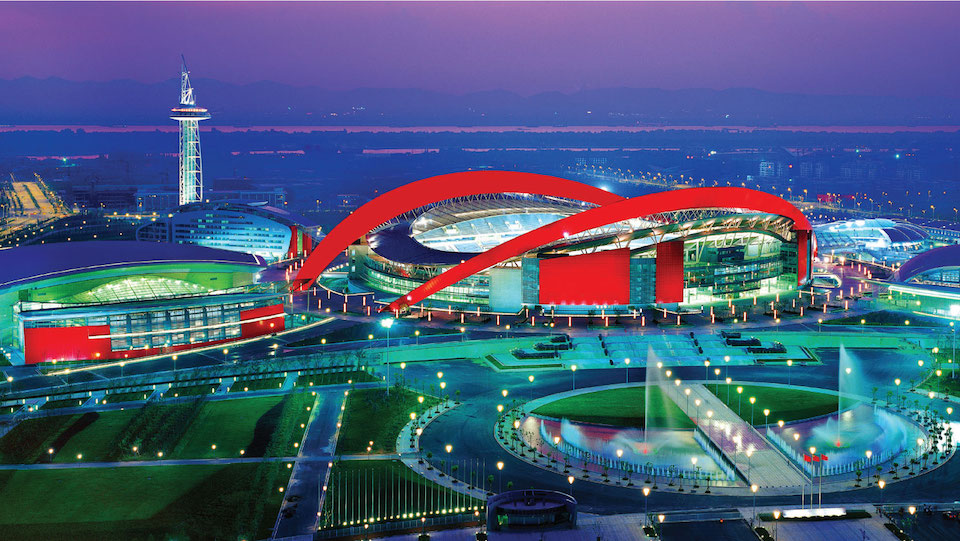
The 869-hectare Nanjing Olympic Sports Center was the main venue for the 2014 Summer Youth Olympics and the 2005 National Games of China.
This sports center includes many areas such as: Gymnasium, football field, swimming pool, slides… The city’s major sports activities almost all take place here, making it a tourist spot, attracting the curiosity of many tourists.
Qinhuai River
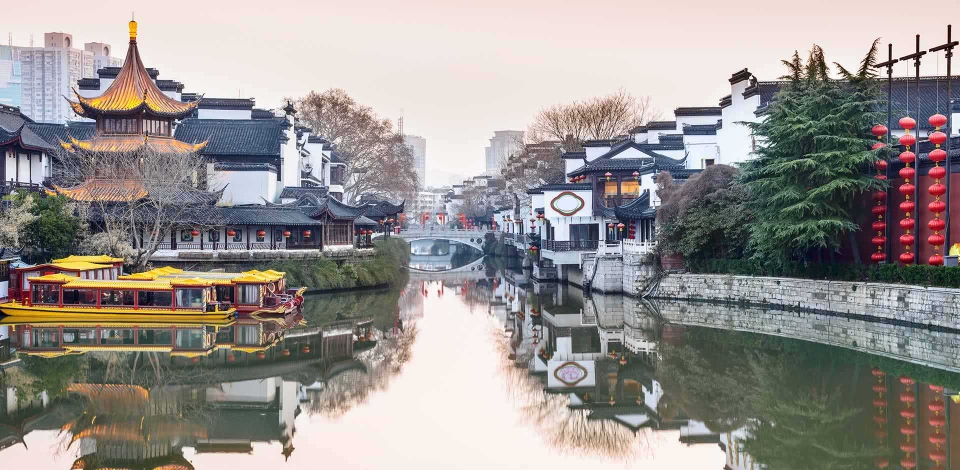
Qinhuai River is a branch of the Yangtze River, with a length of 110km, flowing through Nanjing city. This is considered the widest river and the lifeblood of Nanjing city. Coming to Nanjing, take some time to walk around this river in the early morning or late afternoon.
In the early morning, the Qinhuai River quietly flows by, entangled in clouds of smog overhead. At night, it changes to a new color, much more colorful and bustling than in the early morning. No matter what time you visit Qinhuai River, you will feel its beauty.
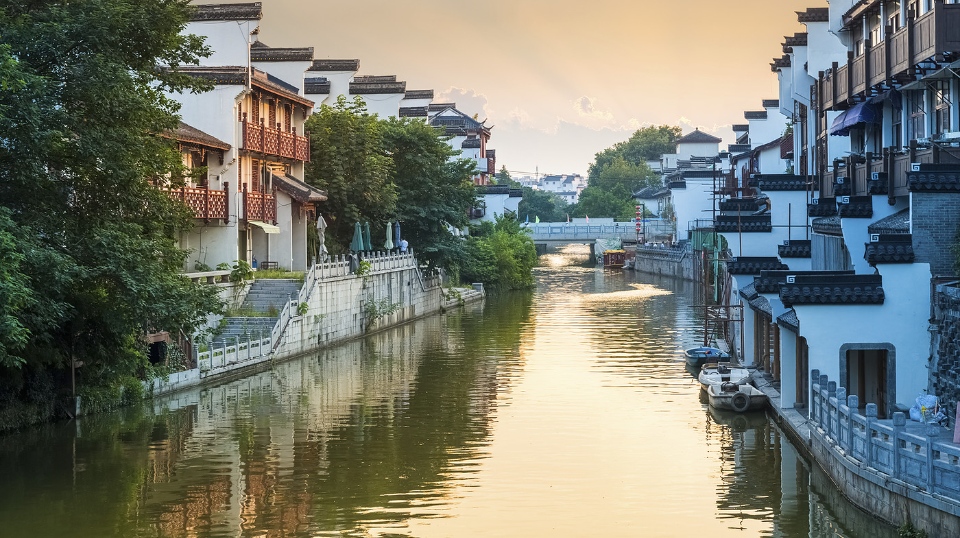
Qinhuai River is one of the tourist attractions in Nanjing, China. This river flows through downtown Nanjing and carries with it exceptional natural beauty and history. And this is considered the lifeblood of Nanjing city.
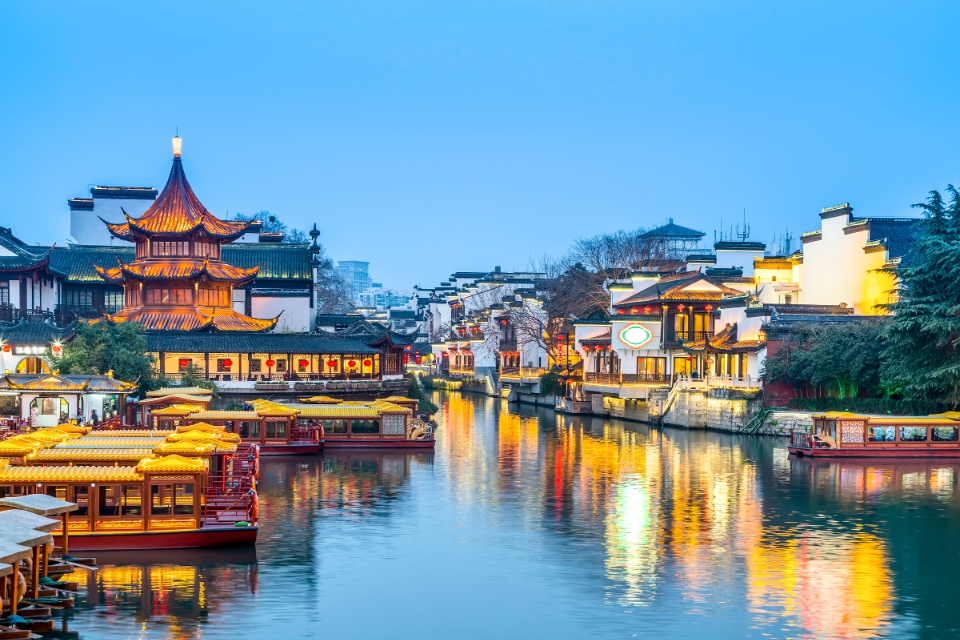
In the early morning, the Qinhuai River quietly flows through, the sunlight of dawn floods in, making the scenery around the river more poetic and beautiful. On the Qinhuai River, you can see scenic bridges, ancient houses and boats passing by. The peaceful and fresh atmosphere in the middle of the city will bring you a feeling of relaxation and enjoyment during your journey.
Qixia Temple
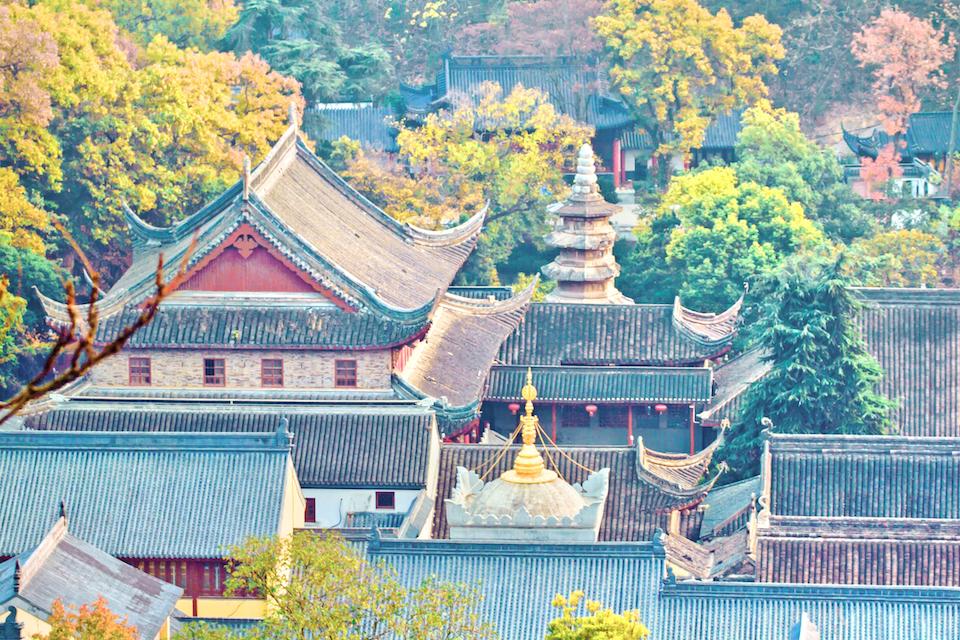
Qixia Temple is an attractive tourist place in Nanjing, especially for those who love Buddhism. This place currently holds a piece of relics – the skull of Shakyamuni Buddha, causing curiosity and interest for visitors. However, the temple is a sacred place, so when you come here to visit, remember to behave properly.
Nanjing University
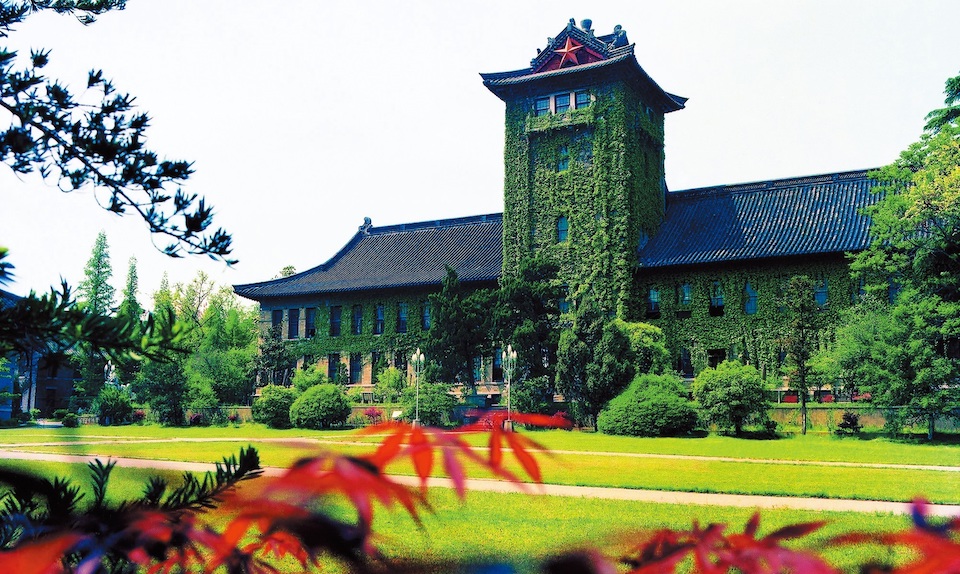
Nanjing University has a history dating back to 1902. It is one of the oldest universities in the world and a member of the C9 League for the best universities in China. According to history, Nanjing University has contributed 877 outstanding scientists to the country, making it one of the most impressive Nanjing tourist place for tourists.
Zijin Shan Mountain (Purple Mountain)
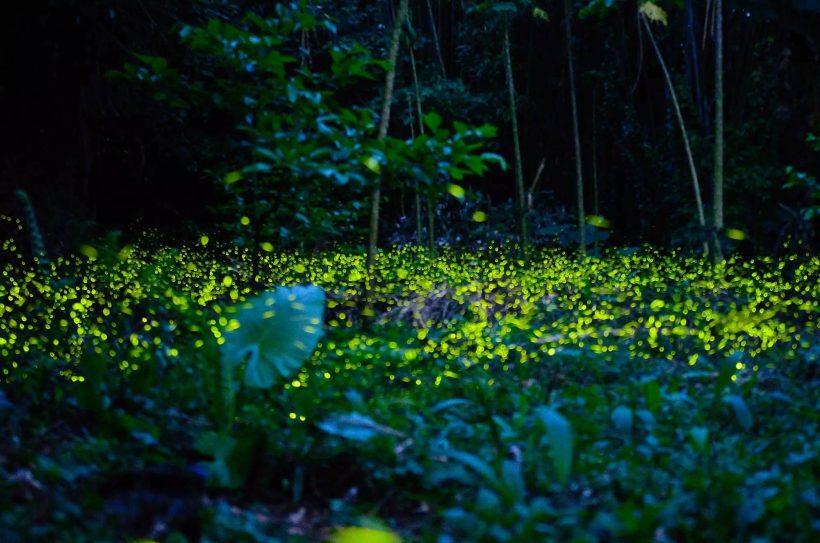
Mount Zijin resembles a fairy forest. This place is famous for its mysterious and interesting firefly forest. In the evening, the forest becomes sparkling and shimmering with thousands of fireflies shining in the night. The scene is as beautiful as coming out of Chinese historical films, so beautiful it makes the heart sob. The mountain is often covered with light purple clouds – this is also the origin of the name Zijin. These purple clouds become even more dreamy and seductive as dusk falls. The mountain is only about 450m high, you can climb or take the cable car.
Nanjing Sport Institute
Address: 8 Linggusi Rd, Xuanwu, Nanjing, Jiangsu, China, 210014
Nanjing Sport Institute was founded in 1956 and is located at the foot of Zijin Mountain east of Nanjing. The institute covers an area of 40 hectares and is close to famous Nanjing tourist attractions such as Sun Yat-sen Tomb and Linggu Temple.
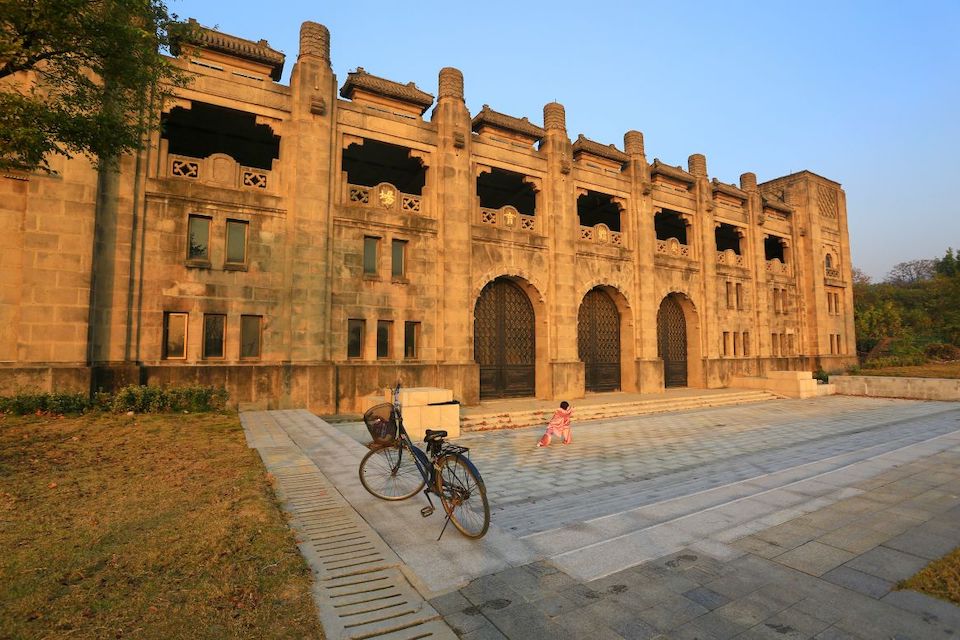
Memorial Hall of the Victims in Nanjing Massacre by Japanese Invaders
Address: China, Jiangsu, Nanjing, Jianye District, 水西门大街418号 邮政编码: 210017
This is a place the Chinese people created to commemorate the heroes who fought against the Japanese army and what they did for the country during the Nanjing Massacre in 1937. It’s no wonder China produces so many movies. pictures of the history of war with Japan, they lost thousands of innocent people while fighting against Japanese invasion.
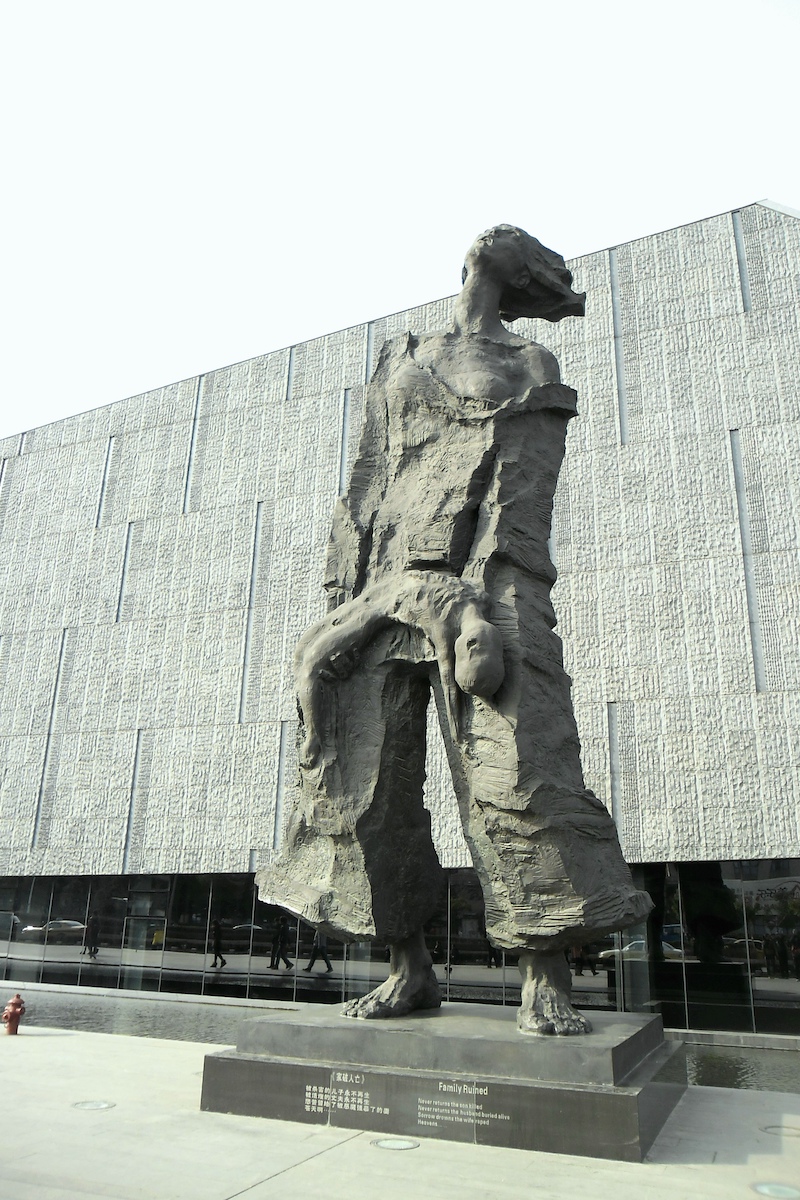
The museum captures the most painful memory for the Chinese people as well as the capital Nanjing. Today, it is also a symbol of peace and hope against war. The tours are all very well organized, from the parking lot to all the most gruesome details and artifacts of the massacre more than 80 years ago.
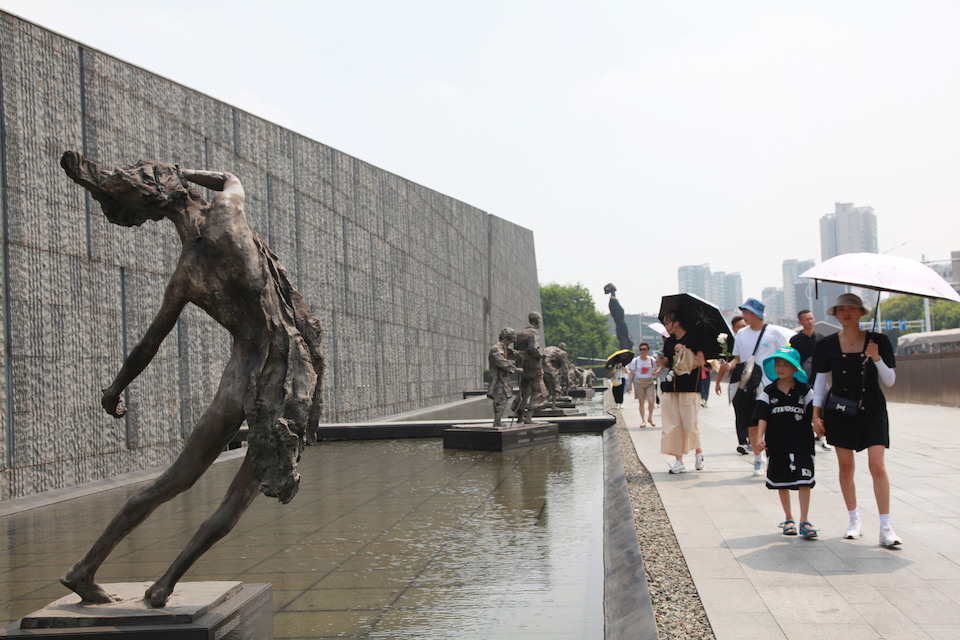
Nanjing Memorial Hall covers an area of about 120,000 square meters, including four different functional areas: Outdoor Exhibition, Jiangdongmen Square, Museum and Peace Park. Many documentary evidences are on display, including photos, diaries, contemporary newspapers, narrative support services that the museum intends to convey, etc. Most of the information is in English and they are also Provide translations of key documents for easy access for visitors.
Nanjing Folk Museum
Nanjing Folk Museum is the former residence of Ganxi, a famous scholar of the Qing Dynasty, also known as Gan Gan Family Mansion. This is the largest and best preserved private mansion in Nanjing city. Now it has been turned into a museum displaying traditional daily life and handicrafts of Nanjing city.
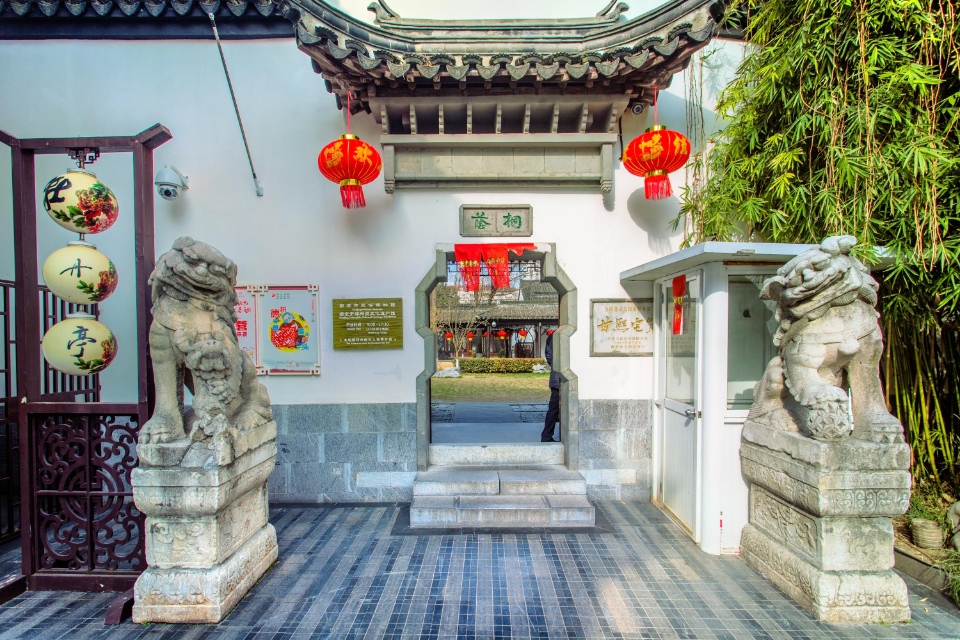
The museum covers an area of about 10,000 square meters, and has more than 300 rooms meant to contribute to local art and culture. Firstly, the mansion has great value in studying classical Chinese architecture. Second, at the Jindai Building in this mansion there is a large collection of precious ancient books, all of which provide important data for studying ancient folklore. Gan Gan’s family villa also served as a propaganda and publicity center for Kunqu Opera.
What to eat in Nanjing? (# nanjing city guide)
Because of the rich culture and long-standing traditions, the cuisine here is an issue worth discussing. Because it is truly the mecca of food, where there are countless delicious dishes, such as: Dimsum, Egg Sushi, Salted Duck, Tangbao,…
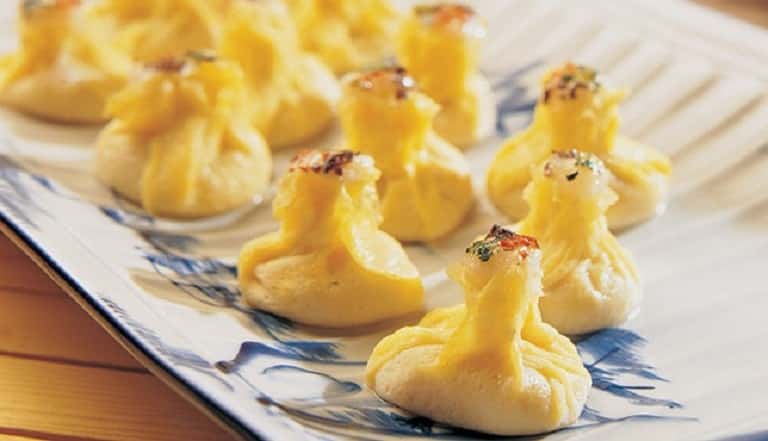
When traveling to Nanjing, egg shumai is worth trying. The dish has a delicate and beautiful way of cooking and presentation. The way to make egg shumai is to use thin shell and fresh shrimp filling. When you eat this dish, you will feel like you are enjoying a seafood omelet, with a very special flavor.
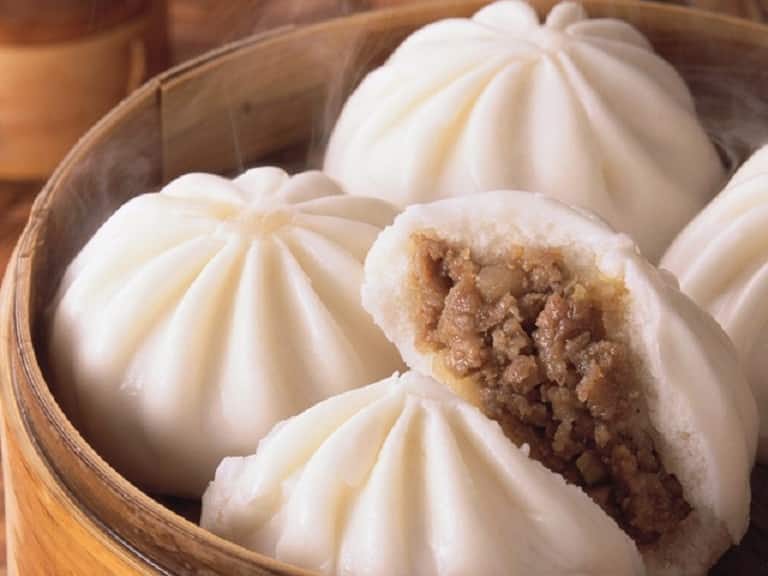
When talking about Nanjing cuisine, how can we forget this delicious Taobao dish? It looks simple but the delicious taste is hard to resist. The outer crust of the cake is extremely fragrant, naturally white and smooth. The filling inside is pork and chicken broth. This hot cake becomes an attractive breakfast and dinner for tourists.
Nanjing Style Beef Potstickers (Niu Rou GuoTie)
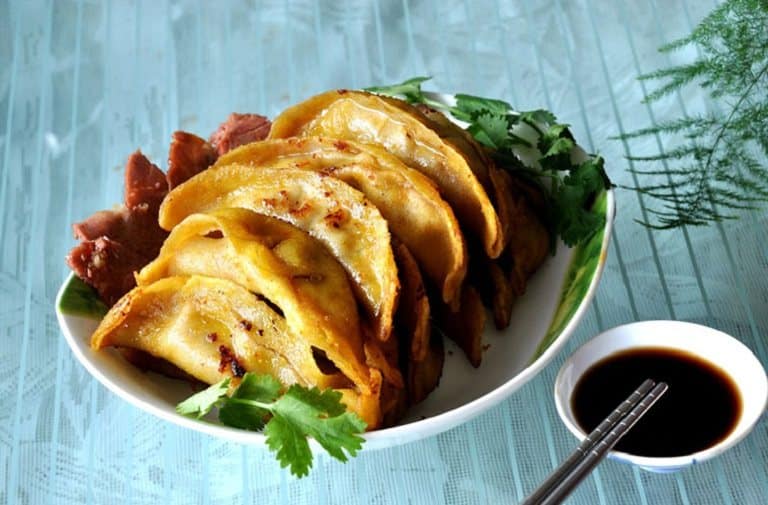
If you want to learn about traditional Nanjing cuisine, you must definitely taste this Nanjing Style Beef Potstickers. Although it’s just cheap street food, the taste is truly excellent. Fried dumplings are fragrant and shiny yellow. The rich beef soup makes the dumplings even more delectable.
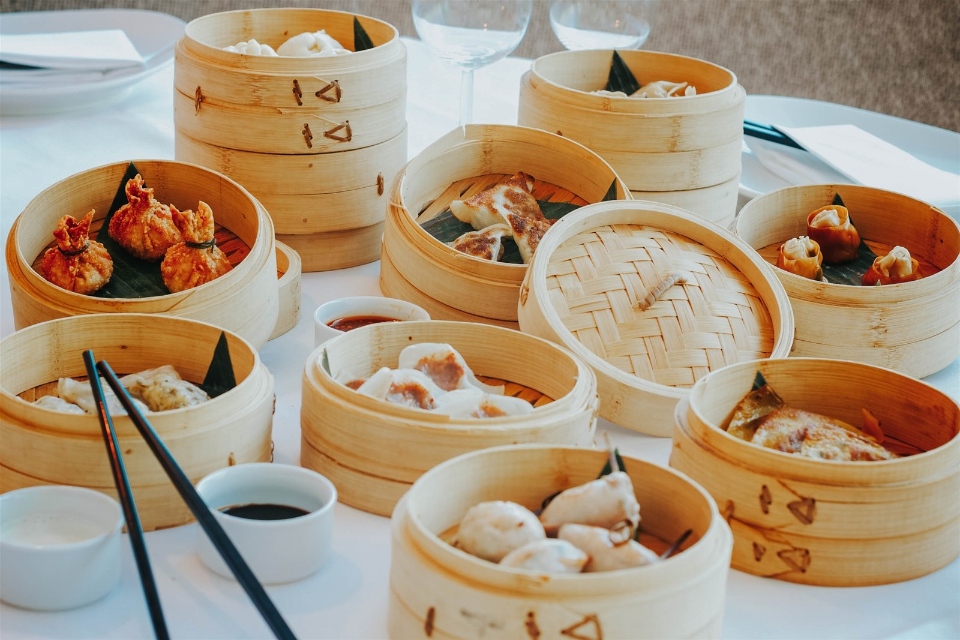
Nanjing is famous as the land of many delicious Dimsum. The breakfast dishes here are all small and beautiful, with eye-catching shapes. You can find breakfast dishes everywhere: luxury restaurants, popular eateries, night markets. Nanjing has many types of traditional breakfast, some new flavors are also very impressive.
Jinling Roast Duck

Although not as famous as Beijing roast duck, the perfection and flavor of Jinling roast duck is equally top-notch. As a gourmet, you will definitely see new and attractive things that other roasted duck dishes cannot compare to Jinling roasted duck.
Yanshuiya (Nanjing salted duck)
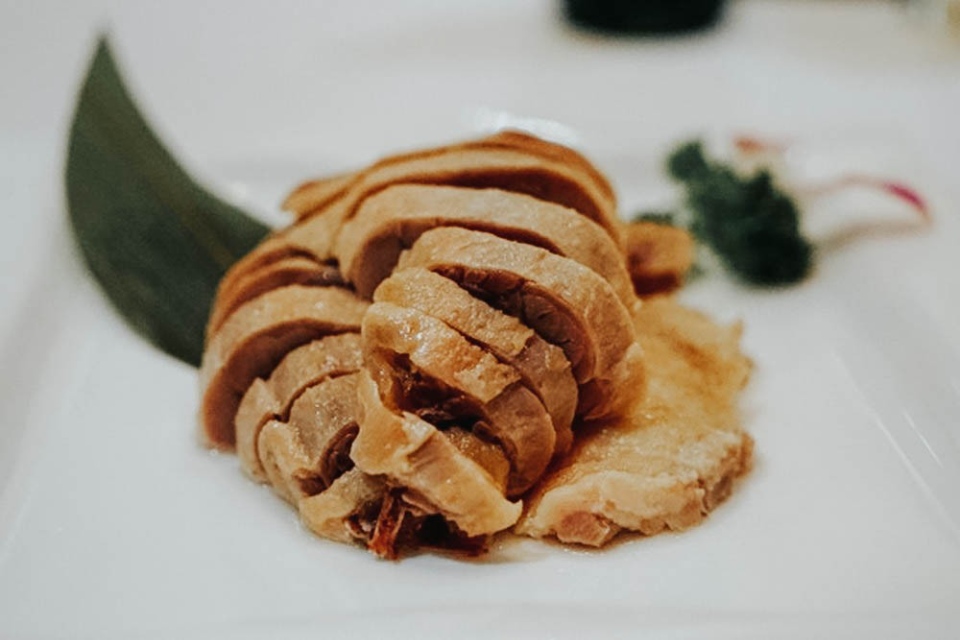
Besides roast duck, Nanjing cuisine also has delicious salted duck. To be delicious, salted duck must be enjoyed in the fall. The duck at this time has a lot of meat, moderately lean fat, and very delicious meat. The duck is marinated with spices using the traditional method and then steamed.
Nanjing Duck Blood Vermicelli Soup
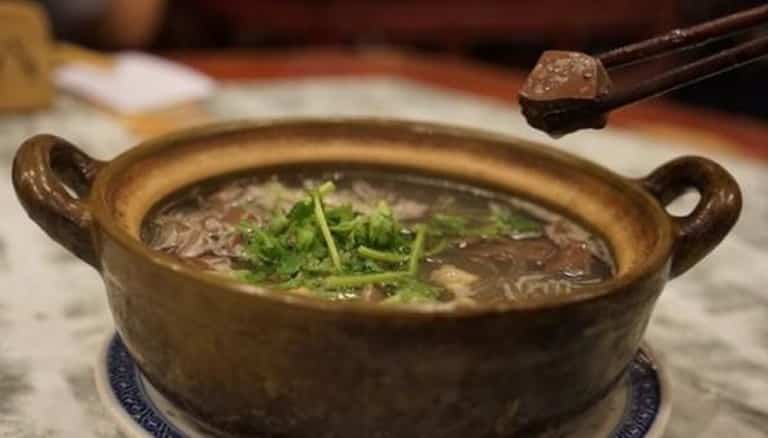
Although it is not a delicacy, this dish is loved by many people. Duck blood vermicelli soup uses frozen blood to cook. In addition to blood, there are also internal organs and gizzards of ducks. Nanjing vermicelli noodles are small, chewy, clear white, and very fragrant.
Sweet and Sour Mandarin Fish
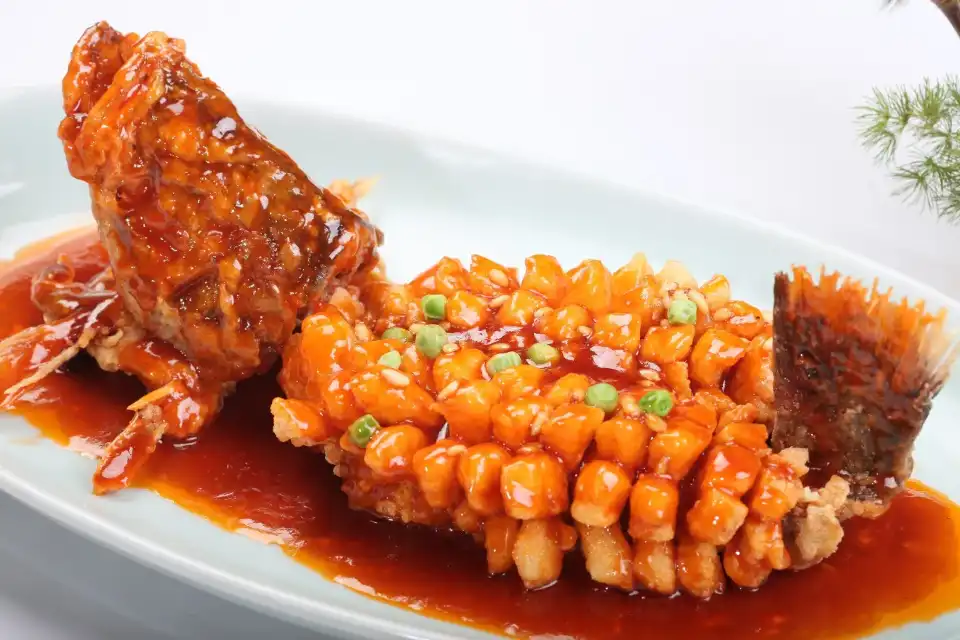
Sweet and sour fish is a dish that is easy to eat, has a delicate flavor, and suits many tastes. The ingredients for cooking the dishes are very diverse and carefully selected. The chefs who cook this dish must have good skills and extensive experience to bring out the soul of the dish. The fish meat is firm and fragrant. Rich sauce, balanced sweet and sour. Delicious dishes are even more delicious thanks to their eye-catching presentation. Just looking at it is enough to make me crave it.
Yangzhou Dazhu Gansi (Simmered Tofu Noodles)
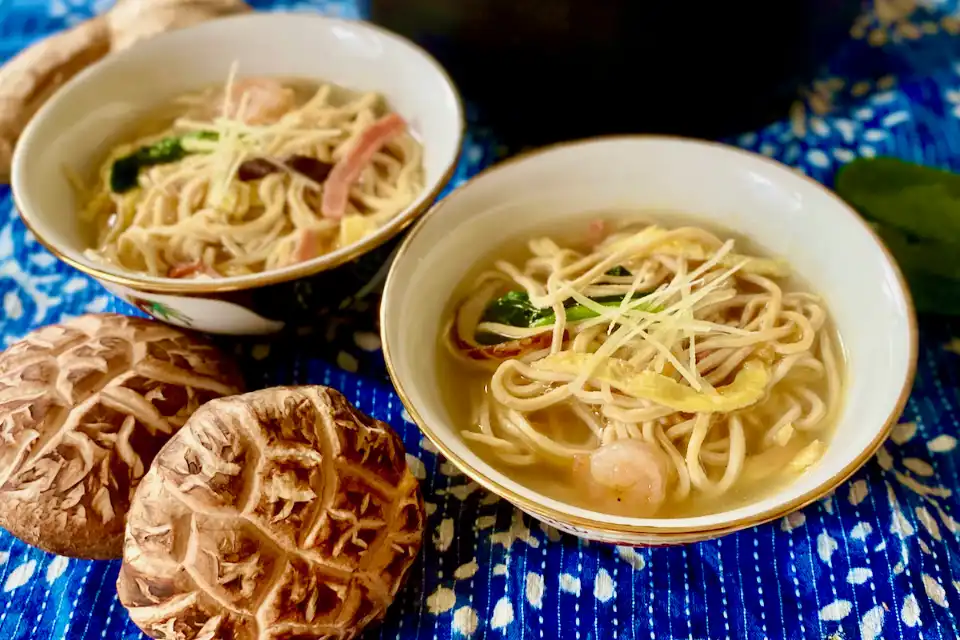
Gansi tofu is finely chopped tofu boiled in chicken broth along with many other dishes. The unique flavor of Gansi tofu makes it unforgettable for any diner who has ever tasted it.
Tangbao (soup dumplings)
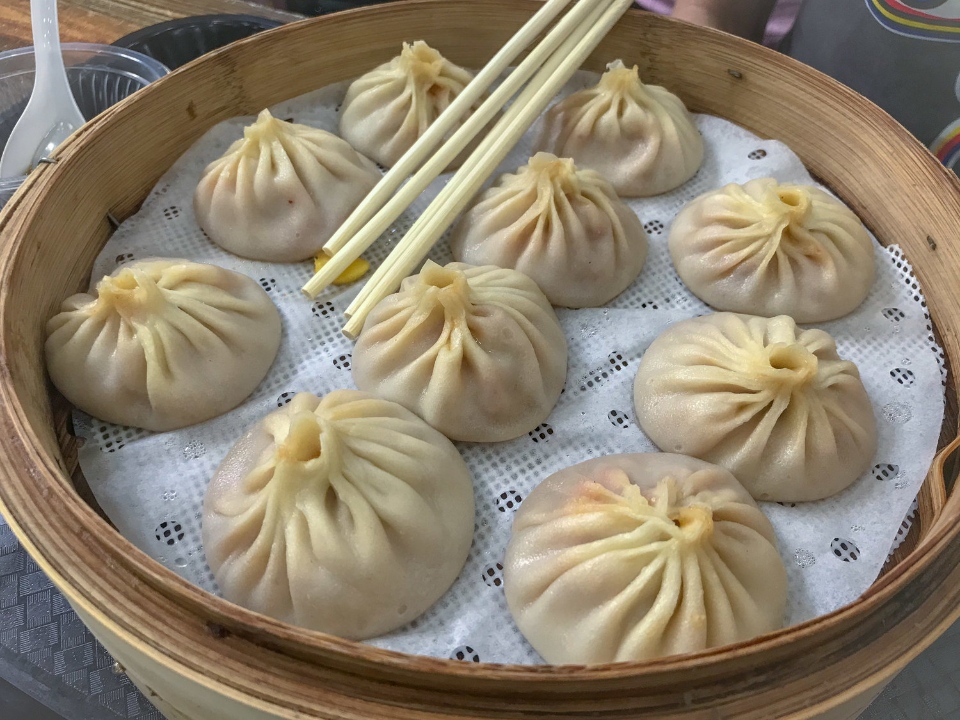
Dumplings are a popular dish of Chinese people in general and Nanjing in particular. In Nanjing, Tangbao is prepared with a unique flavor that only this place has. Tangbao is a type of cake with a thin crust and filling inside. You just need to take a small bite then eat it with broth and dip it with soy sauce, the taste will definitely be unforgettable.
Where to stay?
Below we recommend more best budget, mid-range and upscale hotels with good ratings and reviews you can refer to.
- Pullman Nanjing Lukou Airport ( Agoda , Booking )
- Kempinski Hotel Nanjing ( Agoda , Booking )
- Jinling Hotel Nanjing ( Agoda , Booking )
- Holiday Inn Nanjing Qinhuai South Suites, an IHG hotel ( Agoda , Booking )
- InterContinental Nanjing ( Agoda , Booking )
- Shangri-La Nanjing ( Agoda , Booking )
- Marriott Nanjing South Hotel ( Agoda , Booking )
- Grand Metropark Hotel Nanjing ( Agoda , Booking )

Check out more top & best hotels in Nanjing on Agoda.com or Booking.com
Some best day tours, trips, activities and transfer services, tickets in, from and to Nanjing you can refer to
- Porcelain Tower of Nanjing
- Nanjing Presidential Palace Ticket
- Nanjing City Private Car Charter
- Daming Mansion Zhanyuan Garden Ticket in Nanjing
- Chaotian Palace Ticket in Nanjing (For Mainland China ID Holders)
- Nanjing Zhouyuan Ticket
- Yufa Ecotourism Area Ticket in Nanjing
- Ziqinghu Hotspring Ticket in Nanjing
- Hongshan Forest Zoo Ticket in Nanjing (For Mainland Chinese Citizens Only)
- Ming Xiaoling Mausoleum Ticket
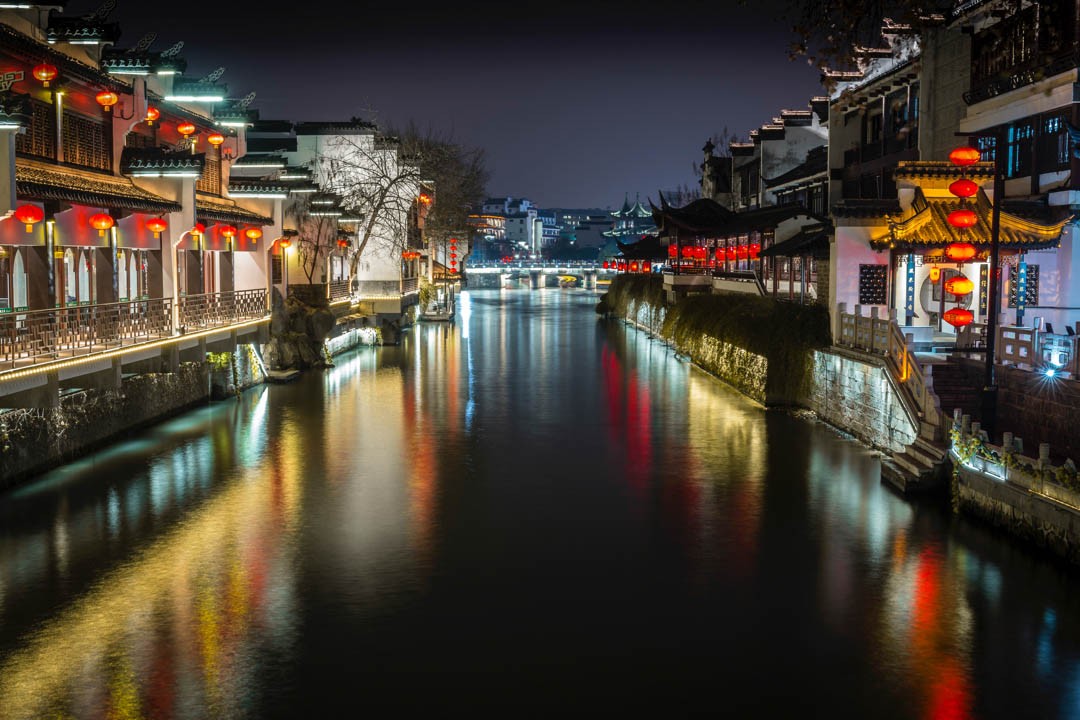
Read more China guide here .
Related articles
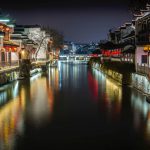
RELATED ARTICLES MORE FROM AUTHOR
Arashiyama travel blog — the fullest arashiyama travel guide with top things to do in arashiyama, explore fenqihu old street — what to do in fenqihu in a day trip, must eat in melaka — 10+ famous malacca street food & must try food in melaka.
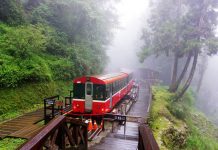
What to do in Alishan? — 5 top attractions & best things to do in Alishan, Taiwan
Hong kong food culture — hong kong cuisine tells the historical story of the whole land.

Melaka food blog — Experience Melaka delicacies, arrived at by Trishaw
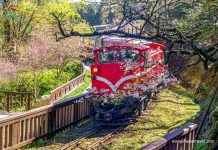
Alishan travel blog — The fullest Alishan travel guide for first-timers
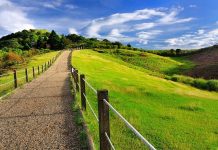
Gingtiangang Grassland Yangmingshan — The ultimate guide on how to go & top things to do
Editor picks.

Arashiyama travel blog — The fullest Arashiyama travel guide with top...

Explore Fenqihu old street — What to do in Fenqihu in...

What to eat in Chongqing? — 14+ most famous, best food...
Popular posts.

What to buy in USA? — 17+ must buy in USA...

Must buy souvenir in Taiwan — Top 17+ most famous, cheap...

Must buy in Korea — Top 23 cheap, famous & best...
Popular category.
- Inspiration + Guide 1455
- Trip Inspiration 469
- Thailand 209
- Food + Drink 207
- Coasts + Islands 193
- South Korea 168
- Vietnam 166
- Travel Photos 144
- Work for Us
- Terms & Conditions
- Privacy Policy
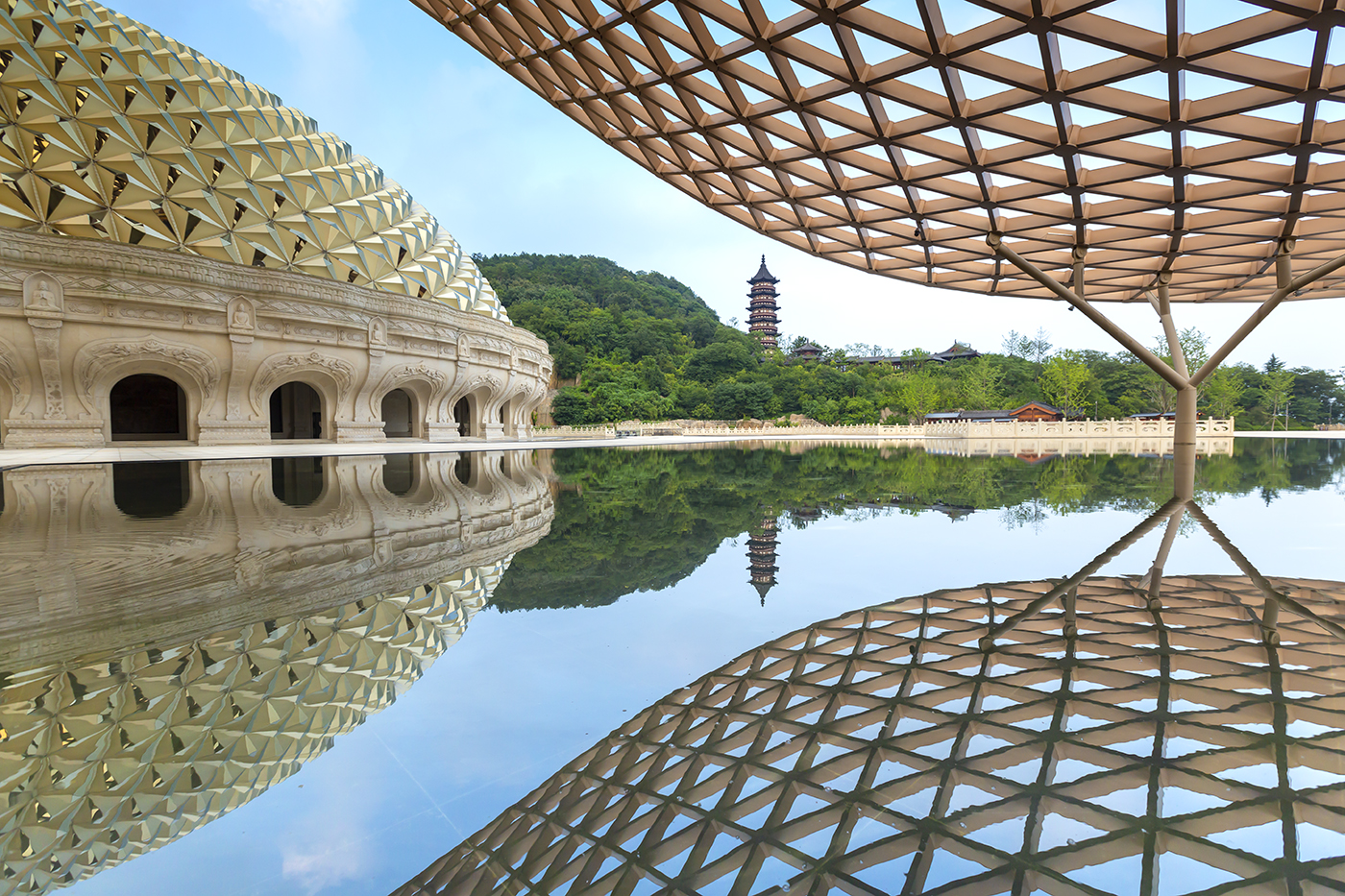
NANJING, A CITY OF ANCIENT GREATNESS
Nanjing is a sophisticated metropolis where the remains of past empires and ancient traditions gracefully intersect with contemporary Chinese culture. No trip to China is complete without experiencing the history and culture of Nanjing.

Change location
- Call us today from 9am 01993 838 925 01993 838 220 or
- REQUEST A QUOTE
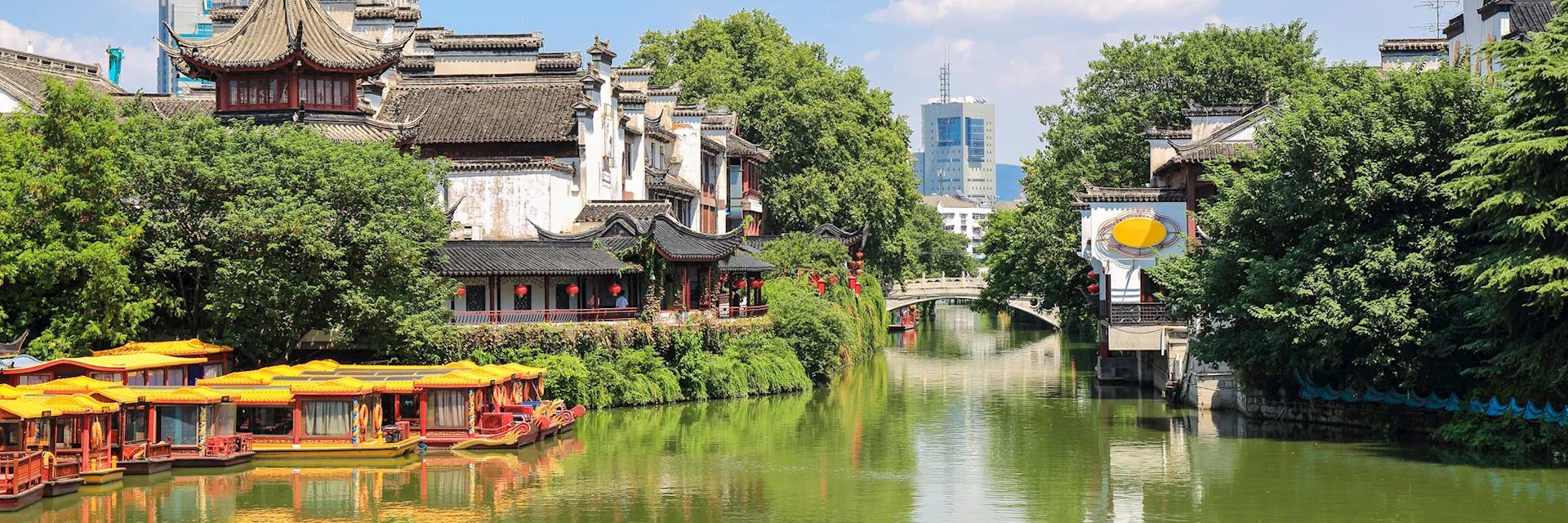
Visit Nanjing, China
At first sight Nanjing is simply another bustling modern Chinese city, but under the surface the weight of its history is still in evidence, just as parts of the Ming Dynasty wall still defiantly stand around the city edges.
The tomb of Sun Yat-sen, China’s first president, is a place of pilgrimage for the Chinese, and the city also boasts the unexcavated tomb of the first Ming Emperor.
Perhaps the major reason to visit is to learn about Nanjing’s short-lived and bitter experience as China’s capital, with the Japanese invasion portrayed in harrowing detail at the Nanjing Massacre Memorial, and the insight into the civil war to be found at the former Communist party headquarters and the Presidential Palace.
The annual sounding of the air raid sirens to commemorate the start of the Japanese invasion ties Nanjing to a sombre past that casts a shadow over Chinese society to this day.

Start planning your tailor-made trip to Nanjing by contacting one of our China specialists
- 01993 838 925 01993 838 220
- Make an enquiry
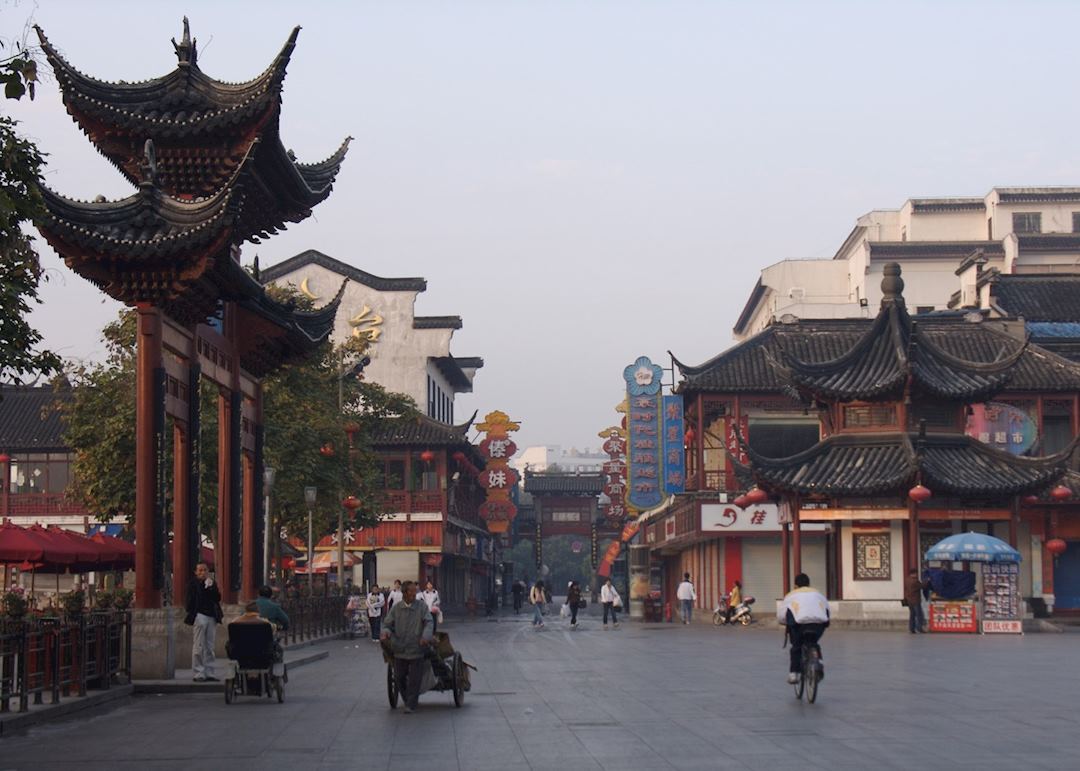
Start planning your trip to Nanjing
Map of nanjing, places & hotels on the map, places near nanjing.
- Suzhou 119 miles away
- Moganshan 121 miles away
- Huang Shan 130 miles away
- Hangzhou 150 miles away
- Shanghai 170 miles away
Photos of Nanjing
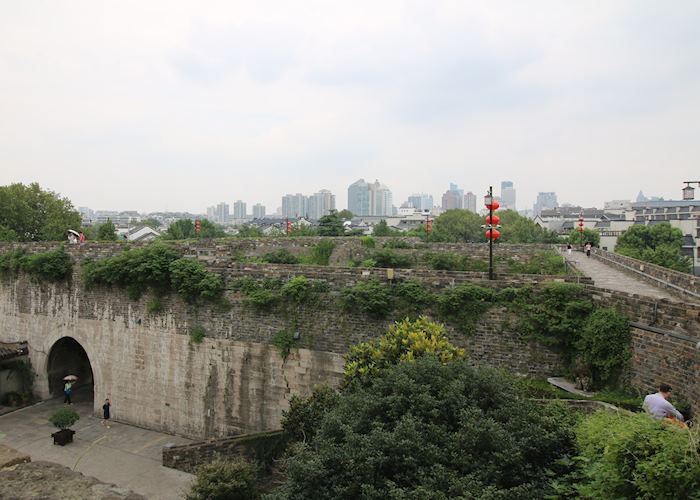
- Car Rentals
- Airport Transfers
- Attractions & Tours
- Bundle & Save
- Custom Trips
- Destinations
- Trip.com Rewards
NANJING, China Travel Guide - Best Things to Do & Travel Tips
1. First-time in Nanjing, China
2. nanjing transportation, how to go to nanjing | cheap flights to nanjing, 3. nanjing transportation: trains, bus, subway, taxi, 4. nanjing weather: best time to visit nanjing, 5. 3 best things to do in nanjing, jiangsu, 6. best nanjing foods you should try, 7. nanjing shopping, top places to shop in nanjing, 8. local customs in nanjing, 9. unique travel experiences in nanjing.
Show More
Nanjing , the capital of Jiangsu Province, is a popular tourist destination with a rich history in both ancient and modern times. The name Nanjing stands for "southern capital," a renowned historical and cultural city that was the capital city for six dynasties. With numerous spectacular historical monuments, including Ming tombs on the UNESCO World Heritage List, the remains of the past are hidden in the contemporary cityscapes making this city charming and unforgettable. 💝

Located in East China's Yangtze River Delta, Nanjing is a major commercial and trade city with an estimated urban population of 8 million people. There’s an abundance of water with the Yangtze River flowing through the city and close proximity to the water network of Taihu Lake in the south. Nanjing has 11 districts in total, of which Gulou District is the traditional heart of the city that also houses the cultural and administrative centers of the Province. Xuanwu District is the home to most of Nanjing’s tourist attractions including Xuanwu Lake and Dr. Sun Yat-Sen Mausoleum. The future in this metropolis can be found in Jianye and Yuhuatai Districts with their skyscrapers, electric trams, and industrial centers for well-known enterprises.
The most common ways to reach Nanjing are by air (Nanjing Lukou International Airport) and by train (e.g. Nanjing Railway Station, Nanjing South Railway Station, and Nanjing West Railway Station), linking the city to all major domestic cities. Getting around town is also simple and convenient. Visitors can easily reach top attractions by using the Metro or one of the five authorized special sightseeing bus routes.
Nanjing has a prominent place in Chinese history and culture, hence there’s a long list of historical relics and sites to explore, such as the Presidential Palace of the Republic of China, and the Ming dynasty City Wall and Palace ruin. The city is also famed in China for its amazing natural landscapes like the Purple Mountain Scenic Area, Pearl Spring, and Laoshan National Forest Park. What about art and culture? Nanjing has some fantastic museums and galleries, for example, the Nanjing Museum, Jiangsu Art Museum, and Sifang Art Museum.
Nanjing is a modern city steeped in history with magnificent architecture, beautiful scenery, and mouthwatering cuisines. What’s the best time to visit? The most pleasant seasons in Nanjing are Spring (April to May) and Fall (September to November). The cool breezes and mild temperatures are most suitable for sightseeing. Tourist areas can get extremely busy, so avoid visiting on weekends or during national holiday periods like Labor Day or Chinese New Year.
Deciding where to stay for a first-time visitor to an unfamiliar city can be quite unnerving. Here are some helpful tips to point you in the right direction. The most highly sort after accommodating areas in Nanjing include Nanjing Downtown Area - around Xinjiekou Square where you’ll find a concentration of hotels (for all budgets), restaurants and shopping malls; Confucius Temple and Qinhuai River Area – great for nightlife as it is one of the liveliest places in town with numerous entertainment venues, the night view along the river is also stunning; Xuanwu Lake Area – immerse yourself in natural scenery and serene environment, many hotels are located around the lakes and offer lake-view rooms.
Nanjing is a compelling city with much to do, but if you only have limited time, the famous must-see destinations are Dr. Sun Yat-Sen Mausoleum, the Confucius Temple, Xuanwu Lake, and City Wall of Nanjing.
Foodie-travelers are in for a treat in Nanjing, with local snacks and Jiangsu cuisine favorites that emphasize a mildly sweet taste, delicate appearance, and fresh ingredients. Pan-fried beef dumplings, salted duck, and hairy crabs are all unmissable local delicacies. Not sure what to bring home as a souvenir? For specialty Nanjing products, visitors can consider rain flower stone, Yuhua tea, bamboo carving, and Gaochun ceramics.
With its vital location on the Yangtze River and proximity to major cities like Shanghai and Wuhan, Nanjing is at the crossroads of commerce and travel. It is served by two airports and two main train stations (Nanjing Railway Station and South Railway Station) with high-speed train services from Beijing and Shanghai among others.
Nanjing's Lukou International Airport (NKG) is the largest airport in the city with international and domestic flights covering around 45 Chinese cities and 12 international destinations. NKG offers a wide range of facilities, such as duty-free shops, restaurants and teahouses, entertainment centers, medical services, Bank and China Mobile services, and luggage storage.
Located about 35km (22 miles) from the city center, there are multiple transfer options between the airport and downtown. In addition, for passengers’ convenience, there are also buses between the airport and nearby cities like Huai’an and Yangzhong. For airport shuttle or express buses, there are two routes to downtown Nanjing. The services operate at 15-minute intervals with a one-way ticket costing 20 RMB (can be purchased at the kiosk outside the arrivals hall). There are limited stops along the routes, so most visitors will need to connect with the Metro, local bus, or taxi to reach their final destinations.
Other airport transfer options are Metro and Taxi. Metro Line S1(Airport line) costs around 6 RMB and takes 30 minutes to reach Nanking South Station where visitors can transfer to other lines, e.g. Line 1, 3, and S3. Although not the cheapest option, getting a taxi is hassle-free in comparison to the bus or metro. The 30-minute taxi ride to the city center costs around 100 USD.
For a cosmopolitan city and tourist hotspot like Nanjing, getting around is simple and fast. Because the city attracts millions of visitors each year, the local government authorized five special sightseeing bus routes (Y1, Y2, Y3, Y4, and Y5) which provide a convenient way for people to explore many scenic spots throughout the city. For example, Route Y1 departs from Nanjing Railway Station in downtown to Dr. Sun Yat-Sen Mausoleum in the Purple Mountain area; and Route Y2 travels from Yuhua Tai to Nanking Underwater world via Confucius Temple, presidential Hall, and Ruins of Ming Palaces. The fare for the sightseeing buses is 30 RMB for one ticket which lasts 24 hours. Meanwhile, regular city bus lines are numbered 1 to 159 and with fares starting at 1-2 RMB. It is useful to note that all downtown city buses are self-service with no refund given.
Nanjing has a comprehensive Metro system with 10 lines covering most of the central city and several suburbs. Lines 1, 2, 3, and 10 are useful to tourists as they stop at a number of top attractions. For example, Line 2 terminates nearby the Purple Mountain scenic area and Line 3 has stops at Confucius Temple and Xuanwu Lake. The ticket fare starts at 2 RMB and most lines max out at 6-7 RMB.
If traveling by taxi is more your style, you’ll be happy to hear that finding a taxi in Nanjing is generally very easy, though it is still good to avoid rush hours. All taxis are metered and the starting fare is at 9 RMB, with most trips in the city costing less than 25 RMB. One safety to note, like many large cities, getting a taxi can be frustrating at times, but in Nanjing visitors may risk getting an illegal cab where the drivers are not monitored. Remember, the legal taxis are brightly colored cabs, with working meters and have brightly lit signs on the top of the taxis.
With four distinct seasons, Nanjing has a humid subtropical climate with hot summers and cold winters. If you plan for a great vacation in Nanjing, the best times to visit the city are during Spring and Fall, predominantly from April to May and September to November. While Spring can be warm and humid, but it has less rainfall and is not as scorching hot as Summer with an average temperature of 26 °C (78 °F). It is an excellent season for outdoor activities and viewing blossoming flowers. Fall is another good season to visit as the weather is pleasantly cool and dry. The worst period is arguably the summer as the temperature easily top 34 °C (93 °F). The highest temperature is in July, hitting above 40 °C (104 °F).
Beside Spring and Fall, other peak times for Nanjing are national holiday periods when millions of domestic tourists tend to descend on the city. To avoid extreme crowds, pick your dates carefully. Also, prices for hotels and flights will be most expensive during these times. Major Chinese holidays are the Chinese Spring Festival (late-January or early-February), Labor Day (beginning of May), National Holiday (first week of October), and Student Summer Holiday (July to August).
As one of the Four Great Ancient Capitals of China, Nanjing has a long list of unmissable historic buildings, amazing natural landscapes, and tranquil waterways. For visitors with only a few days in the city, here are three top attractions that should be on everyone’s bucket list.
The stunning Purple Mountain dominates the northeastern skyline of the city and sits in the middle of this lush surrounding is the Dr. Sun Yat-Sen Mausoleum. Considered as the "Father of modern China," Dr. Sun Yat-Sen played a key role in bringing down the Qing Dynasty and took China into a new age. Constructed in 1929, the magnificent design of the mausoleum is both understated and grand. There are numerous buildings on the complex including memorial archways, Sacrificial Hall, Open-air Music Hall, and the Sun Yat-Sen Museum. It is advisable to wear comfortable shoes, as visitors must ascend a total of 392 stone steps up the 400-meter path leading to the Mausoleum.
Confucius is perhaps China's most famous teacher and philosopher, and he has a special place in the heart of Chinese people. The Confucius Temple in Nanjing was first built in the year 1034 during the Song Dynasty. Situated on the bank of the Qinhuai River, there are three parts to the complex: The Temple, Jiangnan Gongyuan, and Xuegong. The temple is a joyous place during Chinese New Year when visitors can catch a glimpse of traditional Chinese culture and a festive atmosphere.
To recharge your batteries and spend a day in the great outdoors, why not head to Xuanwu Lake Park? One of the largest Imperial lake gardens in China, the lake is located at the foot of Purple Mountain on the outskirt of the city. Amidst the serene landscape, visitors can leisurely stroll around scenic spots, teahouses, pavilions, and historic sites.
Nanjing-style food is considered a part of Jiangsu cuisine. Its dishes have the characteristics of having a lightly sweet taste, delicate appearance, and high-quality ingredients. 👏
For foodies, pan-fried beef dumplings are an unmissable local delicacy. The dumplings are stuffed with ground beef and aromatics, then fried until golden and crispy. You can taste this at Jiang You Ji Restaurant and Liji Hala Restaurant, two of the most popular places for locals to enjoy these delicious morsels.
If you enjoy duck, then you’re in luck as duck dishes are much loved in Nanjing. You can have it marinated or roasted, with just duck meat or duck blood. One popular dish is the salted duck, marinated in brine to keep the meat tender with a mildly salty flavor, it is typically served as a cold appetizer dish. Jinling Hotel Plum Garden is a renowned restaurant for this culinary creation.
Though not a dish that originated in Nanjing, marinated bean curd can be found in nearly every local restaurant. Deep-fried firm tofu is cooked in broth with bean sauce, shrimp, and spices. Go get your plate from Longmen Feizhua on Shiziqiao Food Street.
With Nanjing’s long history and rich natural resources, there’s a wide range of local specialty products that visitors can bring home. Rain Flower Stone (Yuhua Stone) is a natural agate that is one of the symbols of Nanjing. They can be purchased as fine jewelry, vase, or pebbles at Nanjing Yuhua Stone Museum. Calling all tea lovers, Yuhua Tea is one of the top ten famous teas in China and it is produced locally in Nanjing. Other notable Nanjing products include Yunjin brocade (a type of Chinese silk fabric), bamboo carving, velvet flower (handmade artwork), and Gaochun ceramics.
In terms of shopping districts, there are three popular areas for tourists and locals. Many large and exclusive fashion boutiques and department stores can be found in Xinjiekou, while around Hunan Road visitors can shop leisurely along a pedestrian street lined with endless food options. For people who prefer to shop local and like to haggle, head to the section of Qinhuai River near the Confucius Temple. It is a great place to bag those souvenirs and local produce. But if you would rather shop in an upscale mall with international brands, the Aqua City Shopping Center is located across from the Confucius Temple.
While Nanjing is considered a safe and orderly city, visitors should stay vigilant as petty crimes like theft are common, especially on public transportations, in shopping areas, and at tourist sites like the Confucius Temple area. For emergencies, dial 110 for police (or look for patrolling police in tourist destinations) and 120 for ambulance services.
The official currency used in China is Renminbi (RMB) which is also known as Yuan. While tipping is not customary in China, it is acceptable to leave a gratuity for guides, drivers, and hotel porters.
(1) Pigeons in Nanjings Purple Mountain
Towering in the eastern suburb of Nanjing, Purple Mountain (Zhongshan Mountain National Park) has been known as one of the most famous mountains in Southern China. It got its name because purple clouds can often be seen at the top of the mountain. The mountain is not only beautiful, but also rich in historical and cultural relics.
One of the various attractions is the "open air music stage", a stone shaped amphitheater style theater. Especially in autumn, many pigeons are there, you can feed them or just watch them. The music stage is between the Linggu Temple area and Dr. Sun Yat-sen's Mausoleum Scenic Area.
The pigeons are already used to people and will sit on your hand or shoulder... 🐦
⌚ Opening hours:
Mar. - Nov.: 6:30- 18:30
Dec. - Feb.: 7:00- 17:30
🎫 10元 entrance fee
(2) 🍁AUTUMN IN NANJING🍁
There are my 2021 - 2020 - 2019 photos in the same spectacular place. This place is called "Maple Color City". I always visit this place every autumn, and always captivated to its stunning beauty😍. It has a pretty lake inside, and sea of roses🌹. The air's so fresh, the place is so quiet and I always enjoy there English love songs playing through out the whole area, their fav singer is Whitney Houston😋. You will surely add this to your bucket list when you visit Nanjing!
🍁Location : 枫彩漫城, you can take S8 Line Xiongzhou Station, it will take almost 3 hours by bus, or 45 minutes by car. Didis usually charge almost 90rmb.
🍁Entrance Fee : 90 rmb
🍁Visiting Time : The whole month of November if you wanna enjoy the maple leaves.
(3) Golden Autumn at the Linggu Pagoda
It's autumn again and the leaves are yellow, red and brown. Beautiful nature. Nanjing is a green city and you can choose from various places to watch the wonderful leaves.
I recomment Linggu Pagoda, which is inside the Linggu Temple scenic area.
🎟️ Entrance ticket is 30元, you can also consider to buy the Nanjing year card.
🛕For the best view, climb until the top of the pagoda!

Trending Travelogues
Popular trip moments, popular travel types, popular attractions, popular ranked lists, popular destinations, recommended attractions at popular destinations.
- Customer Support
- Service Guarantee
- More Service Info
- Website Feedback

- About Trip.com
- Terms & Conditions
- Privacy Statement
- Do Not Sell My Personal Information
- About Trip.com Group
Other Services
- Investor Relations
- Affiliate Program
- List My Property
- Become a Supplier


Autumn Sights
Autumn landscape is the most impressive part of Nanjing, only God could create such a wonderful palette with red and yellow, gorgeous but romantic, quiet, and poetic. Enjoying Nanjing's autumn sights, you may know what "storied dyeing" means, and experience the golden yellow and bright red of Nanjing. With the rich colors, you may be overwhelmed by the autumn landscape and atmosphere in Nanjing.
Some of the best autumn sights in Nanjing: 600-meter Sacred Path with stone statues, Yihe Road with plane trees, Qingliang Hill with ginkgo trees, Qixia Mountain with red maple trees, and colorful Zhima Ridge. Nanjing's Autumn sights are at their best. Let's enjoy them together.
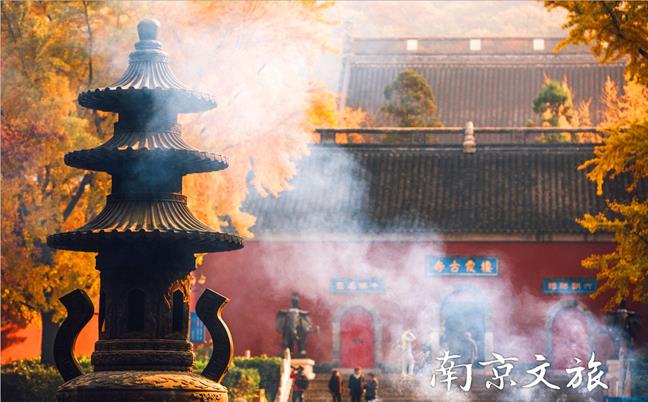
(Photo: Qixia Temple; Source: Nanjing Municipal Administration of Culture and Tourism)
Recommendation 1: 600-meter long Sacred Path with stone statues in Xiaoling Tomb of Ming Dynasty
Being one of the largest imperial tomb complexes in China, it is the mausoleum of the founding emperor of Ming Dynasty, Zhu Yuanzhang and his wife Ma. The tomb was named "Xiaoling Mausoleum" because of the posthumous title of the empress "Xiao Ci". Xiaoling Tomb of Ming Dynasty is of a grand scale, magnificent architectures, and a quiet environment.
The 600-meter long Sacred Path is praised as the "most beautiful 600 meters" in Nanjing's autumn. The ancient stone statues have been placed on both sides of the path since more than 600 years ago. As time flies, the statues still greet the passers-by every day. In autumn, grey stone statues, golden ginkgo leaves and red maple leaves create a bright landscape with layers, which is praised as the most romantic path in Nanjing...
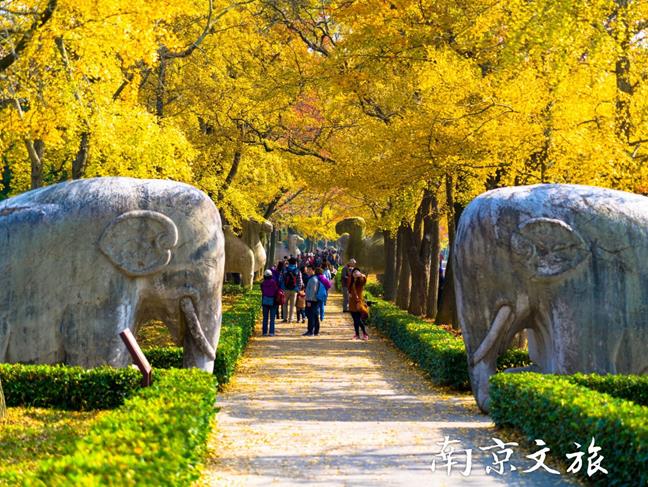
( Photo: Sacred Path in Xiaoling Tomb of Ming Dynasty in autumn; Source: Nanjing Municipal Administration of Culture and Tourism)
Attraction : Xiaoling Tomb of Ming Dynasty
Address : No. 7, Shixiang Road, Xuanwu District, Nanjing City
Opening hours : 06:30-18:30 (last admission: 18:00) February 1-November 30; 07:00-17:30 (last admission: 17:30) December 1-January 31 of the following year;
How to get there : It is 632m away from Metro Line 2 Muxuyuan Station, and it takes 9 minutes to walk.
Best period for autumn sightseeing : Mid to late November
Recommendation 2: Yihe Road with plane trees
Full of plane trees in autumn, nearly 100 western-style buildings on both sides of Yihe Road are distinctively designed. The yellow facades buildings are old and they reflect the vicissitudes of history. Visitors see the buildings through the space between the plane trees may feel a subtle sense of retro. Autumn wind blowing, plane tree leaves fall to the ground, creating a thick golden coating on Yihe Road, rustling when stepping on it, which is the whisper of autumn.
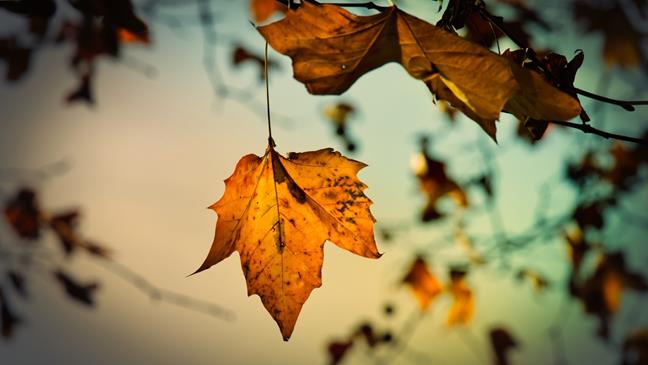
(Photo: plane tree leaf; Source: pixabay)
Attraction : Yihe Road
Address : No. 37 Yihe Road, Gulou District, Nanjing City
Opening hours : 24 hours
How to get there : Metro Line 4 Yunnanlu Station
Best period for autumn sightseeing : November
Recommendation 3: Qingliang Hill with ginkgo trees
Nanjing Qingliang Hill Park, known as the "historic site of seven dynasties", is located in the downtown but quiet, so it is also praised as the "city forest". The most ginkgo trees in Nanjing are planted in this park. There are more than 300 ginkgo trees in the ginkgo dell, with an average tree-age of about 60 years and an average height of 20 meters. The ginkgo dell in autumn is covered with yellow ginkgo leaves, and the overwhelming golden is astounding.
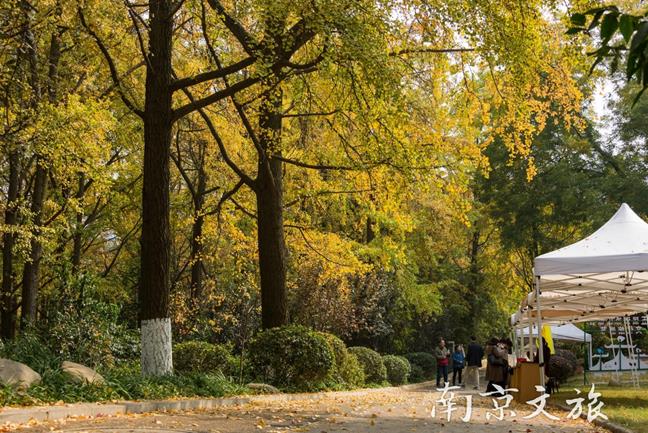
(Photo: Ginkgo tree on Qingliang Hill; Source: Nanjing Municipal Administration of Culture and Tourism)
Attraction : Qingliang Hill Park
Address : No. 83, Qingliang Hill Road, Gulou District, Nanjing City
Opening hours : 9:00-17:00, all year round
How to get there : It is 1.1km away from Metro Line 2 Hanzhongmen Station, and it takes 16 minutes to walk.
Recommendation 4: Qixia Mountain with red maple trees
Qixia Mountain is one of the four best maple watching places in China. The west side of Qixia Mountain is called Maple Ridge as the number of maple trees. The maple leaves turn red in late autumn and are overwhelmingly gorgeous and picturesque, thus Qixia Mountain is praised as "the most pleasing mountain in Jinling". In terms of Qixia Mountain, there are ginkgo trees, maple trees and the flourishing Qixia Temple. It's no doubt that Qixia Mountain is a perfect destination for your autumn travel.
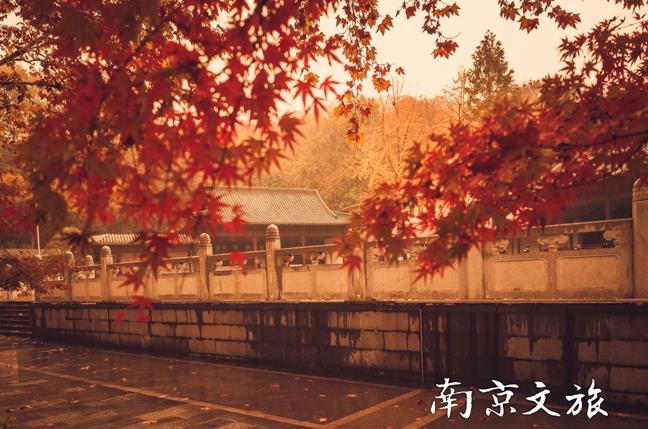
(Photo: Red maple on Qixia Mountain; Source: Nanjing Municipal Administration of Culture and Tourism)
Attraction : Qixia Mountain
Address : No. 88, Qixia Street, Qixia District, Nanjing City
How to get there : It is 2.6km away from Bus No. D21 Qixia Mountain East Stop, and it takes 37 minutes to walk.
Recommendation 5: Zhima Ridge
Iridescent Zhima Ridge is known as the "scaled-down Jiuzhaigou in Nanjing". Towering above the water, pond cypress trees turn red in autumn, presenting a large area of red, where the breathtaking beauty. The twilight through the water mist creates a dreamlike area on the lake, and this is one of the best landscapes in Nanjing's autumn.
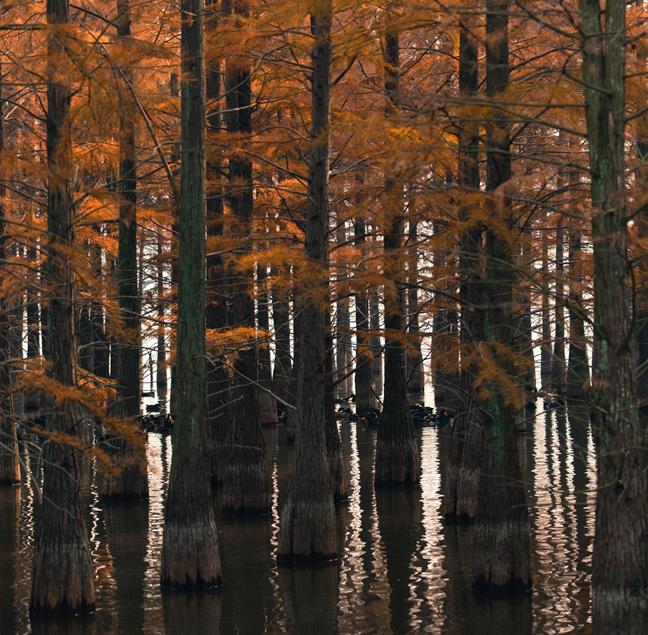
(Photo: Zhima Ridge; Source: Nanjing Municipal Administration of Culture and Tourism)
Attraction : Nanjing Luhe Zhima Ridge Forest Park
Address : Zhuzhen Town, Luhe District, Nanjing City, Jiangsu Province (adjacent to Lai' an County, Anhui Province)
How to get there : It is 6km away from Bus Route G61 Taohua Island Scenic Area Stop, and it takes 1.4 hours to walk (driving is recommended).
Must-see attractions in Nanjing
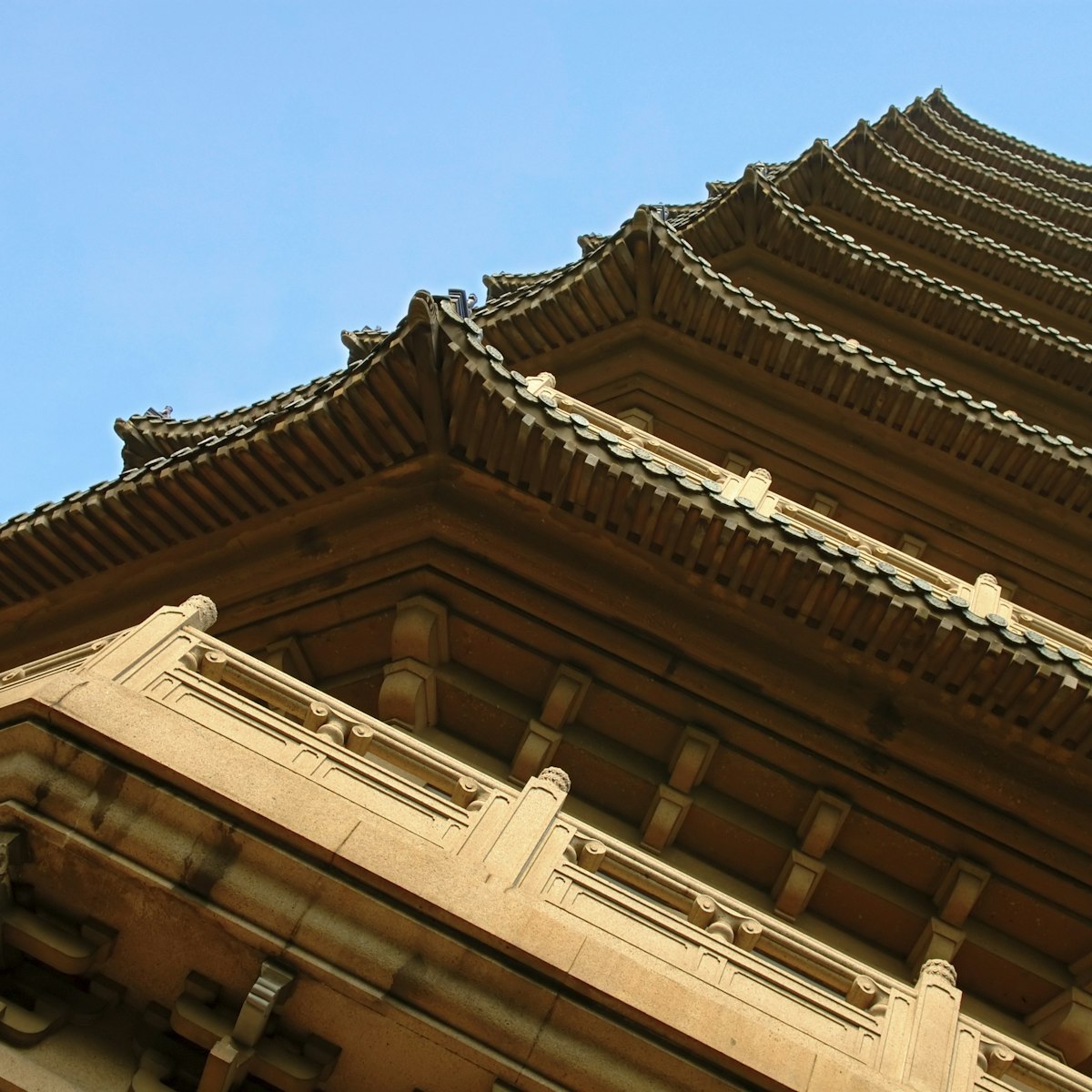
Linggu Temple Scenic Area
This expansive temple complex contains one of the most historic buildings in Nanjing – the Beamless Hall (无梁殿, Wúliáng Diàn), built in 1381 entirely out…
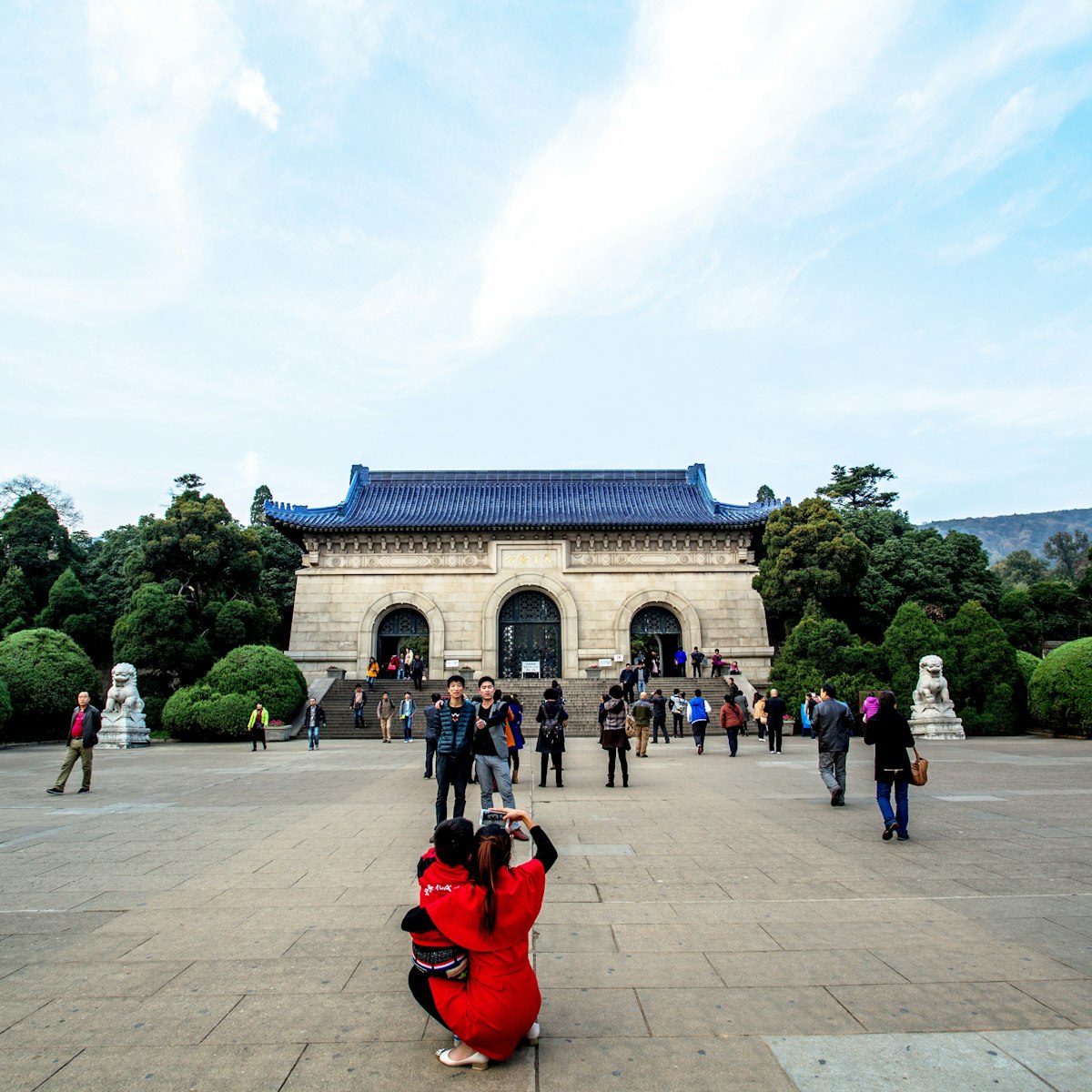
Sun Yatsen Mausoleum
An astonishing sight at the top of an enormous stone stairway (a breathless 392 steps), Sun Yatsen's tomb is a mandatory stop for most visitors…
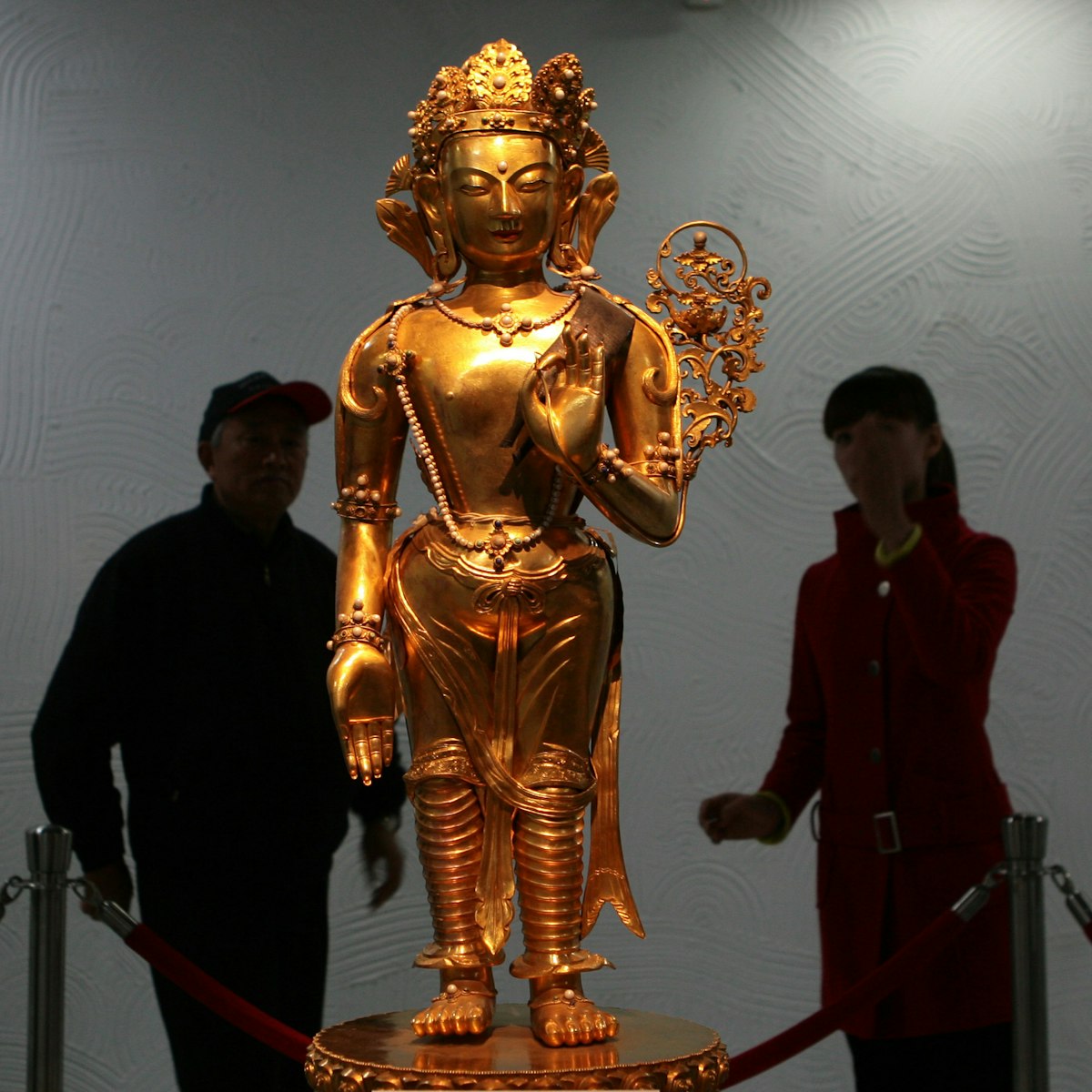
Nanjing Museum
This fabulous museum has three dramatically modern exhibition blocks alongside a traditional, temple-style hall. Exhibits range from 20th-century brush…
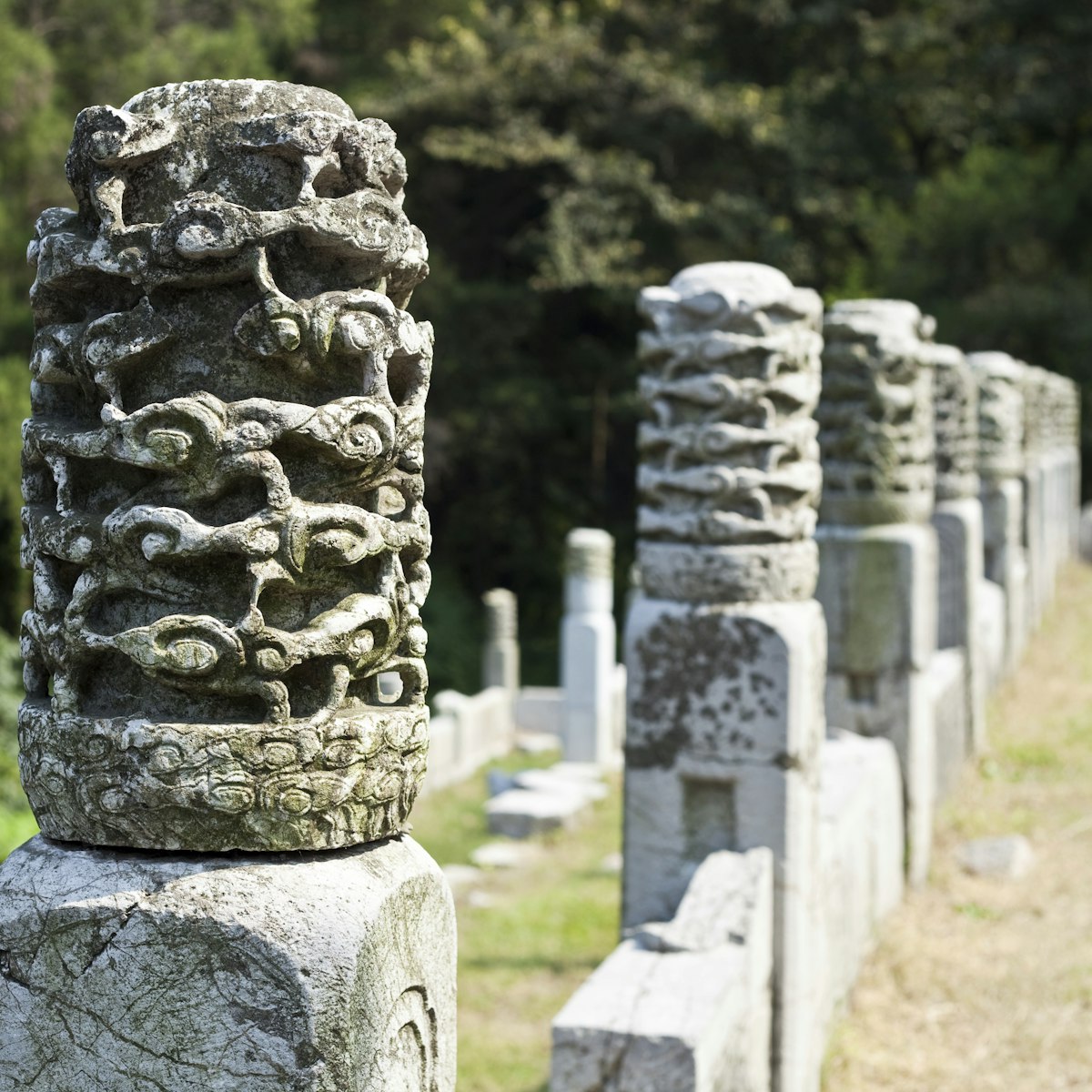
Ming Xiaoling Tomb
Zhu Yuanzhang (1328–1398), the founding emperor of the Ming dynasty (also known as the Hongwu Emperor), was buried in the tomb of Ming Xiaoling; he was…

Qixia Temple
This sacred site on Qixia Mountain (栖霞山, Qīxiá Shān), 22km northeast of Nanjing, was founded by the Buddhist monk Ming Sengshao during the Southern Qi…
Memorial Hall of the Victims in Nanjing Massacre by Japanese Invaders
In the city’s southwestern suburbs, the disturbing exhibits in the Memorial Hall of the Nanjing Massacre document the atrocities committed by Japanese…
Zhan Garden
If you don't have time to get to Suzhou, visit this delightful Ming-dynasty garden complex that once housed Taiping officials. The on-site Taiping History…
Ming Xiaoling Scenic Area
This scenic area on Zijin Mountain has loads of opportunities for rambling, but the main attraction is Ming Xiaoling Tomb, the magnificent mausoleum of…
Zhōngyāng Gate
One of the original 13 Ming city gates, located in the north of town. The name means 'Central Gate'.
Yangzi River Bridge
Opened in 1968, the Yangzi River Bridge is one of the longest bridges in China – a double-decker with a 4.5km-long road on top and a train line below. The…
Meiling Palace
Named by Life magazine in 1937 as 'the most powerful woman in the world', Song Meiling (aka 'Madame Chiang') was the First Lady of the Republic of China …
Jiming Temple
The most active temple in Nanjing, Jiming Temple was first built in AD 527 during the Three Kingdoms period and has been rebuilt many times since.
In the south of the city in a smartened-up pedestrian zone full of restaurants, the Confucian temple Fūzǐ Miào has been a centre of Confucian study for…
Ming Palace Ruins
Built by Zhu Yuanzhang in the 14th century, the imperial palace was reportedly a magnificent structure that served as a template for Beijing's Forbidden…
Presidential Palace
After the Taiping took over Nanjing, they built the Mansion of the Heavenly King (天王府, Tiānwáng Fǔ) on the foundations of a former Ming-dynasty palace…
Zhonghua Gate
Fourteenth-century Zhonghua Gate has four rows of gates, making it almost impregnable, and could house a garrison of 3000 soldiers in vaults in the front…
Jiuhuashan Park
This underrated park, just south of Xuanwu Lake, has a peaceful world-away feel and a delightful array of statues dotted around its leafy hills. The park…
Plum Blossom Hill
Near the entrance to the Míng Xiàolíng Tomb, this large copse of plum trees bursts into floral fragrance each spring, drawing crowds. It's the site of the…
Shence Gate
One of the original 13 Ming city gates, renovated in 2001. The gate is located in a small park in the north of town and is connected to Taiping Gate (5…
Nanjing University
This delightfully historic campus is worth a stroll to appreciate its traditional architecture, lovely trees and green spaces.
Jiefang Gate
One of the original 13 Ming city gates, which allows access to the walls.
Jiangnan Imperial Examination Hall
The north section (北馆; ¥40) of this extensive subterranean museum, marked by the stunning reflection pool on Gongyuan Jie, has contemporary displays on…
Taiping Heavenly Kingdom History Museum
Hong Xiuquan, the Hakka leader of the quasi-Christian Taiping, had a palace built in Nanjing (then named Tianjing or 'Heavenly Capital'), but the building…
Xuanwu Lake Park
The glassy lake in this lovely, verdant 530-hectare park – backing onto the towering city wall – is studded with five interconnected isles scattered with…
Wuchaomen Park
Peaceful but maudlin Wuchaomen Park is home to the Ming Palace Ruins, and usually filled with locals practising ballroom dancing while saxophonists,…
Bridge Park
Visiting Bridge Park is probably the easiest way to get up onto the Yangzi River Bridge. Catch bus 67 from Jiangsu Lu, northwest of the Drum Tower (鼓楼;…
A tree-lined pathway winds around pavilions and picnic grounds in the Míng Xiàolíng Scenic Area and ends at this scenic lake.
Nanjing Normal University
Established in 1902 and located in the centre of town; the lovely campus is well worth an exploration.
Zhongshan Gate
One of the original 13 Ming city gates in town, located in the east of town. There's not much to see of the gate itself but you can take the weathered…
More destinations you need to see
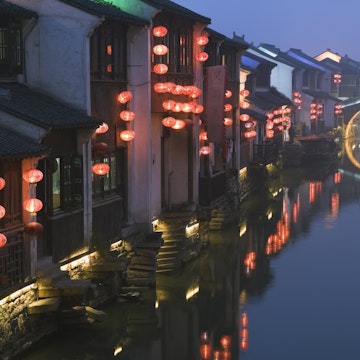

IMAGES
VIDEO
COMMENTS
Nanjing location on the China map | nanjing travel blog. Nanjing City is the capital of Jiangsu Province, located in the fertile delta of the Yangtze River basin, to the west adjacent to the hilly region of Southern Anhui, to the south is the river system of the Taihu region, to the north is Jianghan Plain, 380 km from the seaport with a ...
Nanjing has stuck to their original recipe and if you ask any local, they will insist that theirs is much better. 11. Traditional Incense Ceremony. Incense plays a large roll in Chinese tradition and at the Porcelain Tower, we learned how to create an incense stencil to create an atmosphere of peace and relaxation.
We are on the second leg of our China trip, with 48 hours in this legendary city. Nanjing was once a prosperous administrative centre during the Qin dynasty, and China's capital at the start of the 20th century. But I know it for The Rape of Nanking, the massacre at the hands of Japanese soldiers during World War 2, the title of journalist ...
Nanjing Travel Guide. Chinese: 南京 Nánjīng 'South Capital' Location: East China; Population: 6.5 million (urban) Major highlights: historical sites; As one of the Four Great Ancient Capitals of China, Nanjing offers visitors a chance to delve into its complex and unique history. As you plan your trip to the 'Southern Capital', we provide ...
Quick Guide to Nanjing. Visited: April (Over Qingming Festival) Suggested time: 2-3 days Where to stay: Holiday Inn Aqua City Famous for: Nanjing Duck, City Wall, Nanjing Massacre Memorial, Purple Mountain Transportation: Shanghai is under 2 hours away by high-speed rail.Book tickets online here. Nanjing Lukou International Airport has flights to the rest of China and abroad.
April 1, 2024 | China blog, Life. Featured. Best time to visit the Great Wall of China (2024) February 28, 2024 | China blog, Travel. Featured. ... Long-distance bus travel is a cheap and fairly easy way to travel from Nanjing to other parts of China. There are eight main bus stations in Nanjing with buses traveling to cities like Beijing, ...
Nanjing, the capital of Jiangsu Province, is a popular tourist destination with a rich history in both ancient and modern times. The name Nanjing stands for "southern capital," a renowned historical and cultural city that was the capital city for six dynasties. With numerous spectacular historical monuments, including Ming tombs on the UNESCO World Heritage List, the remains of the past are ...
Blog September 28, 2023 . The Ultimate Nanjing Travel Guide: Discover The Best Things To Do by NavoTour. 0. Nanjing, often referred to as the "Southern Capital" of China, is a city that seamlessly weaves the threads of ancient history with the vibrant tapestry of modern life. As you set foot in this city, you'll be greeted with the echoes ...
Nanjing is located in Jiangsu Province of eastern China, only about 300 km from Shanghai, 230 km from Suzhou and 280 km from Hangzhou but 1000km far away from Beijing. It is fully connected with outside world by flight, train and cruises. Most of visitors take Nanjing as their side trips from Shanghai.
Day 1: Nanjing Purple Mountain Scenic Area. We started our first day trip from Purple Mountain Scenic Area. It covers an area of 31 square kilometers with as many as 200 historical sites scattering around three core scenic spots - Dr. Sun Yat-sen's Mausoleum, Linggu Temple and Xiaoling Tomb of Ming Dynasty. Children under 15 years old may not ...
In the midst of those beautiful sounds lingering on the campus over a century, people seem to see the previous and present existence of Ginling College, and see teachers giving course of study and disabusing on the platform. Address: No. 122, Ninghai Road, Gulou District, Nanjing, Jiangsu Province. Ticket: Free.
The wall is an average of 12 meters tall and 7 meters wide. Nanjing was also the birthplace of the Republic of China, whose founder Sun Yat-sen is buried there in an 80,000-square-meter mausoleum. In order to reach Sun Yat-sen's mausoleum, visitors must first climb 392 steps. Another of Nanjing's landmarks is the Confucius Temple, also ...
Nanjing Food-Stall Restaurant (Nanjing Impressions) Maxiangxing Muslim Restaurant (马祥兴菜馆) Jiubaiguo Hotpot Restaurant (九佰锅) Prime Restaurant and Bar Lounge ; 1912 Bar & Club Street
Nanjing travel blog — The fullest Nanjing travel guide for first-timers. By. Living + Nomads - September 16, 2023. This building stands out because it is made of stone arches and now there are mannequins depicting Chinese history inside the hall. Linggu Temple was built in 1930 and is about 10 stories high and inside the Buddhist temple there ...
Nanjing offers a great variety of historical and cultural sites, including the city wall, temples, museums and monuments, found in the city center and within lush parks in the nearby mountains and stunning surrounding scenic areas. Use this interactive map to learn more about some of the most visited attractions that make this Chinese city ...
Family Leisure Tour in Autumn. Drive all the way from downtown Nanjing for less than an hour to a secluded valley on the Hengxi Street, Jiangning District. It is the best place for you and your family to spend some happy hours wandering through the picturesque countryside. 18 November, 2020.
Photos of Nanjing. slide 3 of 8. Confucius statue, Nanjing. Speak to a China specialist to start planning your tailor-made holiday... Call one of our experts or arrange a video appointment for ideas and advice. 01993 838 220. Make an enquiry. Chris. China, Central Asia & India specialist.
Nanjing, the capital of Jiangsu Province, is a popular tourist destination with a rich history in both ancient and modern times. The name Nanjing stands for "southern capital," a renowned historical and cultural city that was the capital city for six dynasties. With numerous spectacular historical monuments, including Ming tombs on the UNESCO World Heritage List, the remains of the past are ...
With the rich colors, you may be overwhelmed by the autumn landscape and atmosphere in Nanjing. Some of the best autumn sights in Nanjing: 600-meter Sacred Path with stone statues, Yihe Road with plane trees, Qingliang Hill with ginkgo trees, Qixia Mountain with red maple trees, and colorful Zhima Ridge. Nanjing's Autumn sights are at their ...
Bridge Park. Nanjing. Visiting Bridge Park is probably the easiest way to get up onto the Yangzi River Bridge. Catch bus 67 from Jiangsu Lu, northwest of the Drum Tower (鼓楼;….
Nanjing Travel Blog Nanjing Four Seasons Nanjing Sightseeing Nanjing's History and Culture Nanjing Activities ... Symphony of Culture and Nature,diverse treasures unfold, where culture and nature entwine make Nanjing a uniquely travel destination. View more. Purple Mountain (east → west)Length: 7km (north → south)Width: 3km